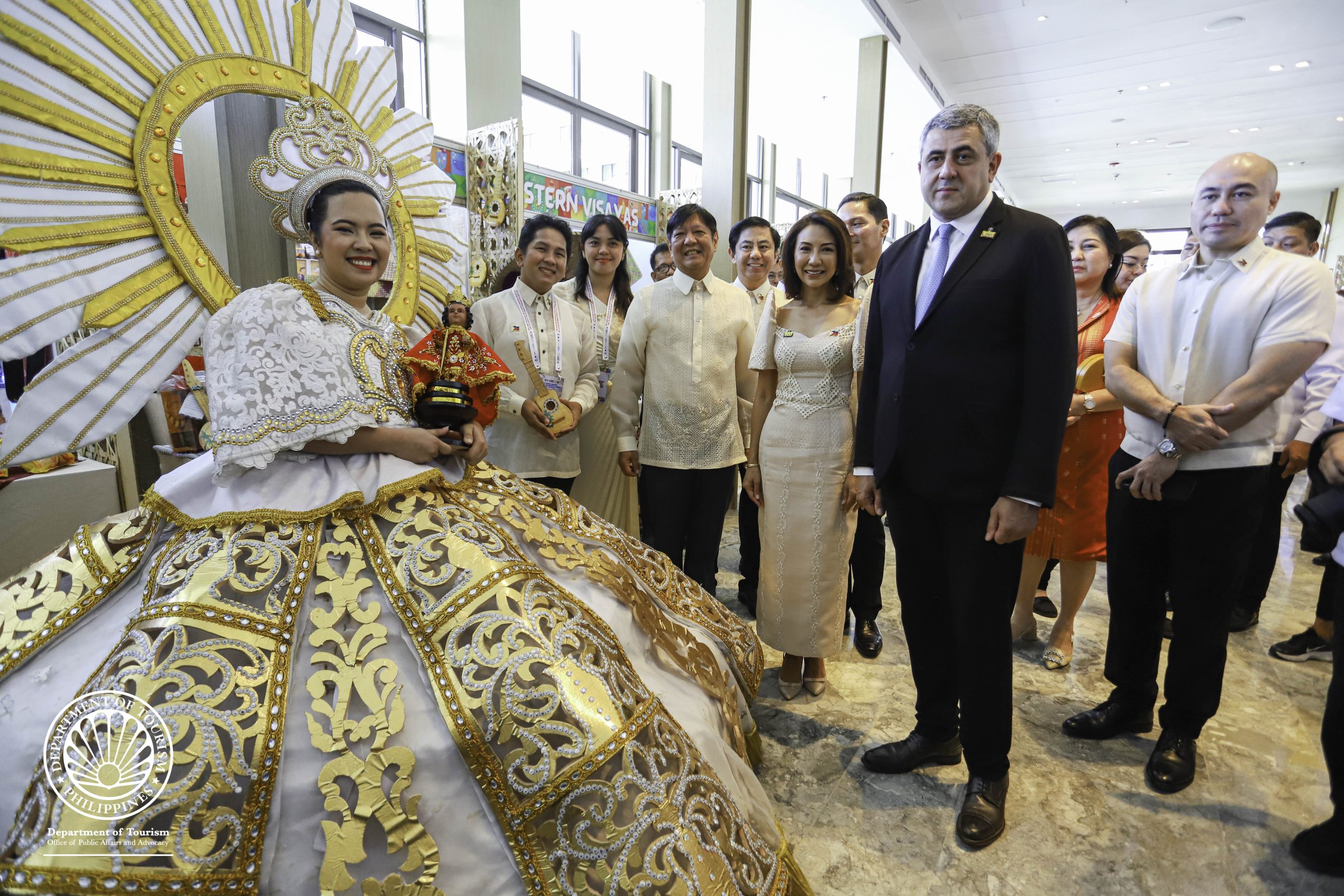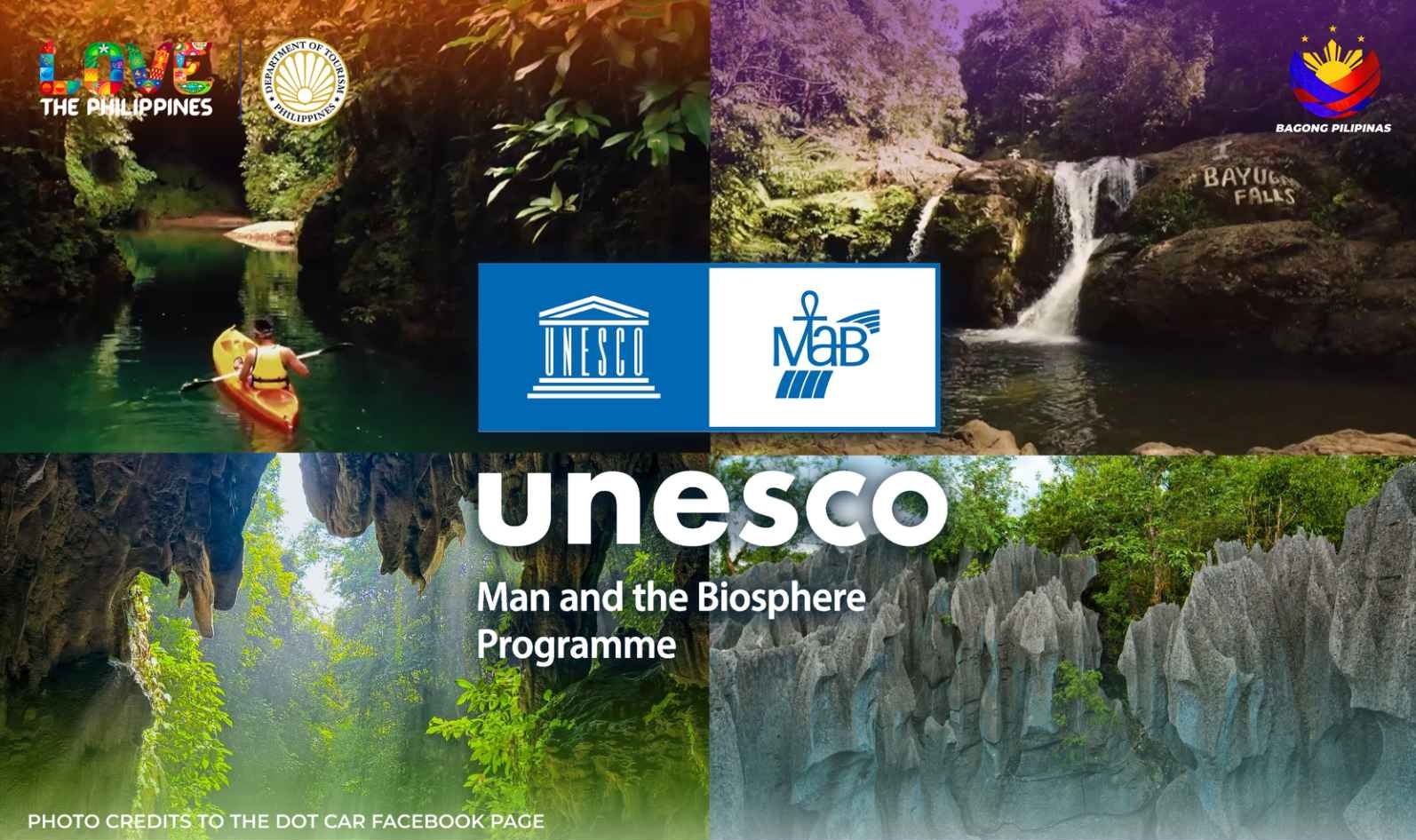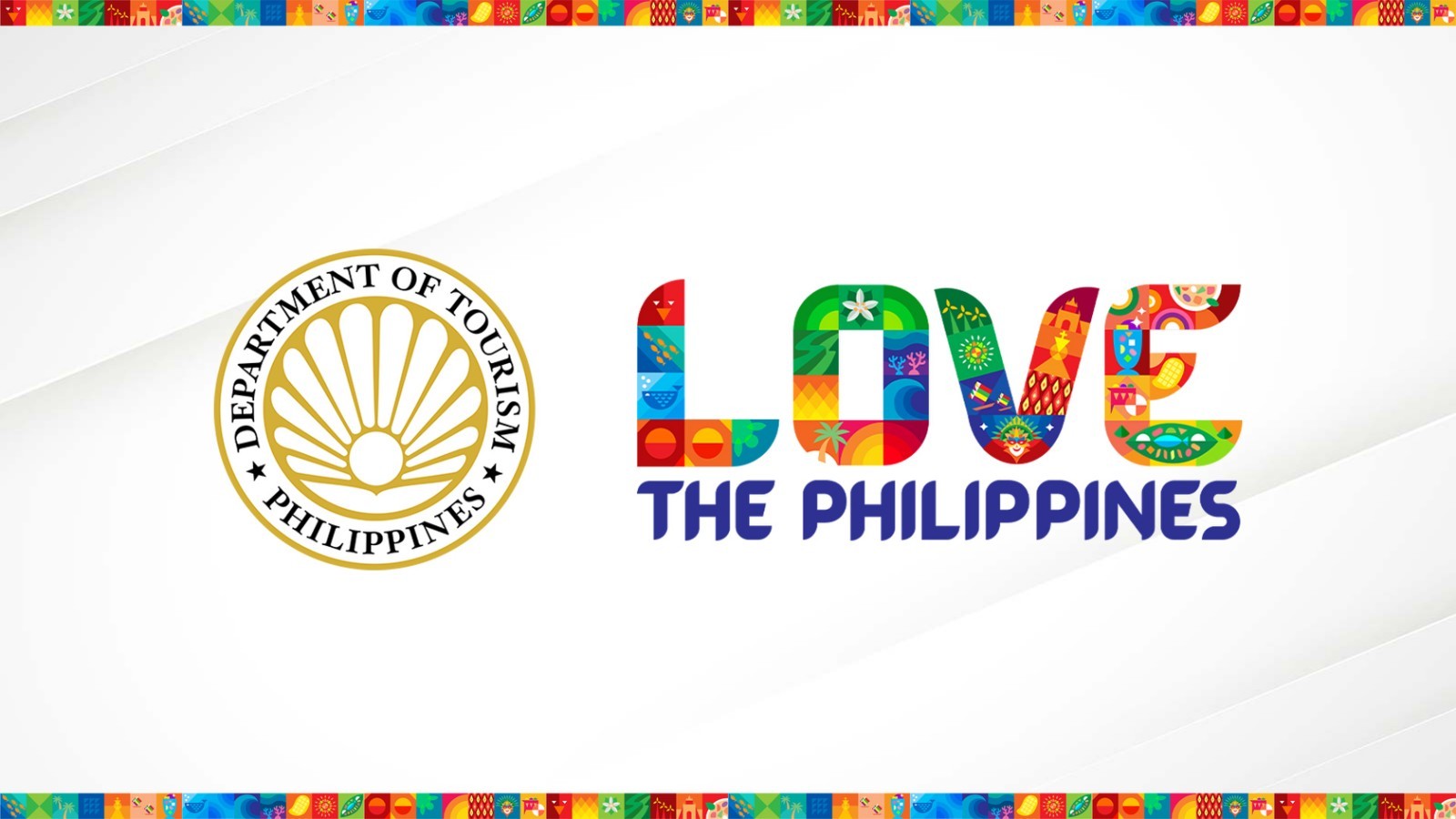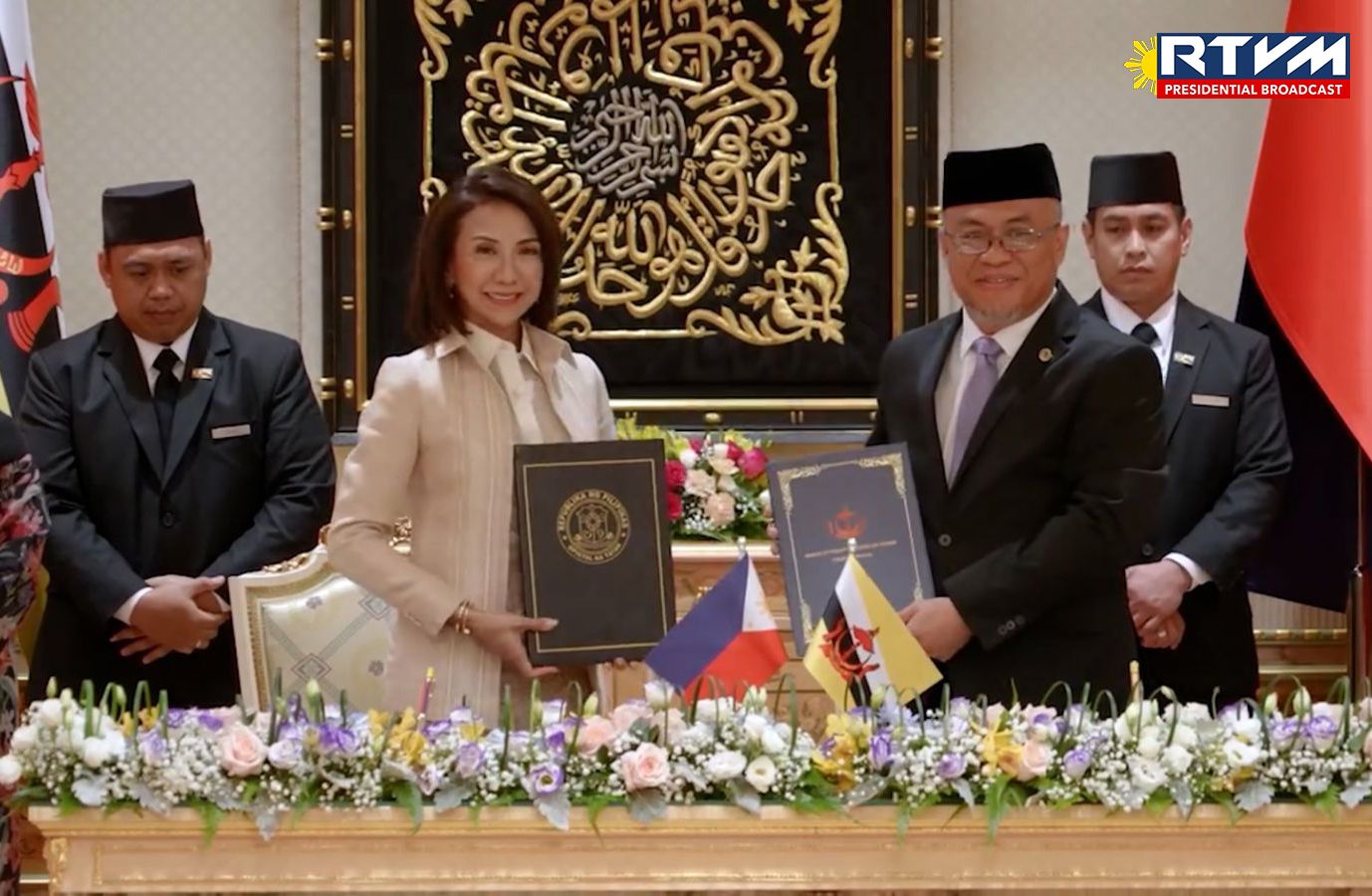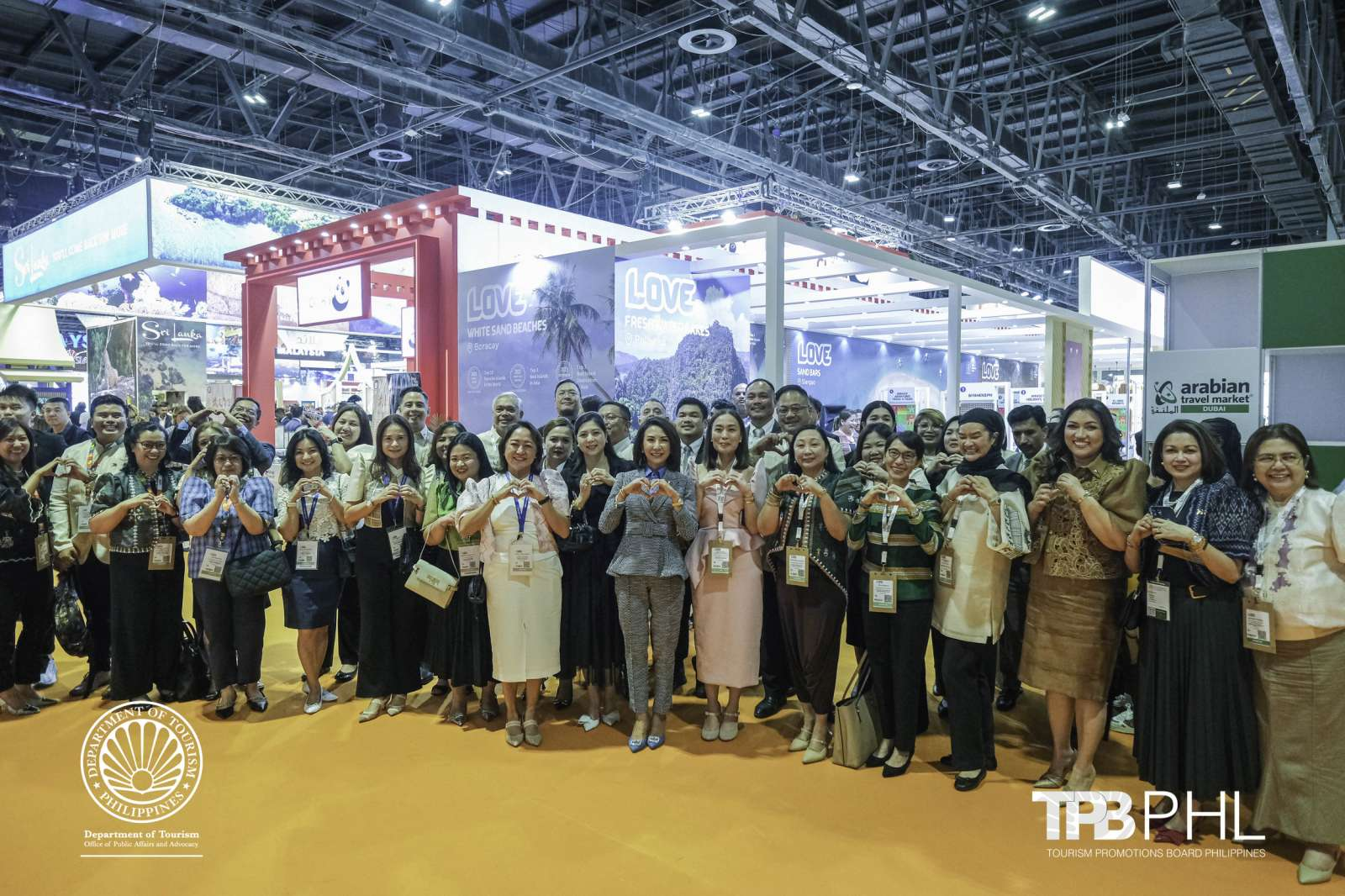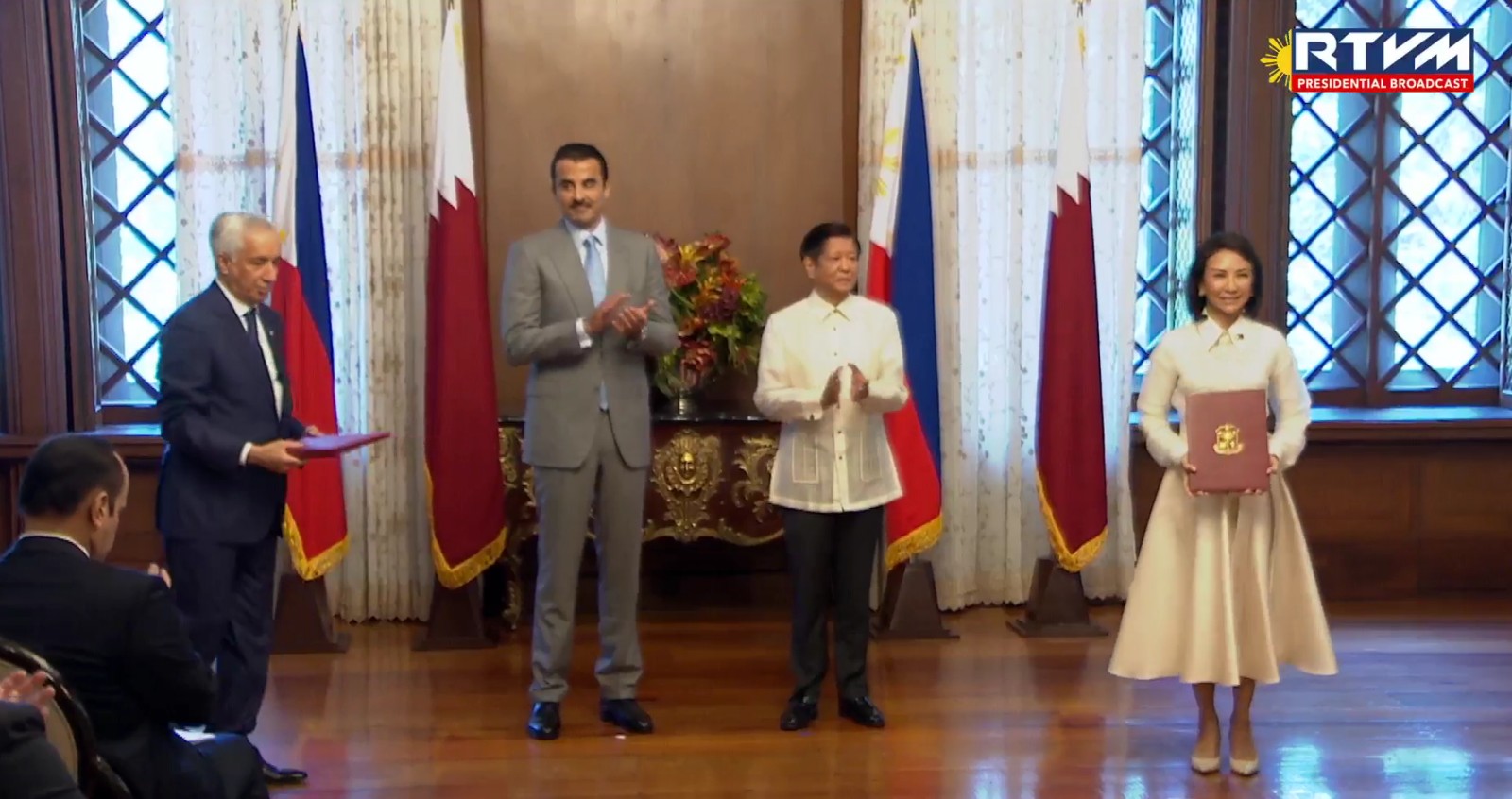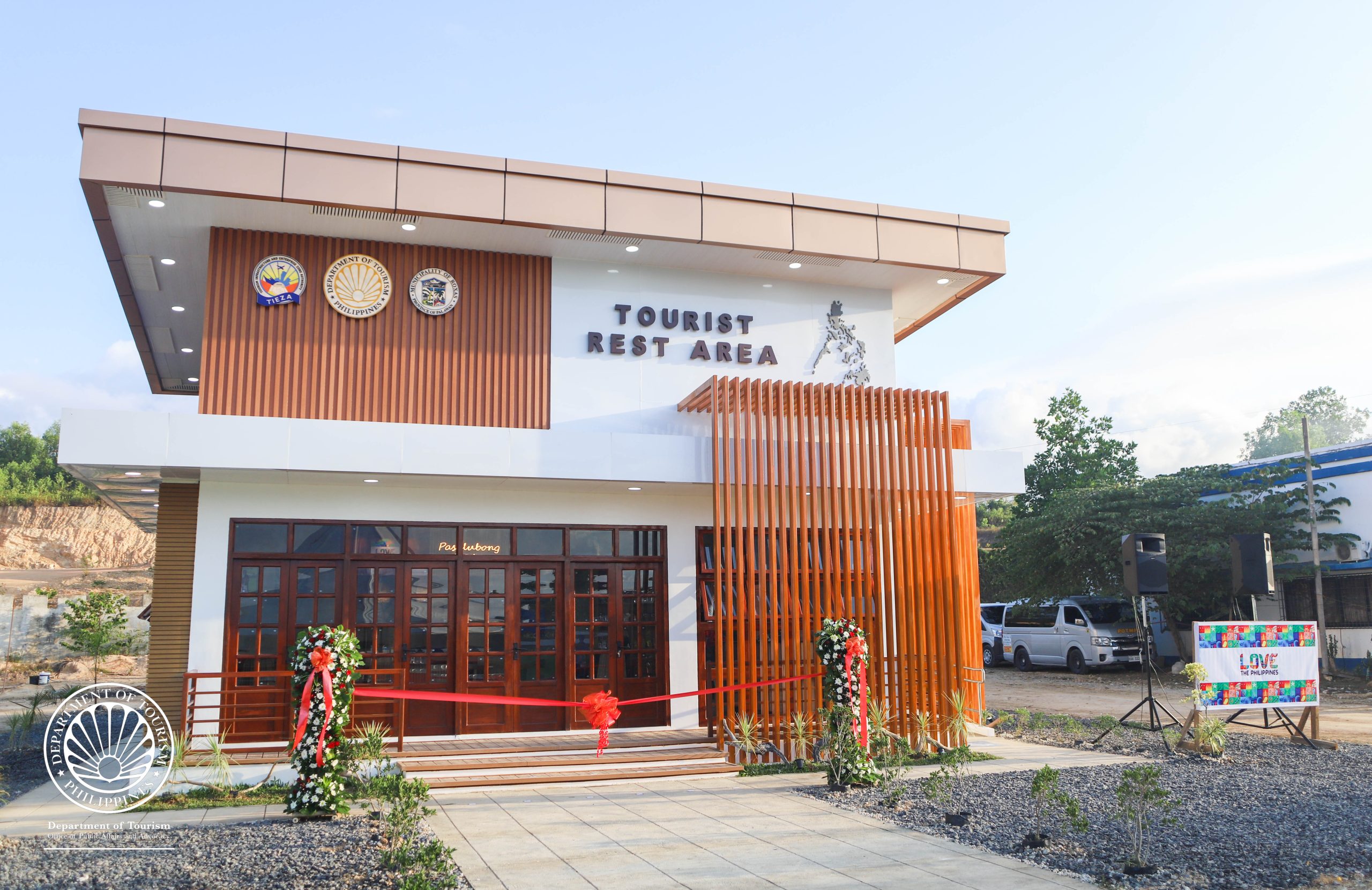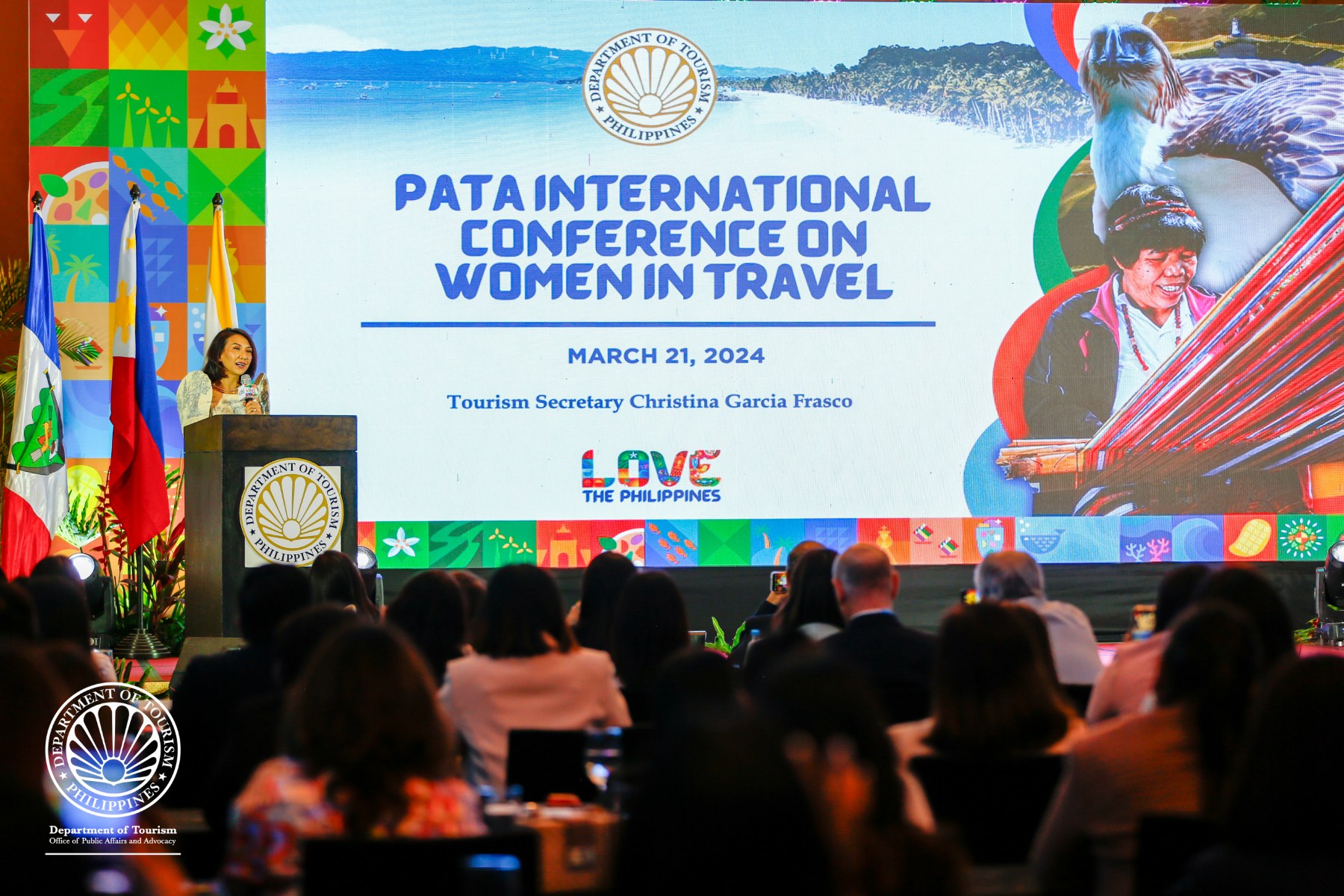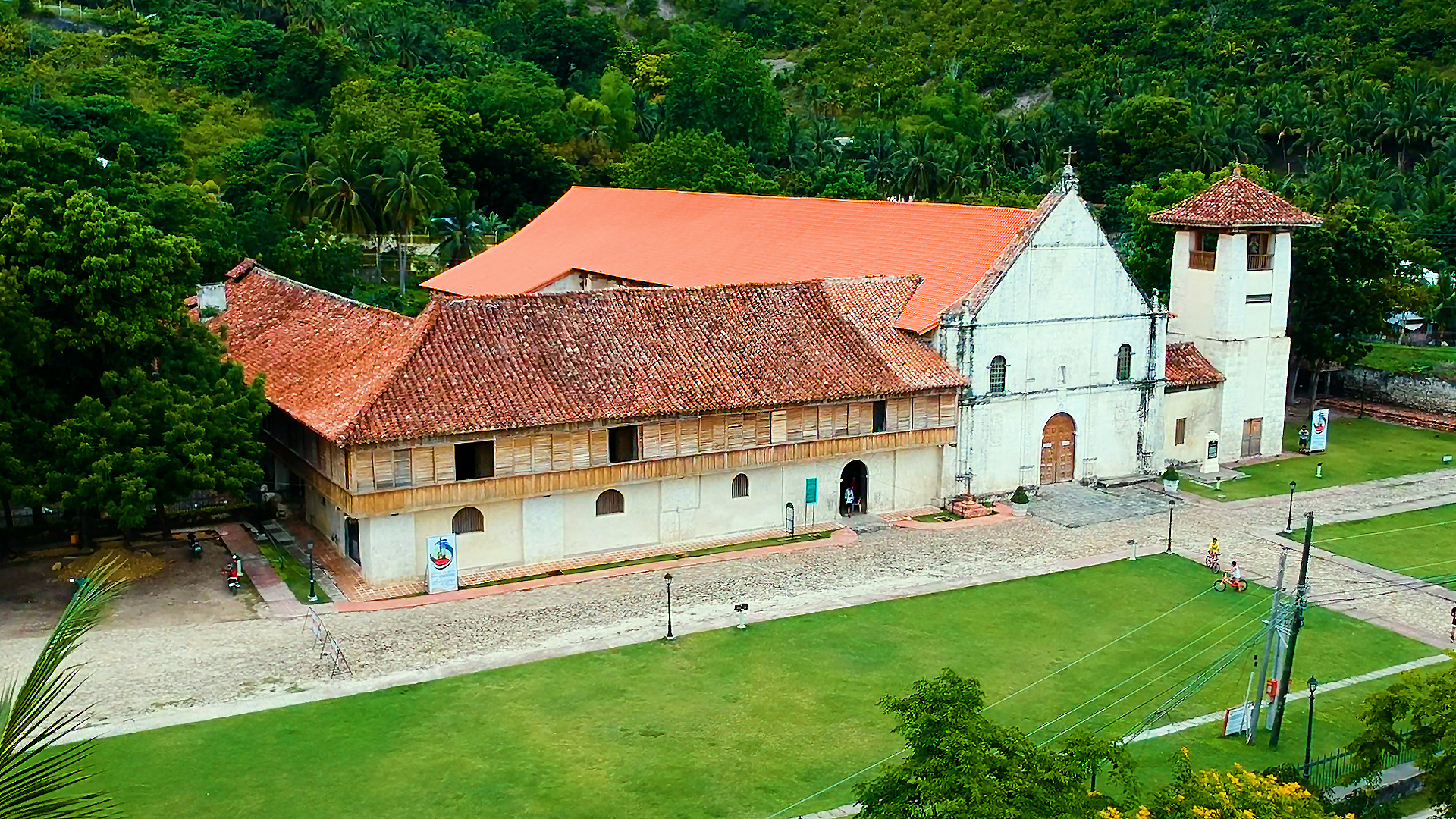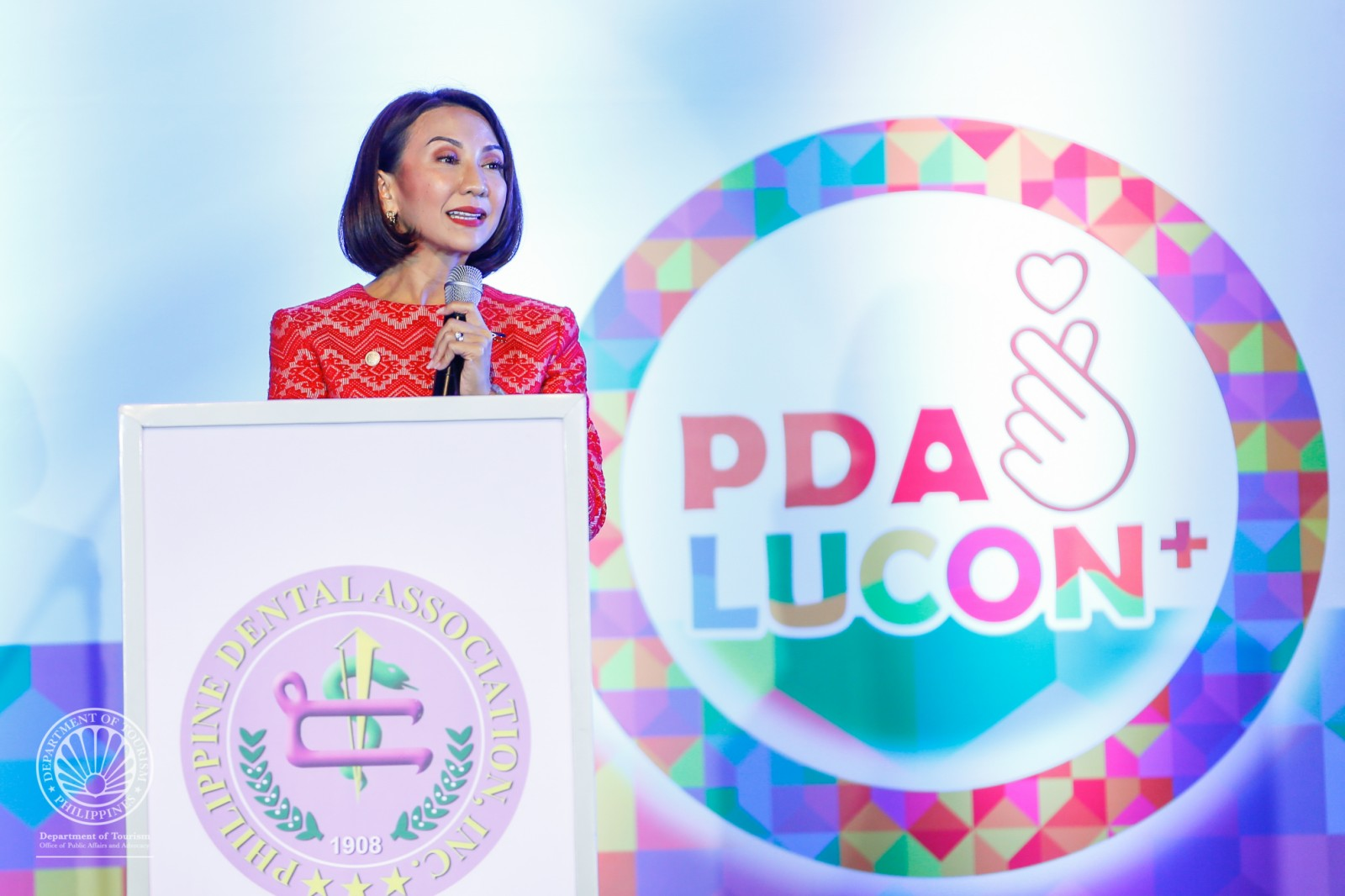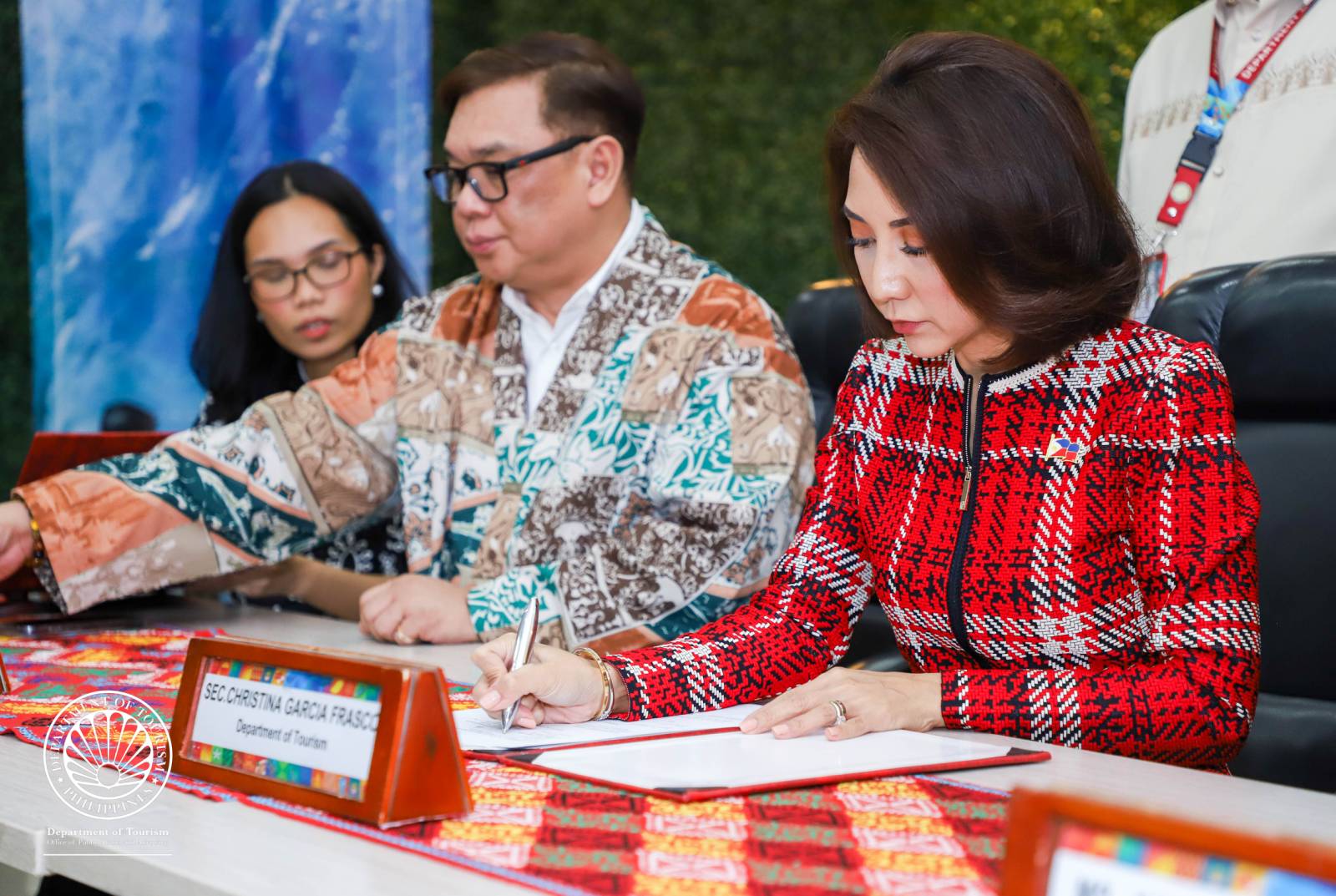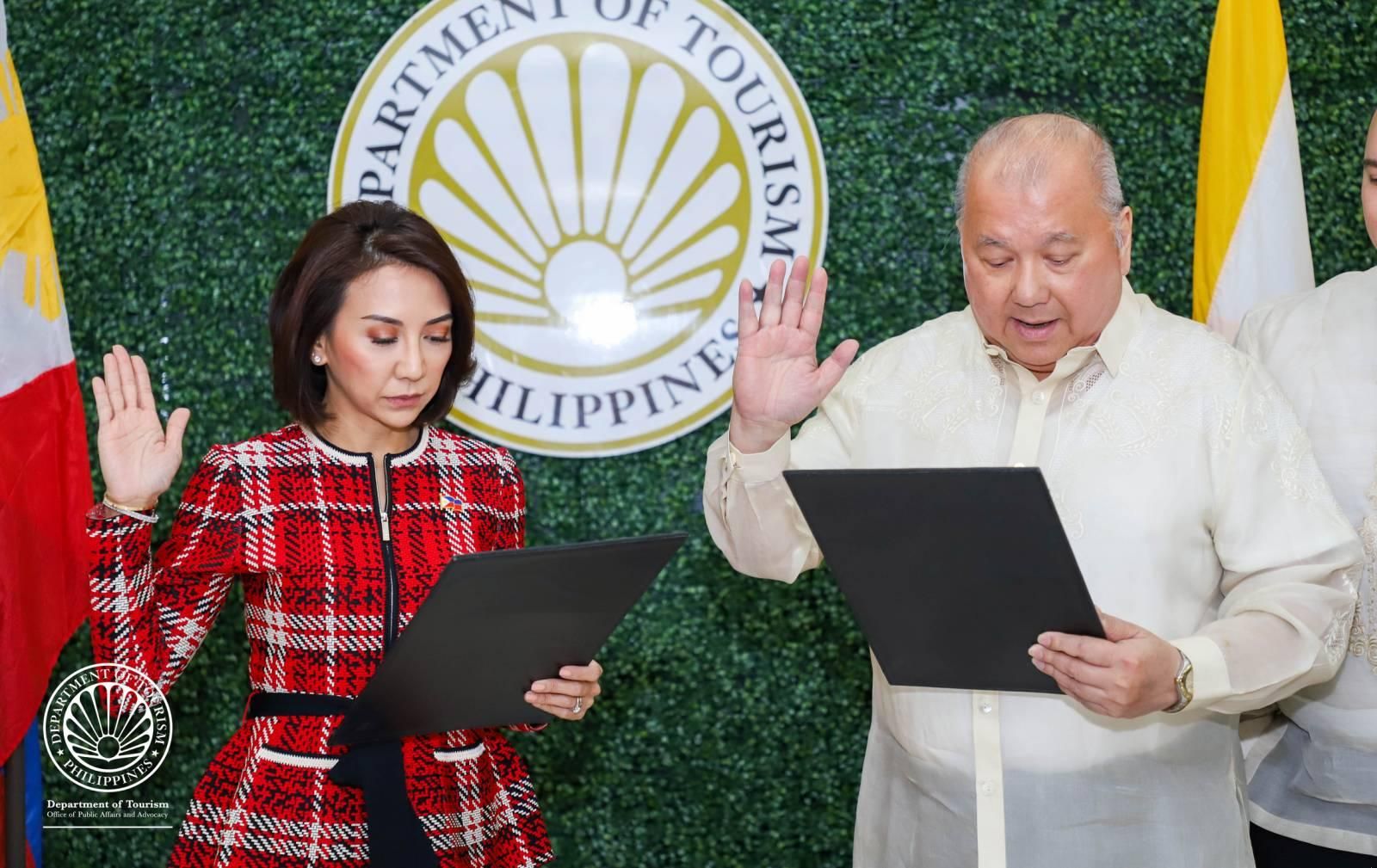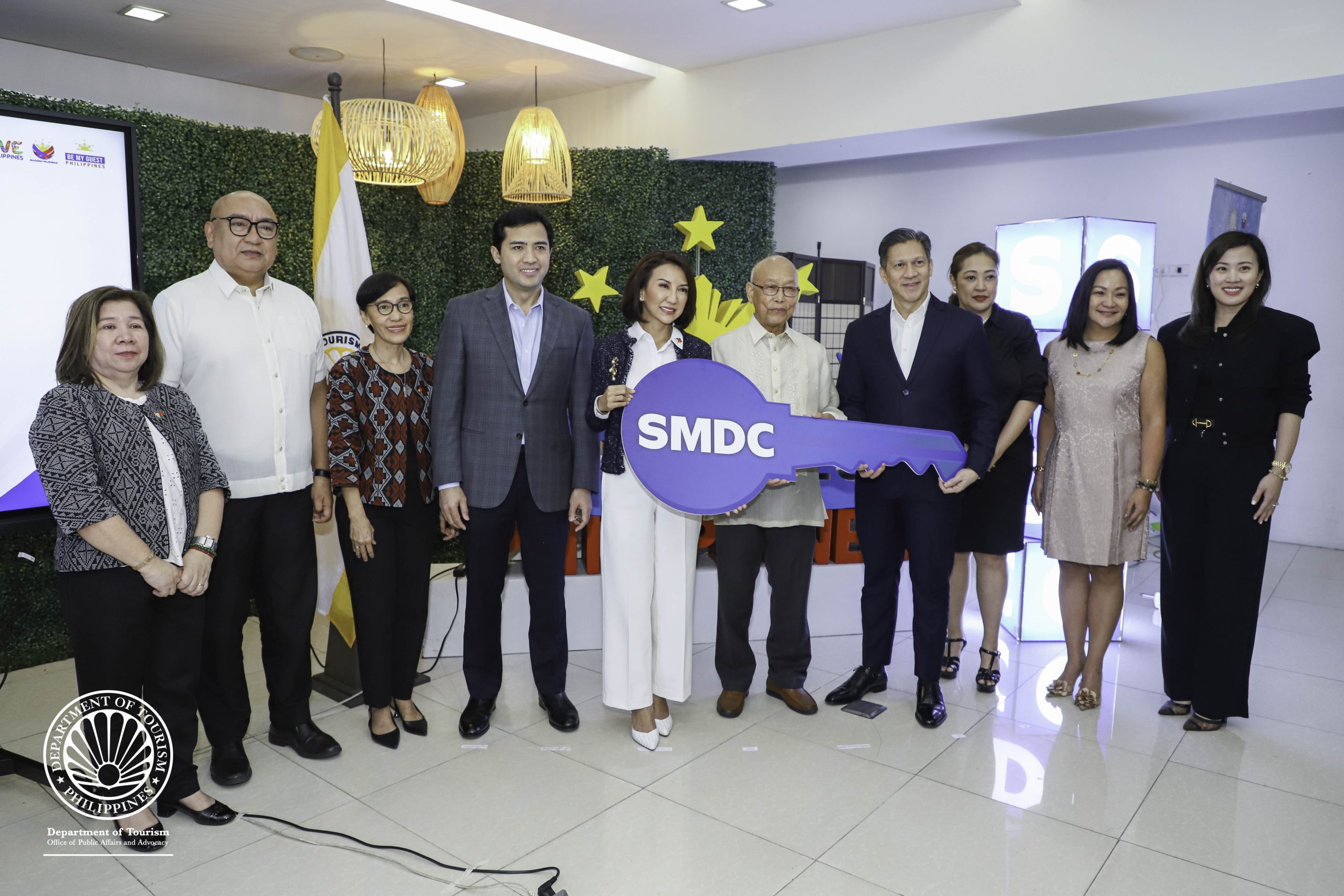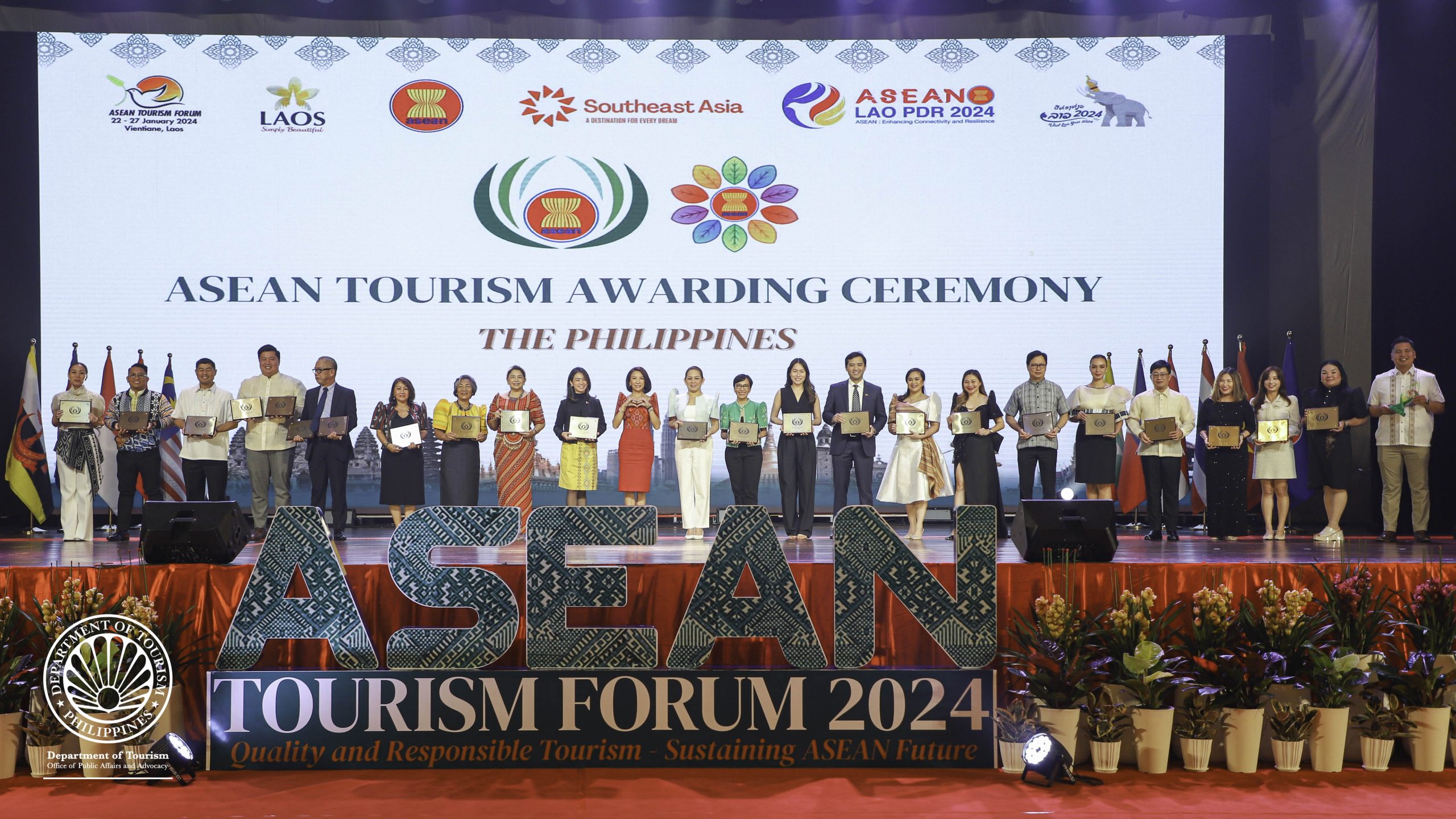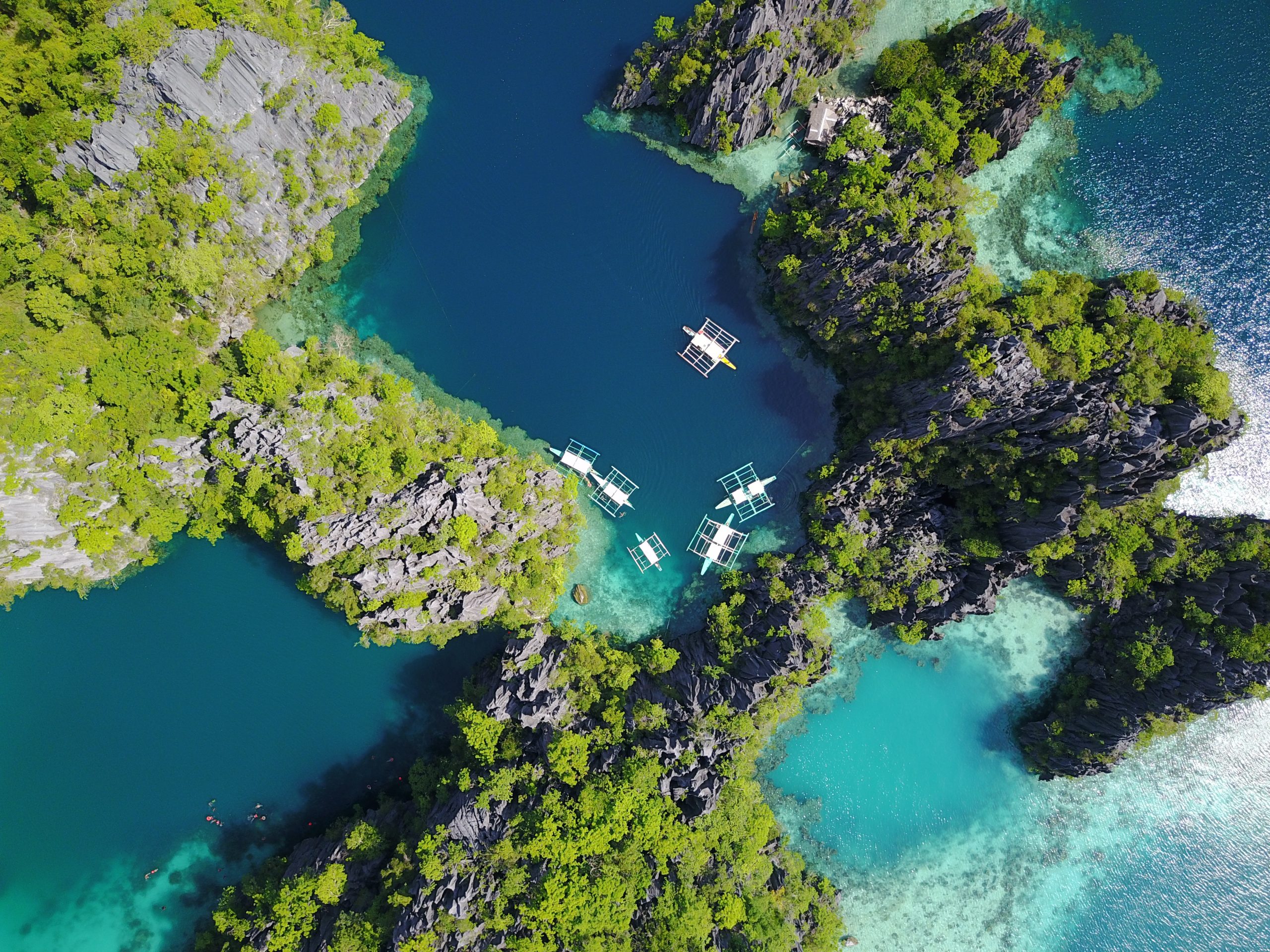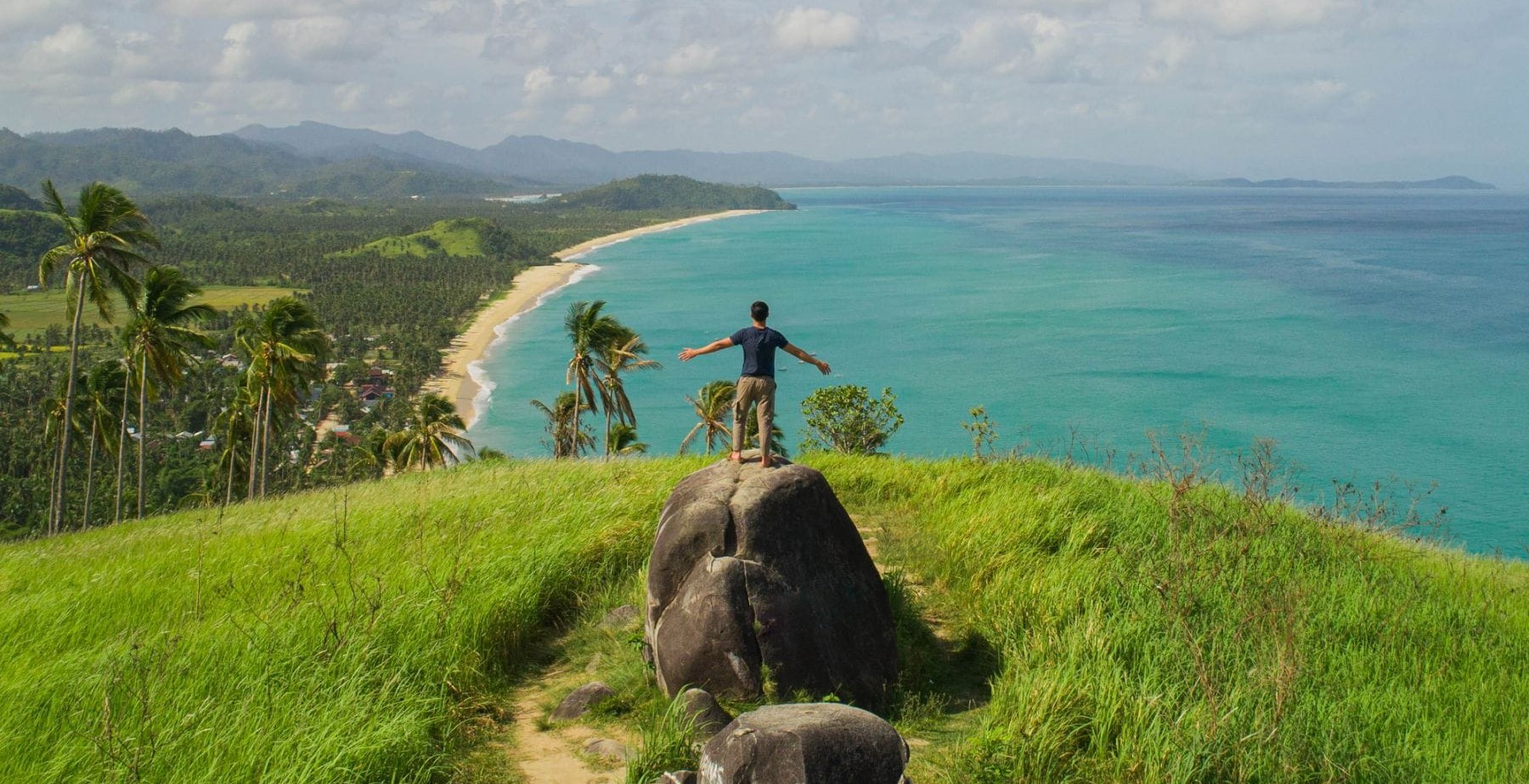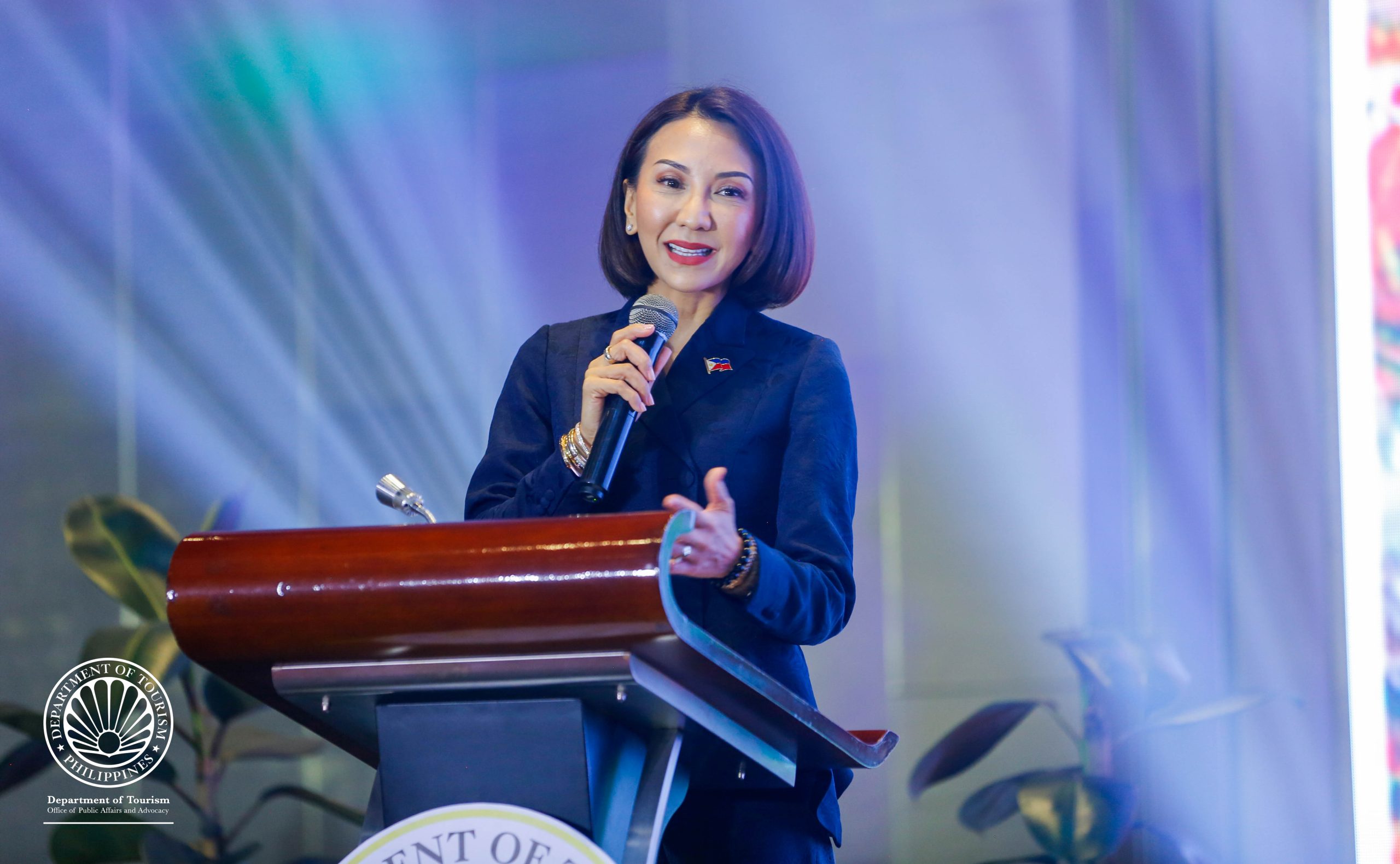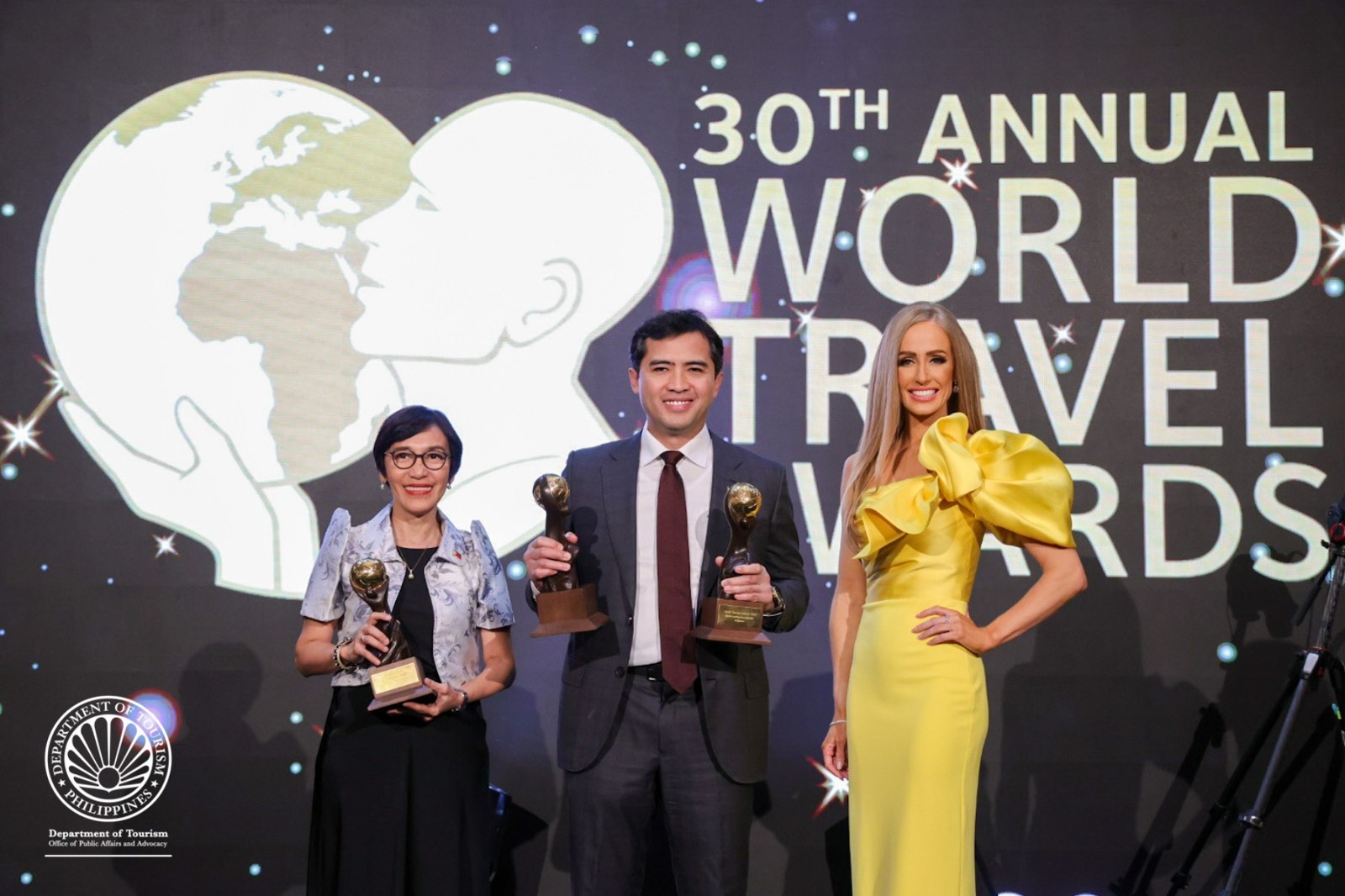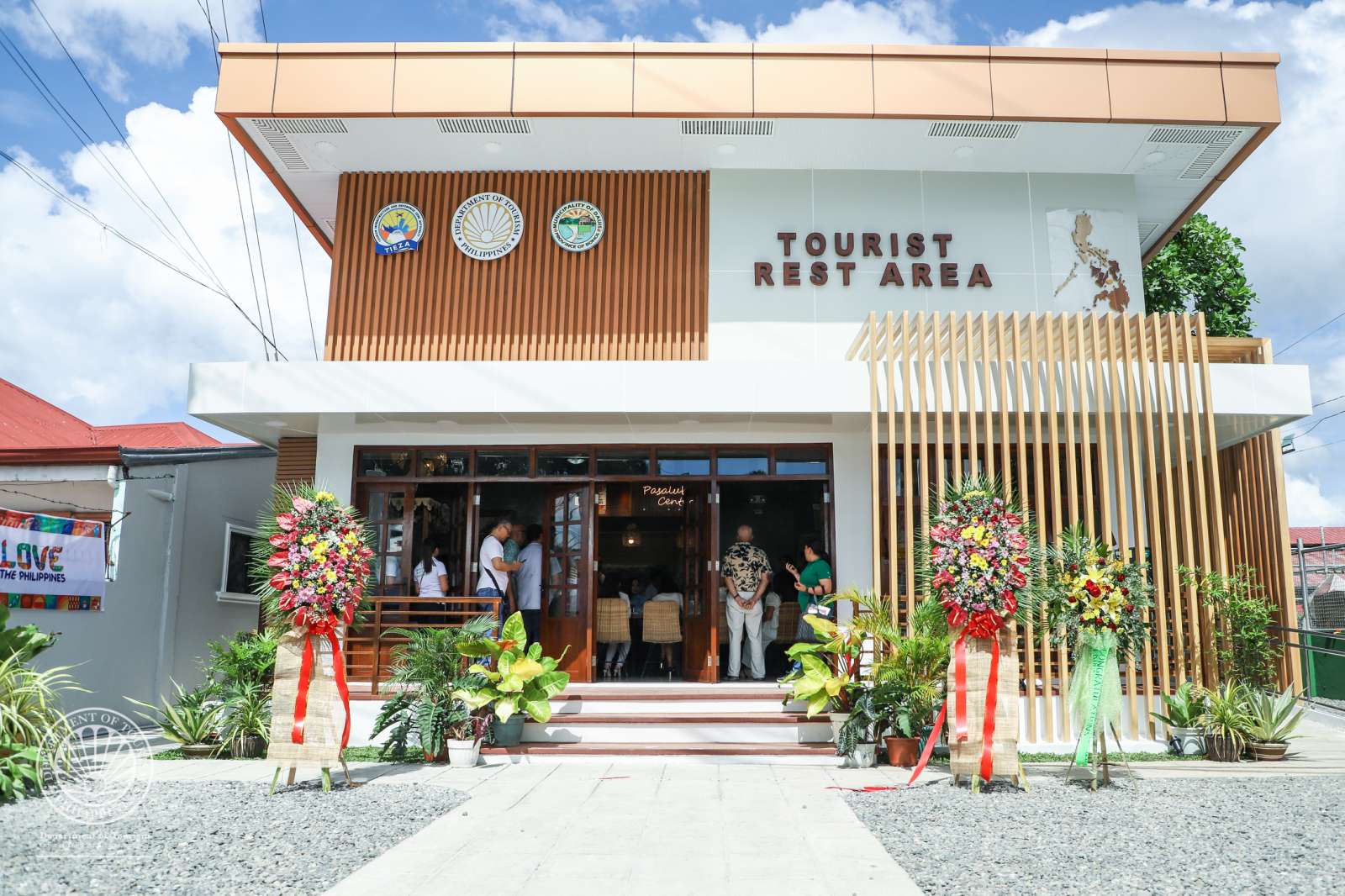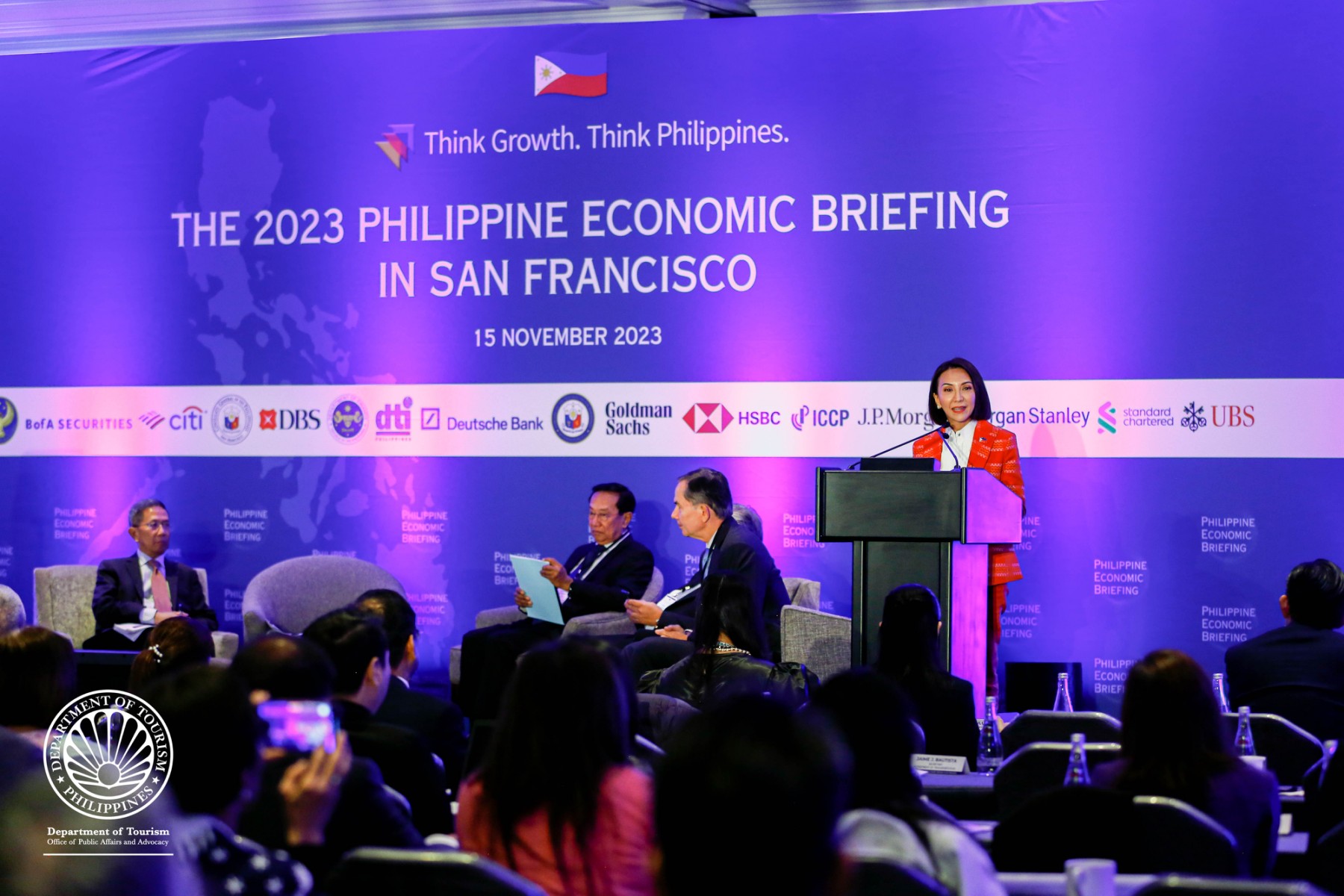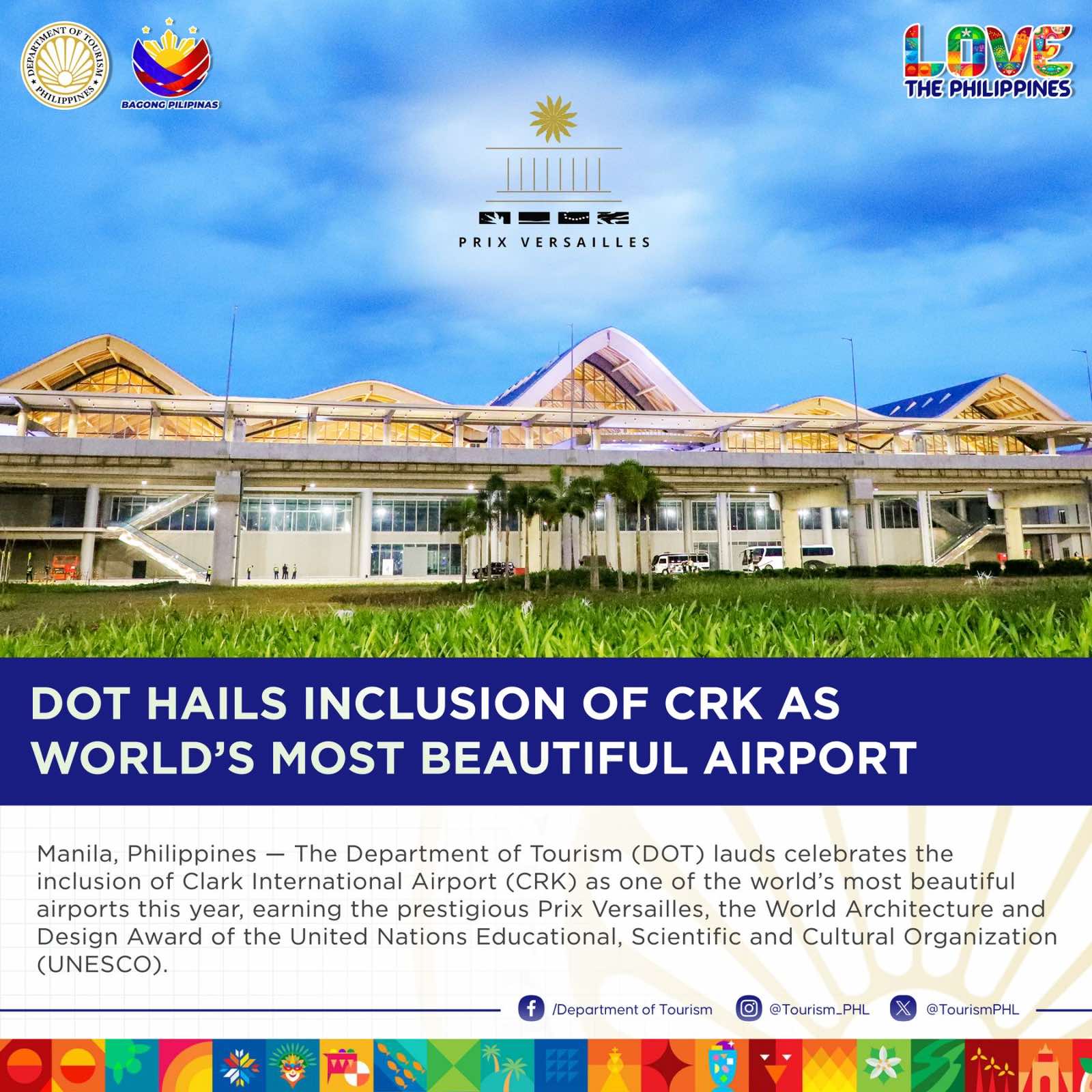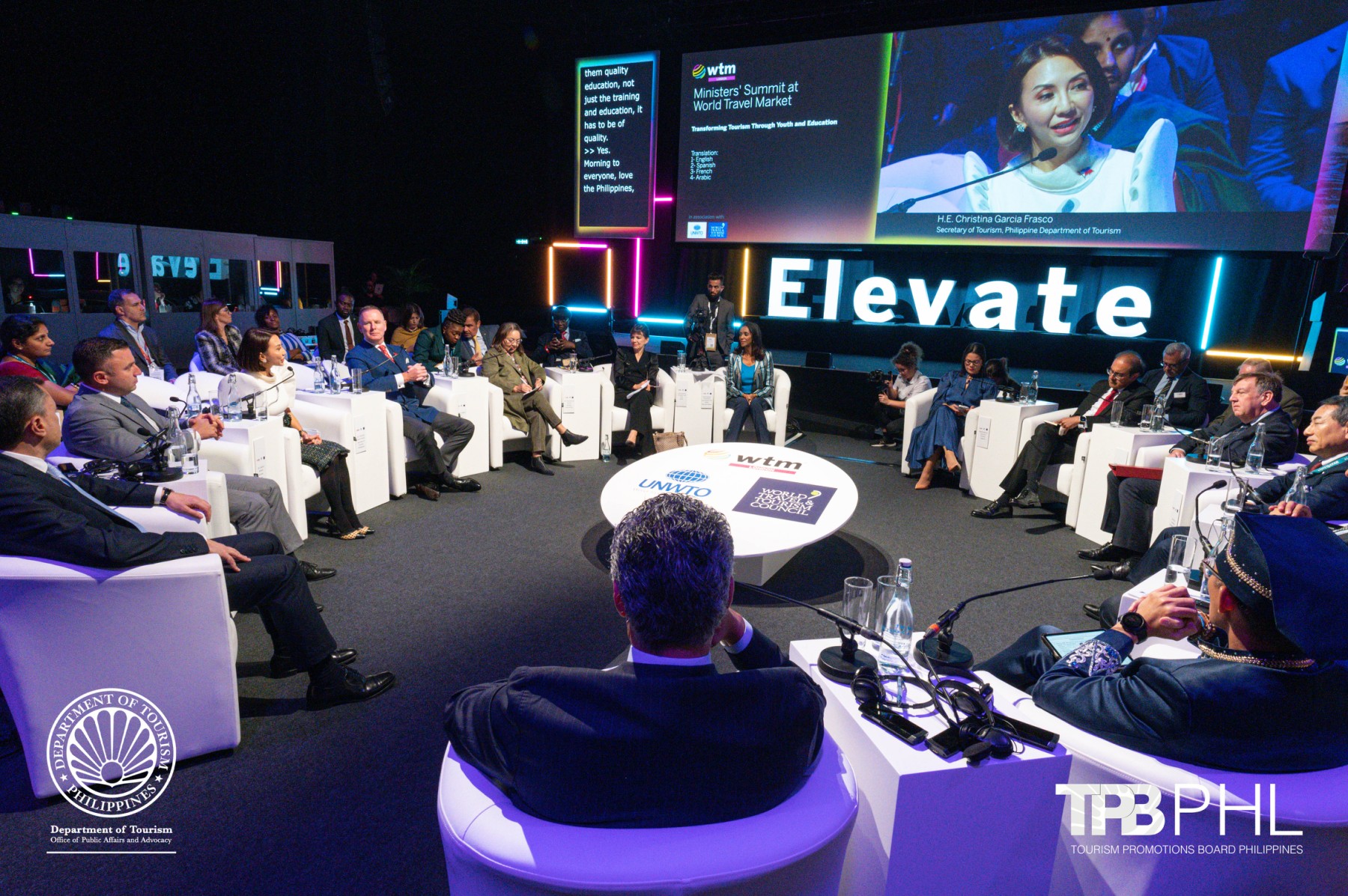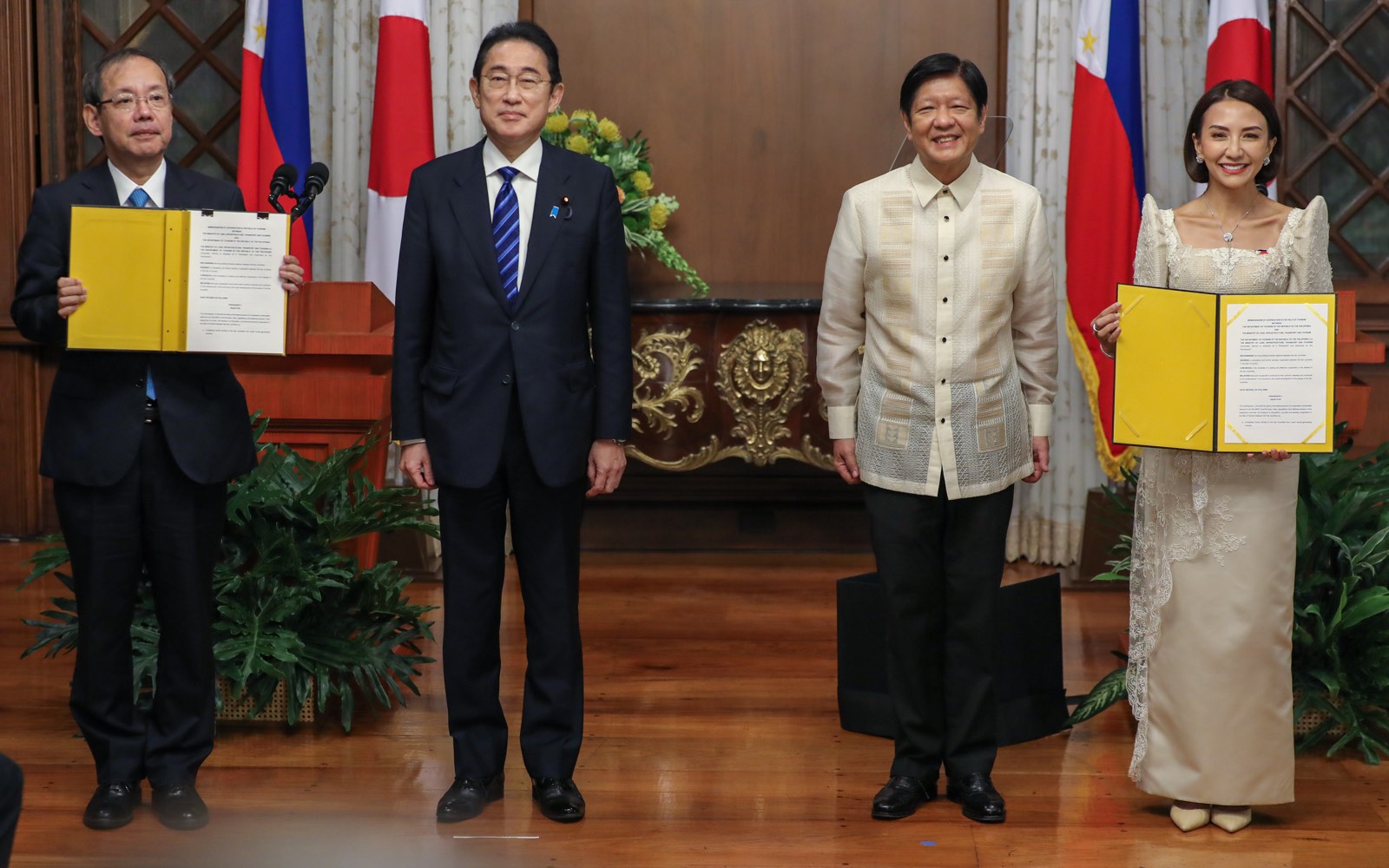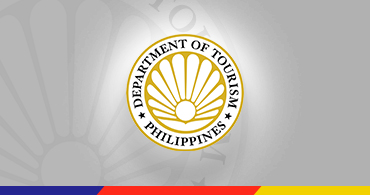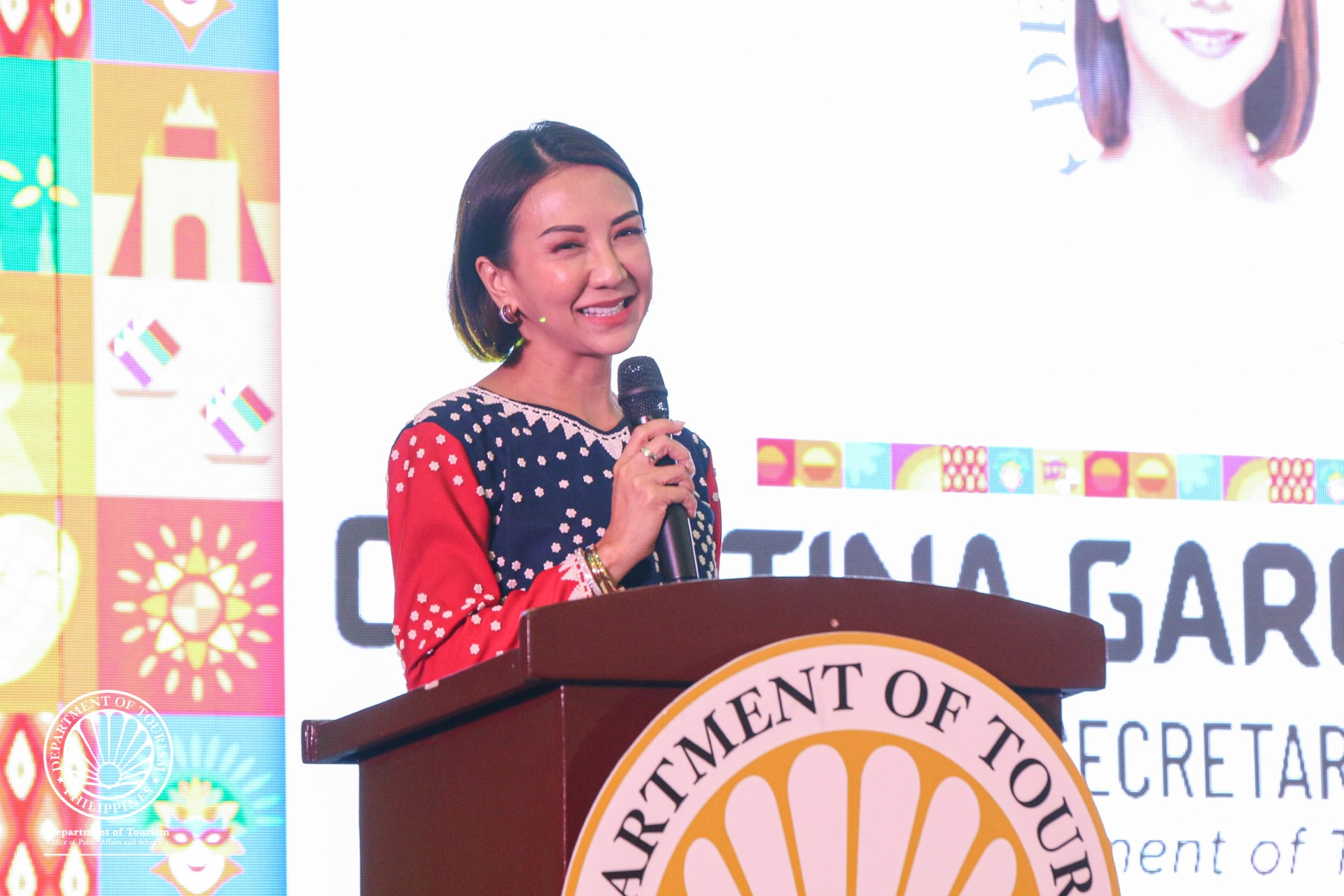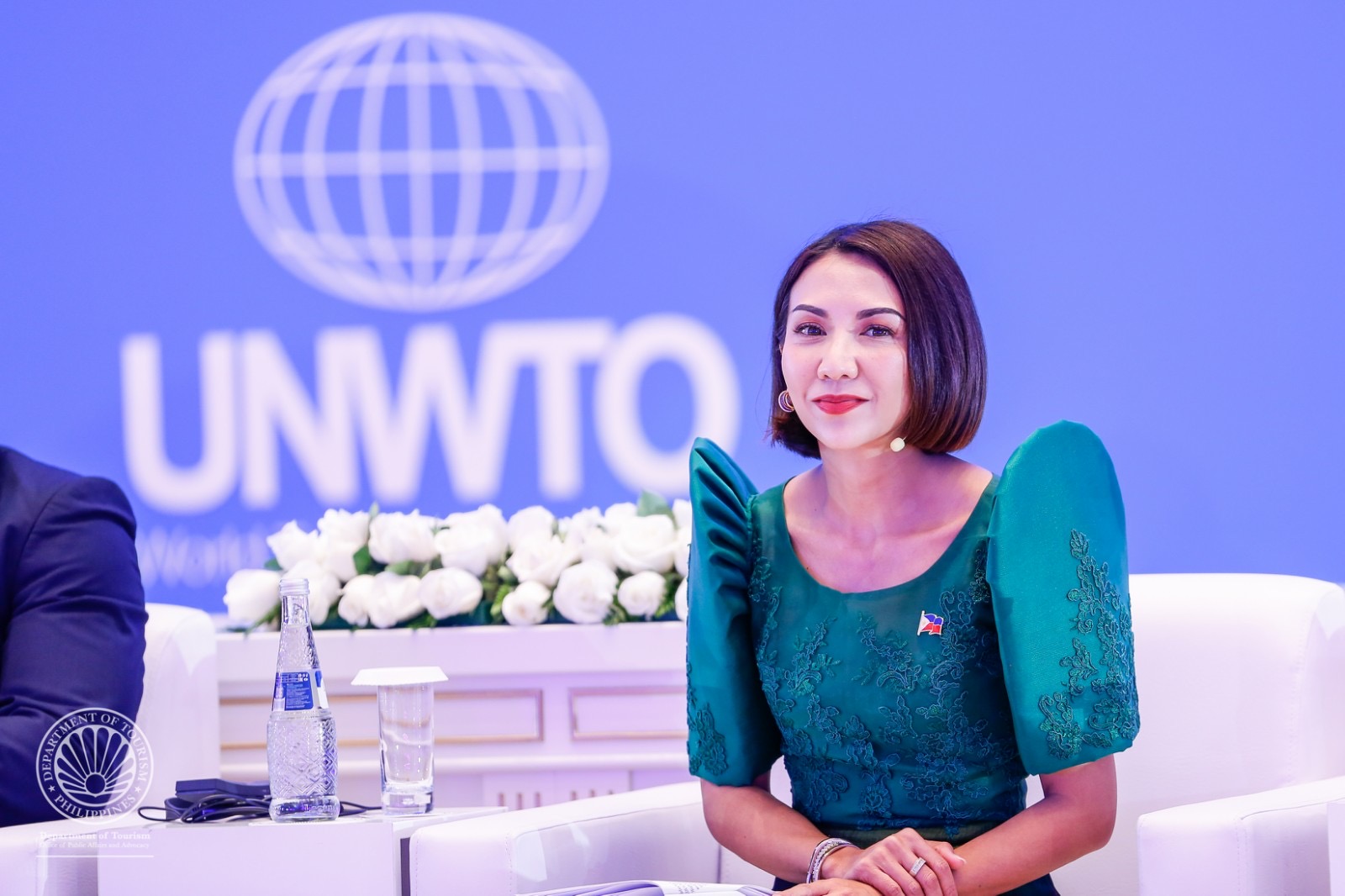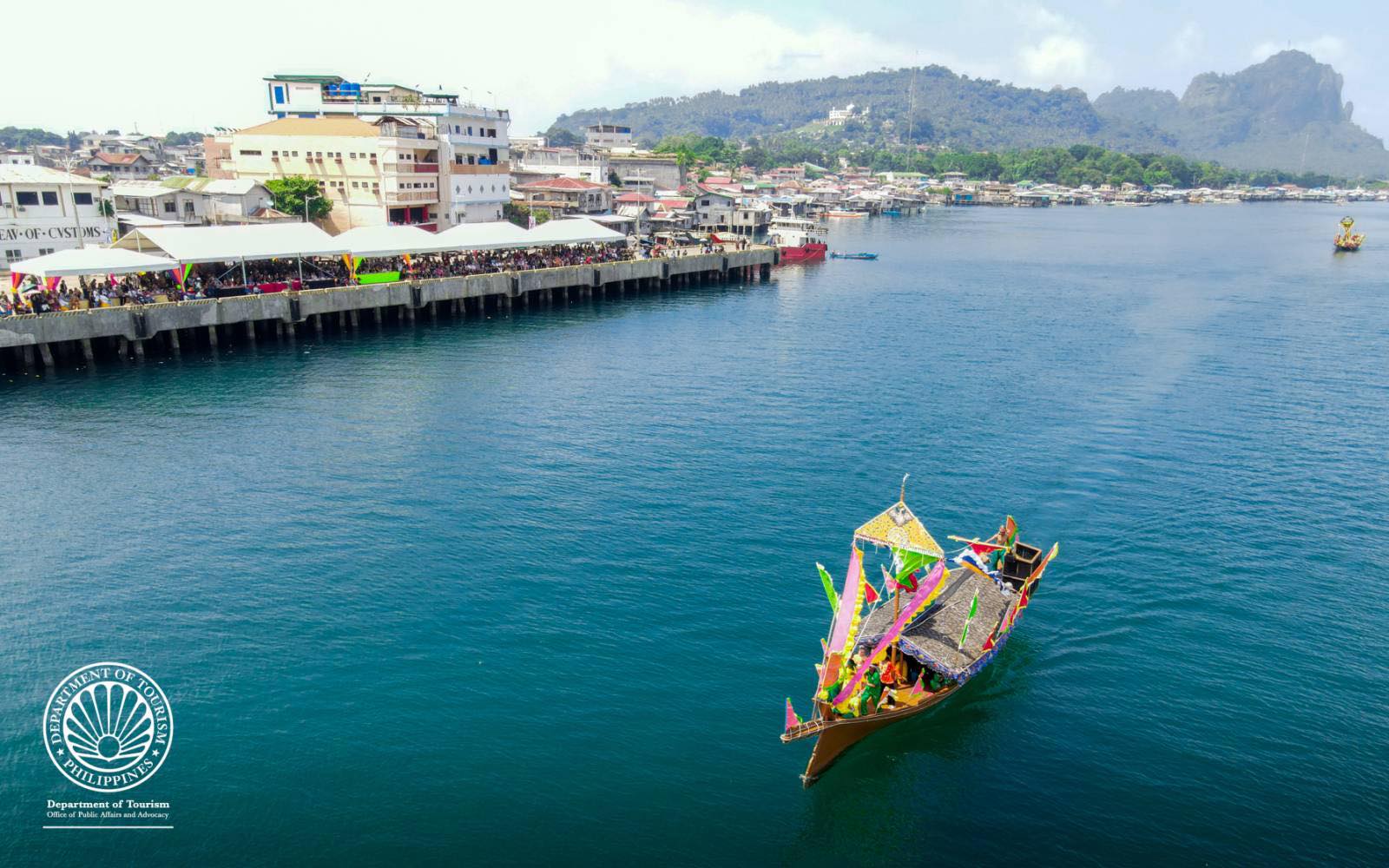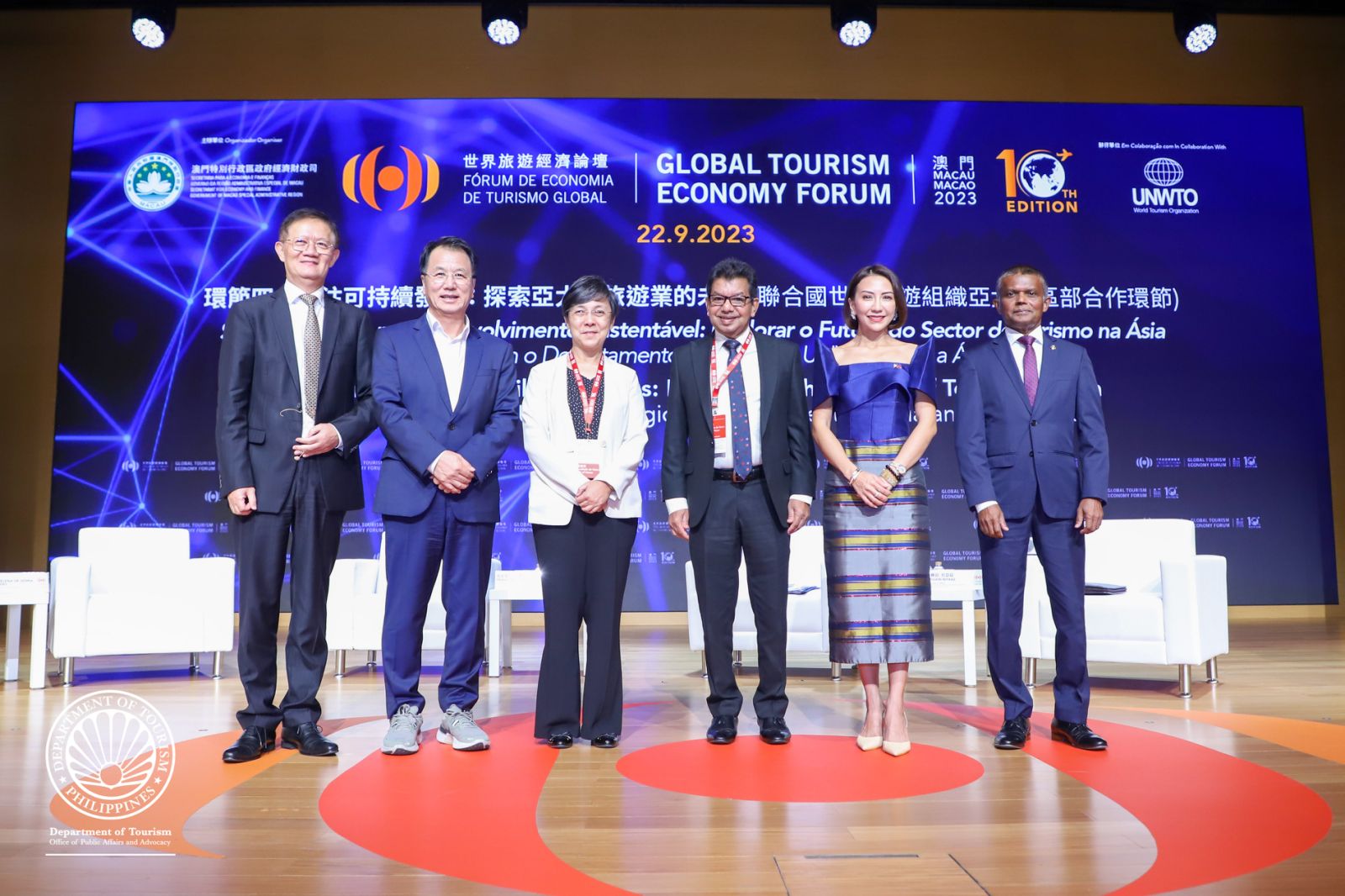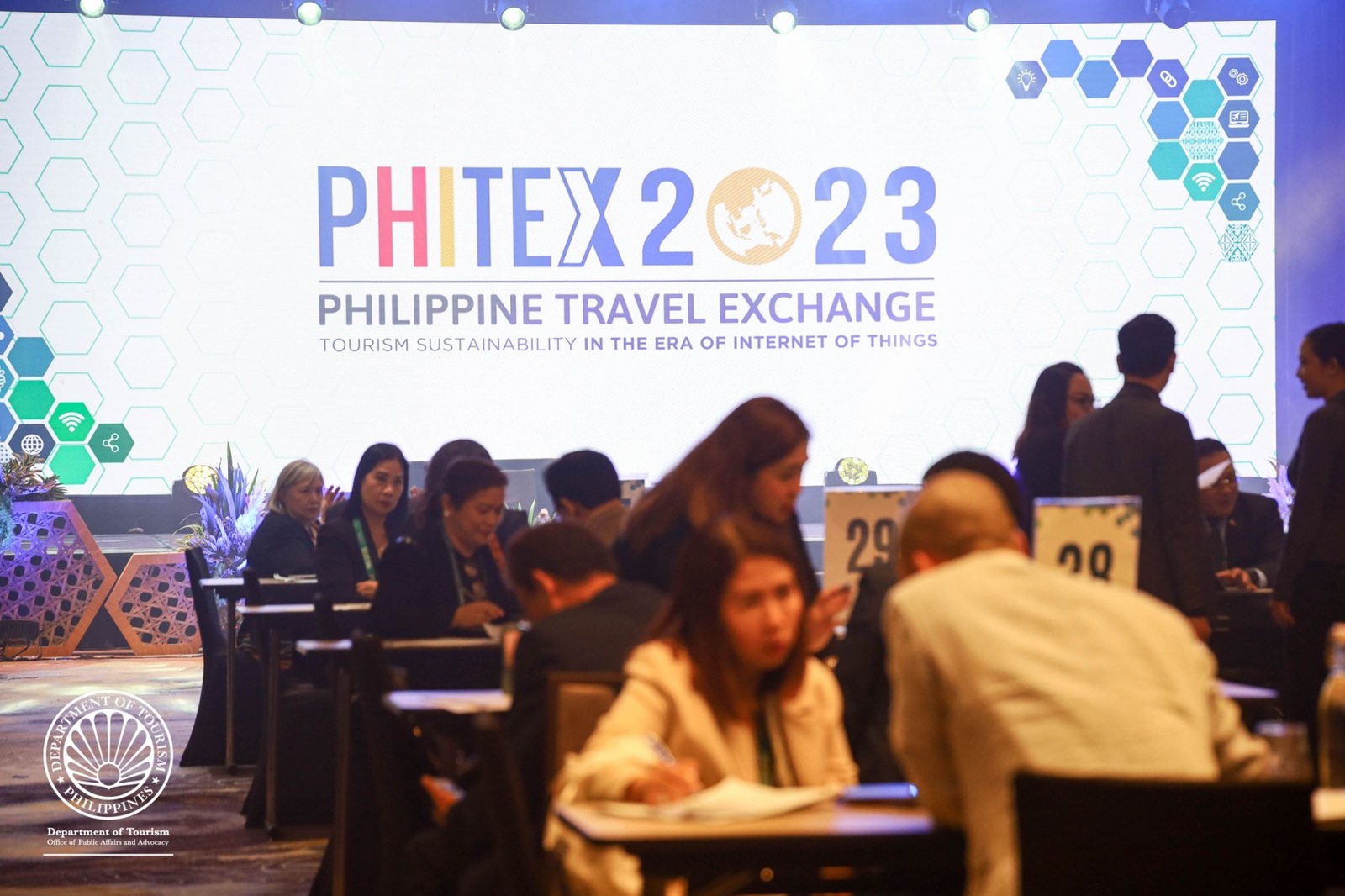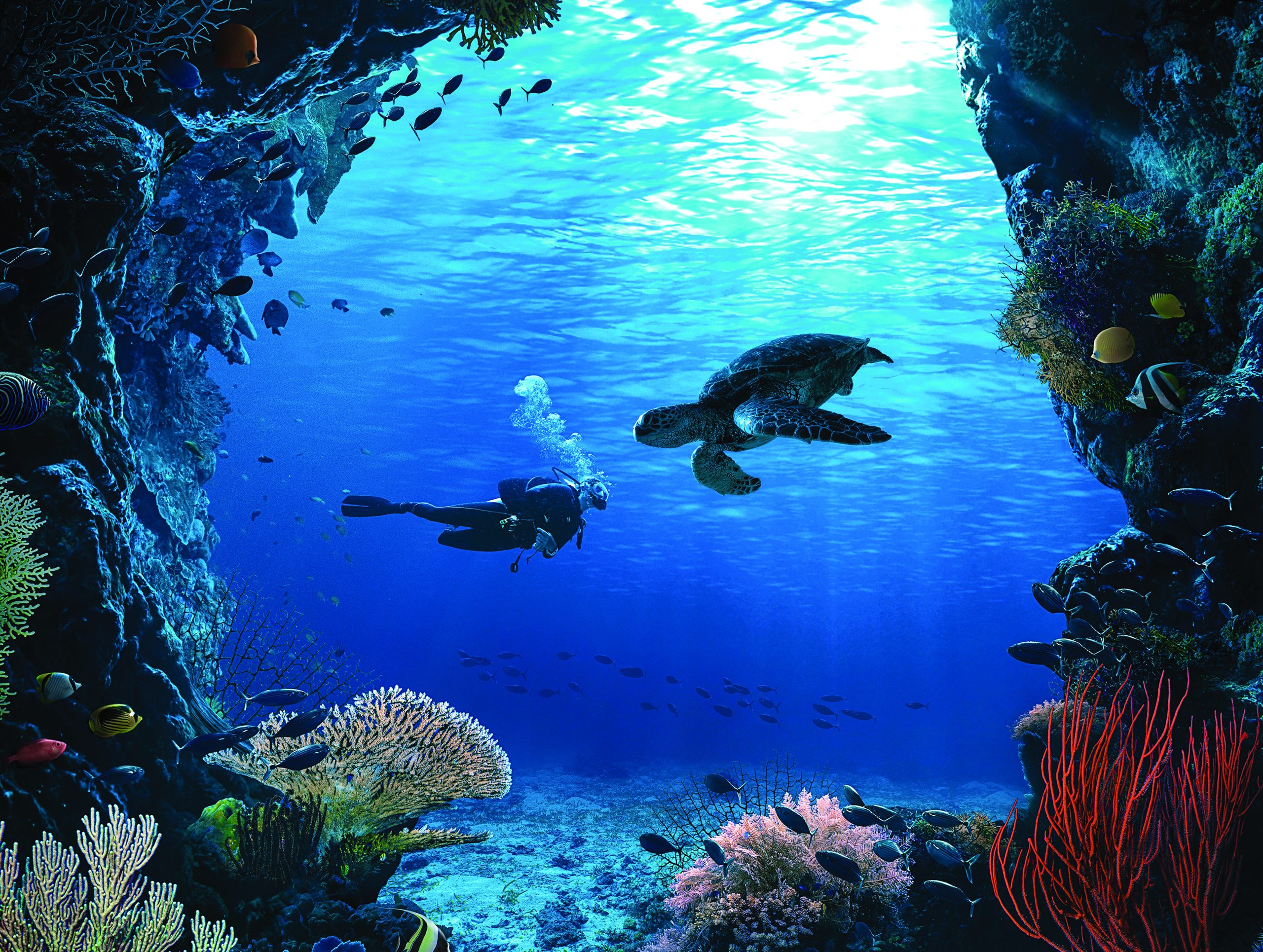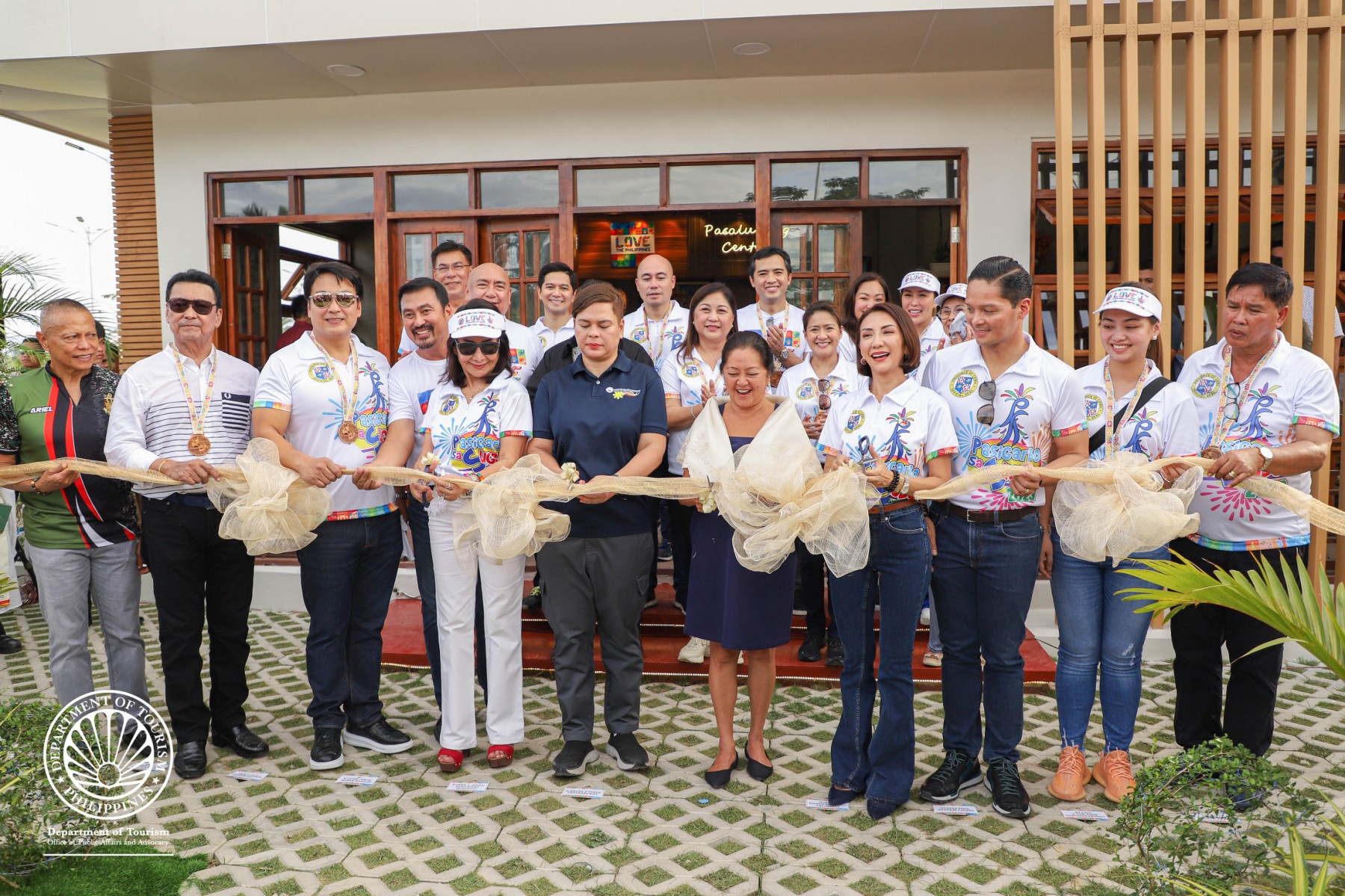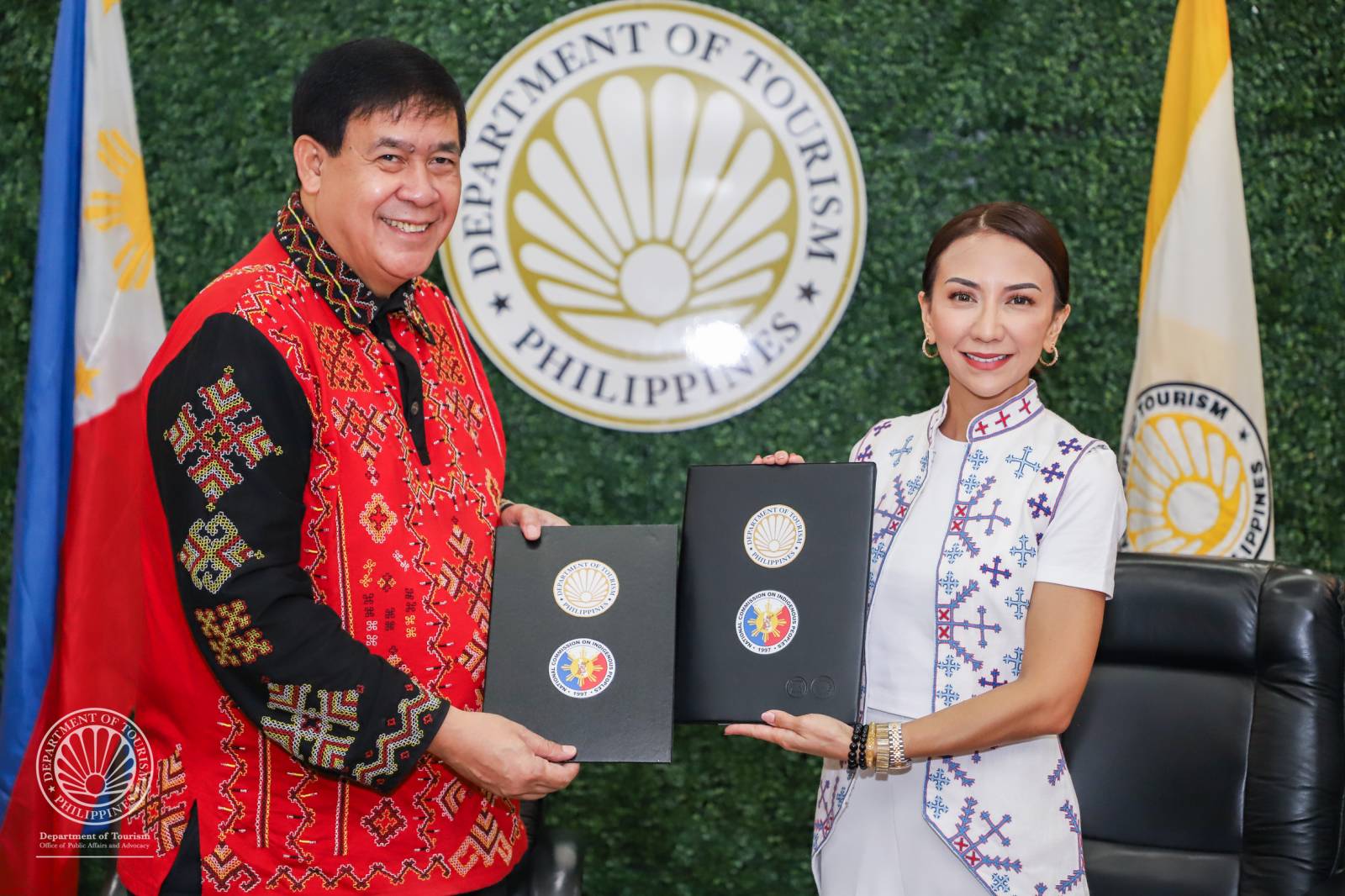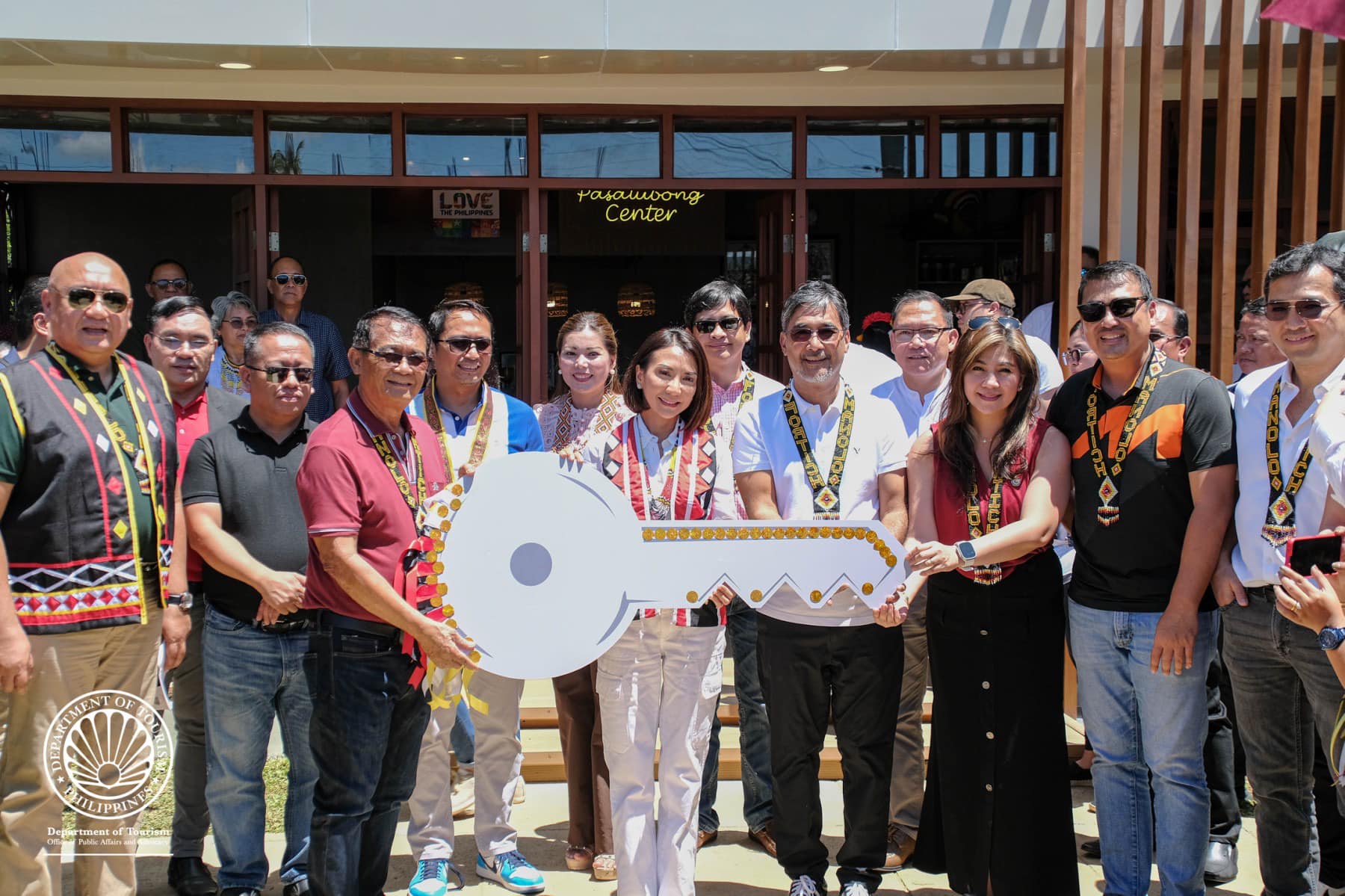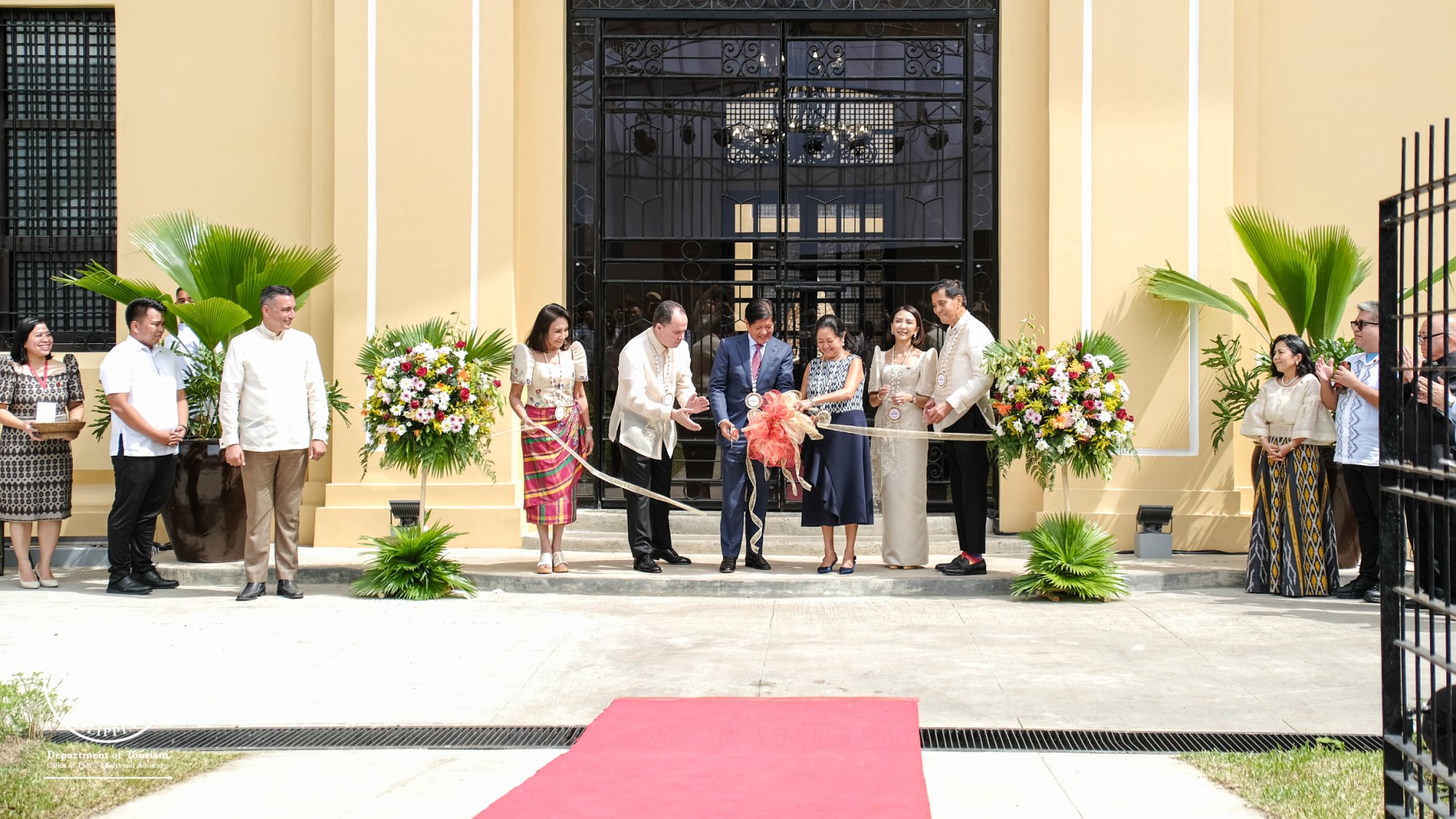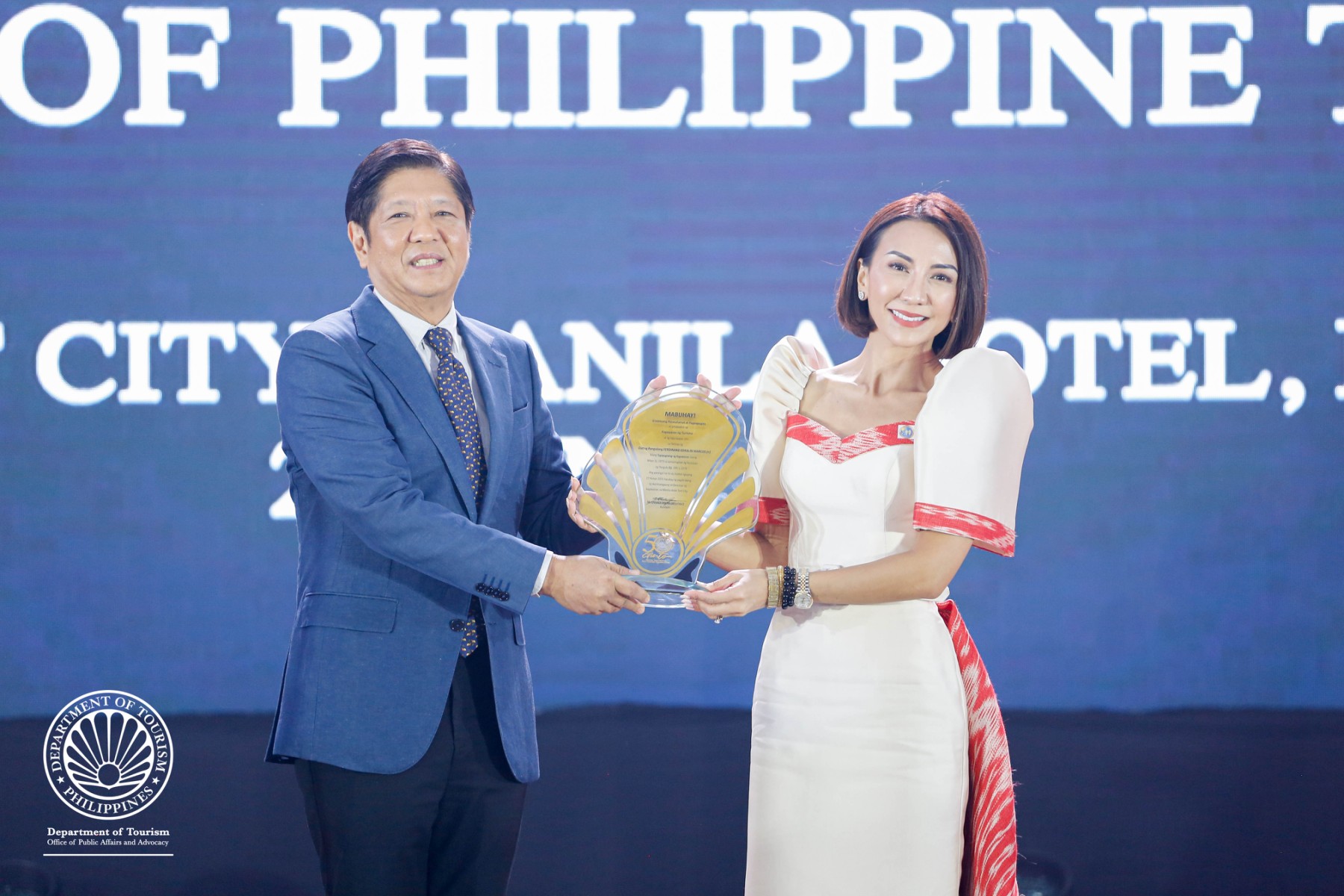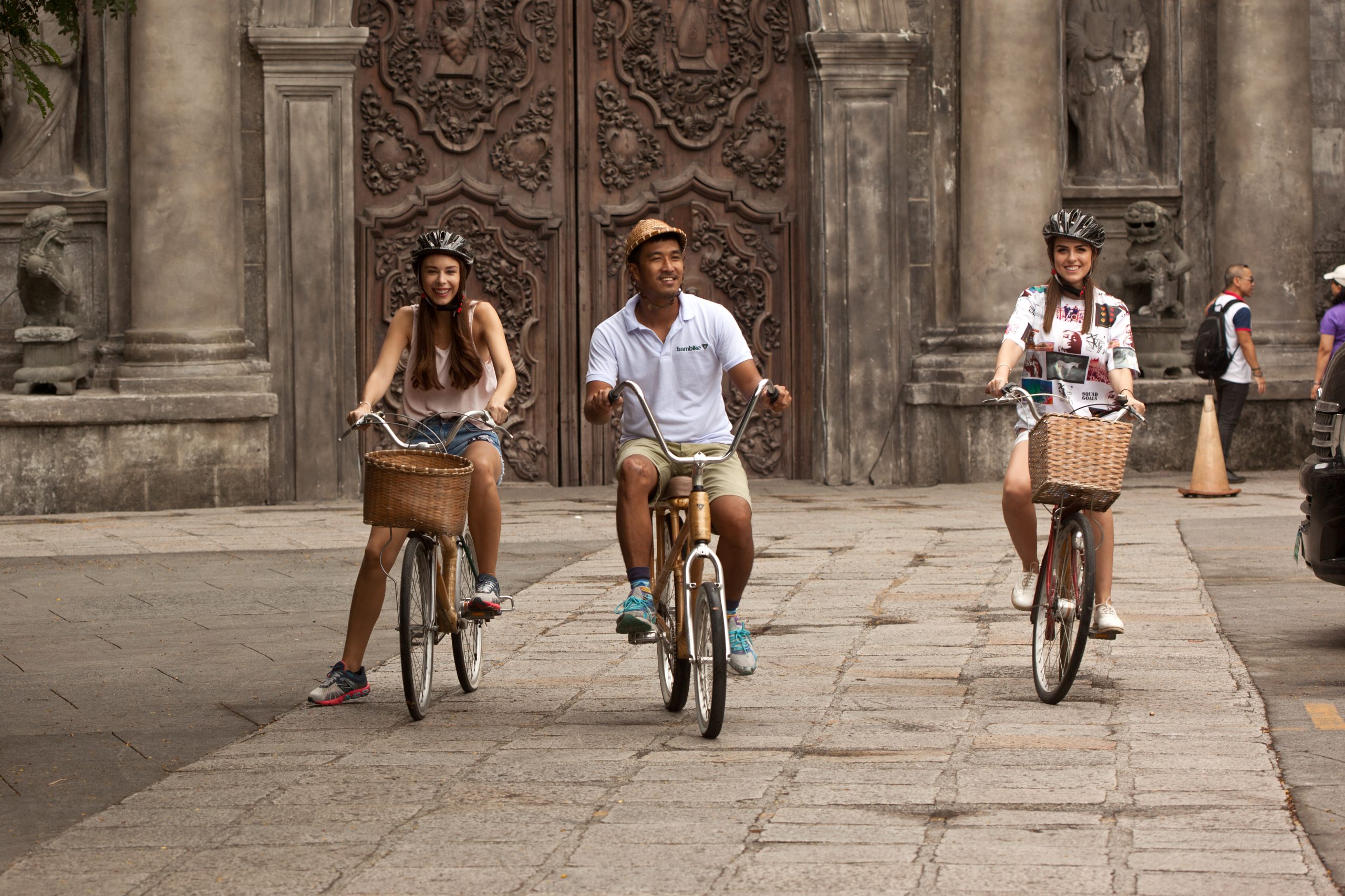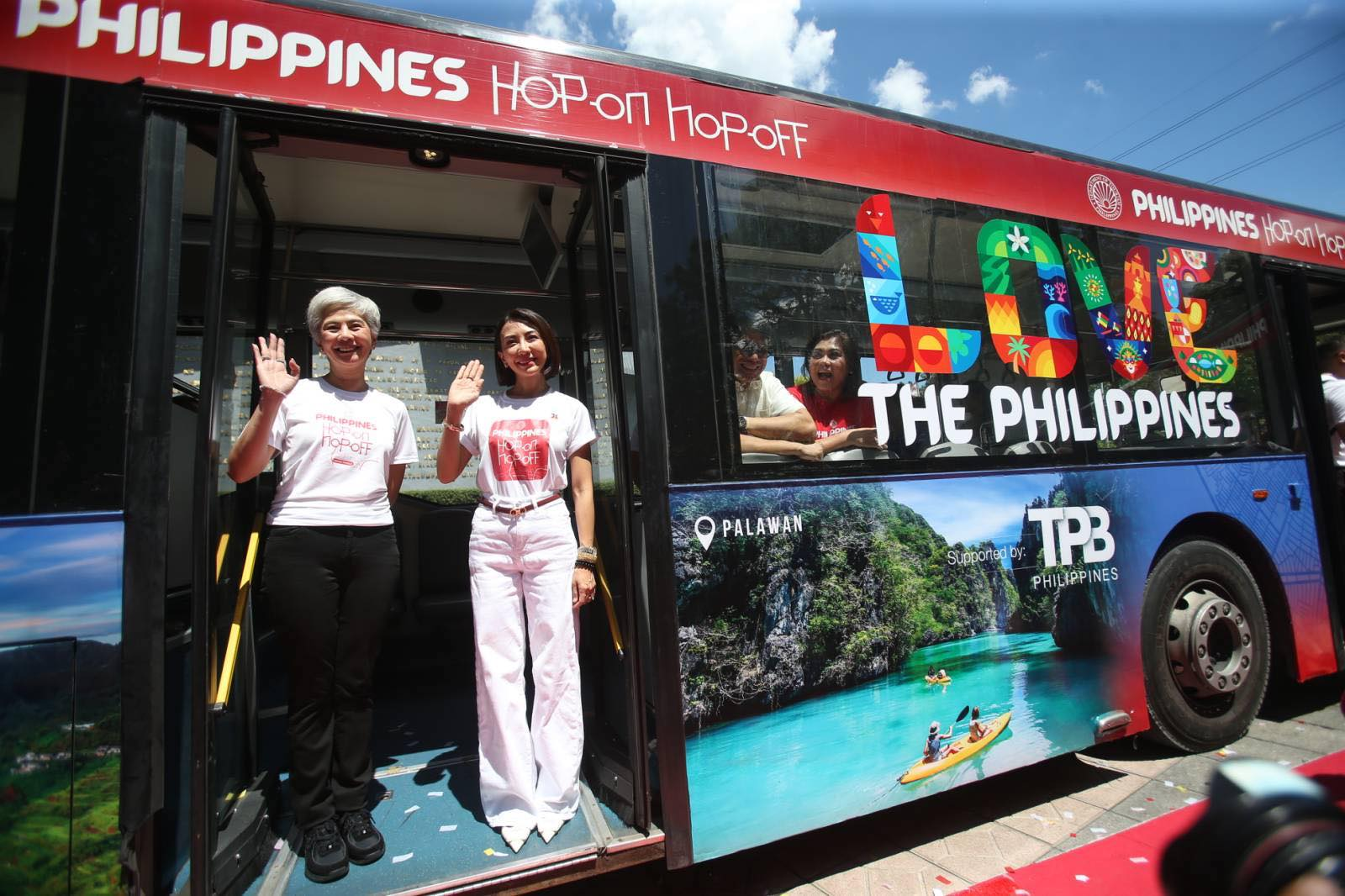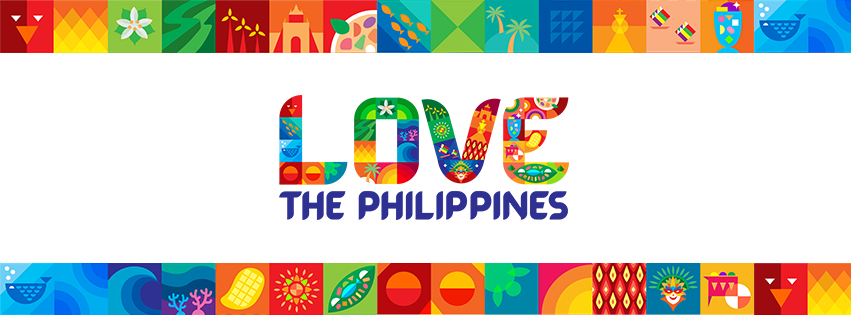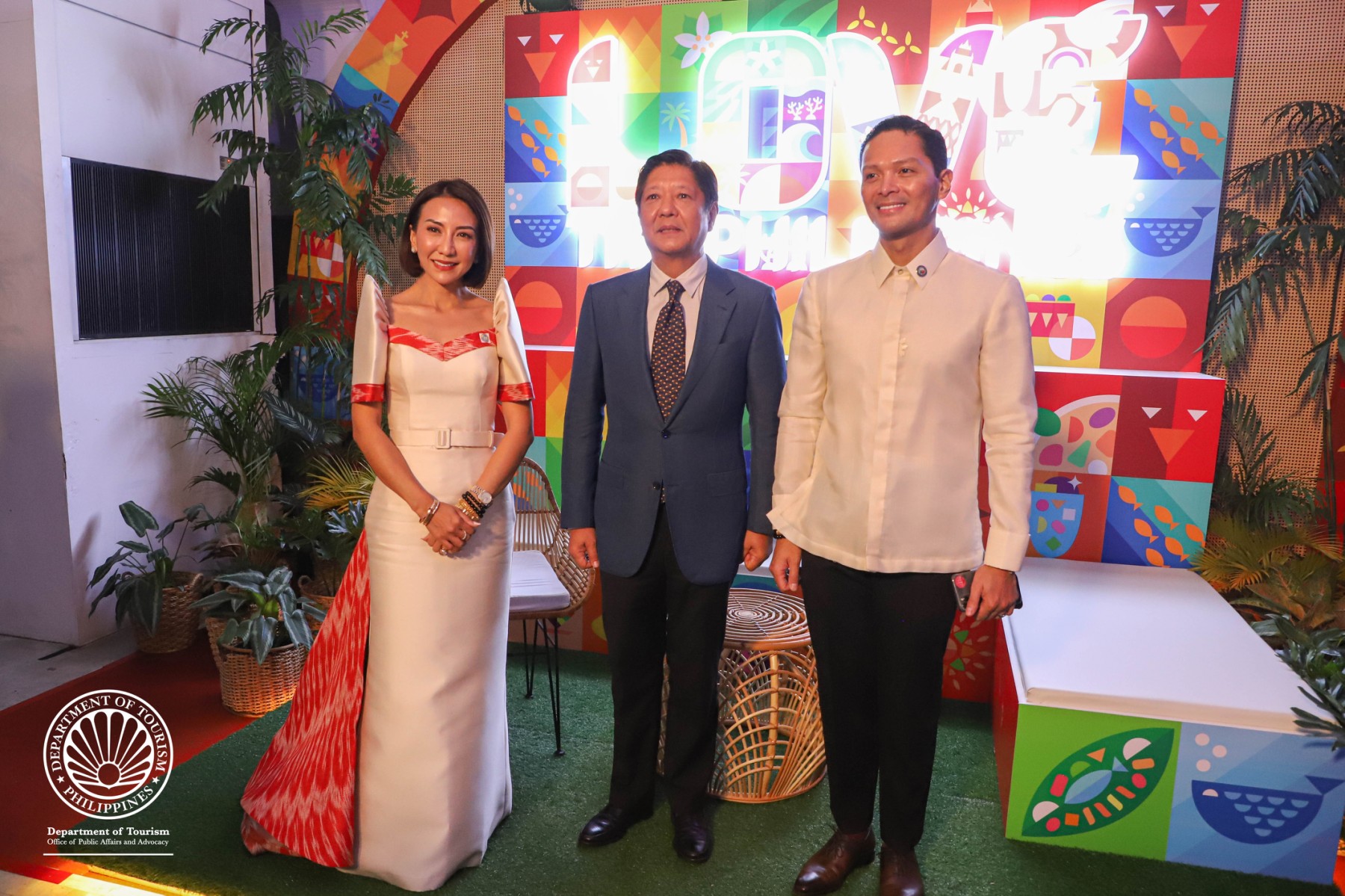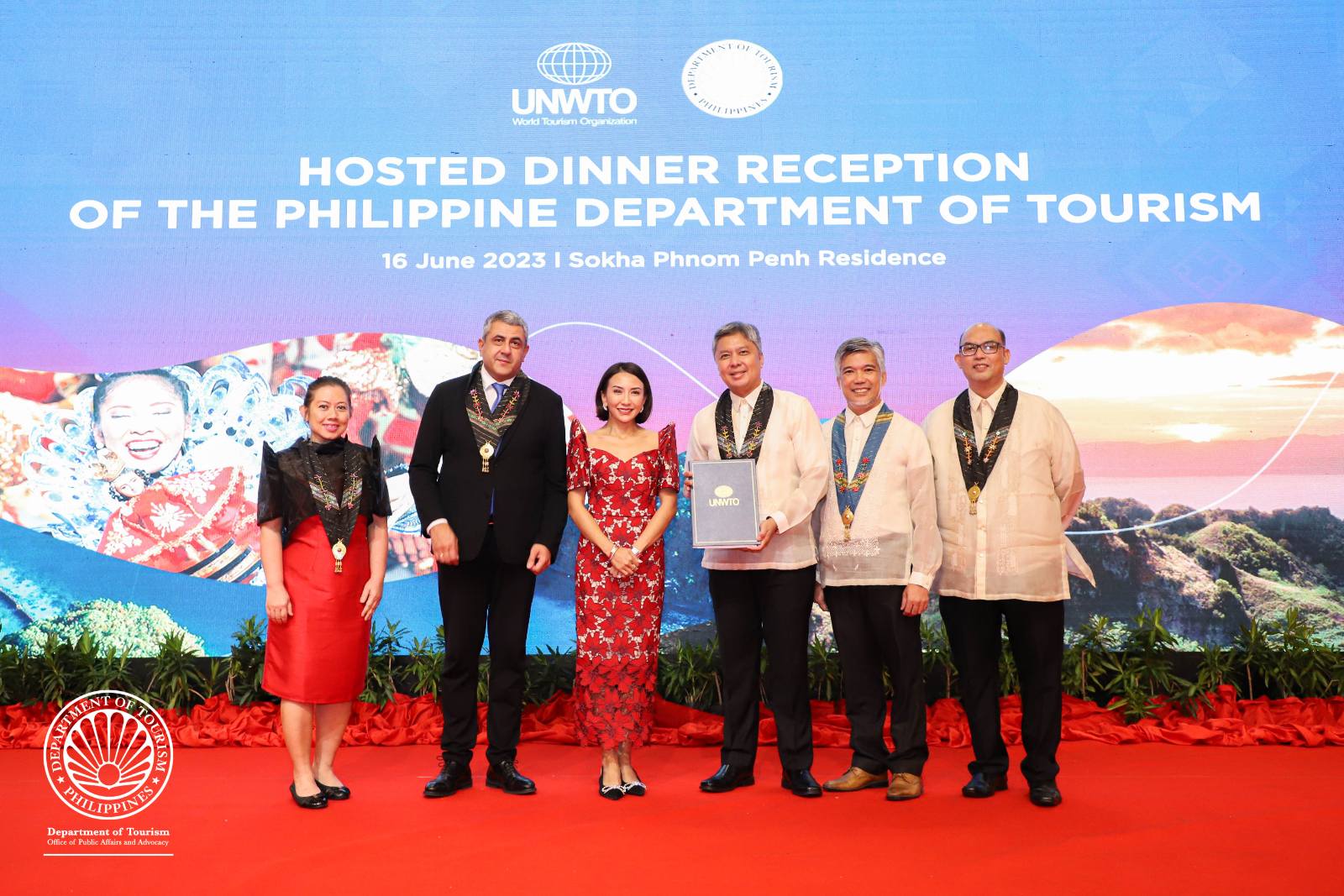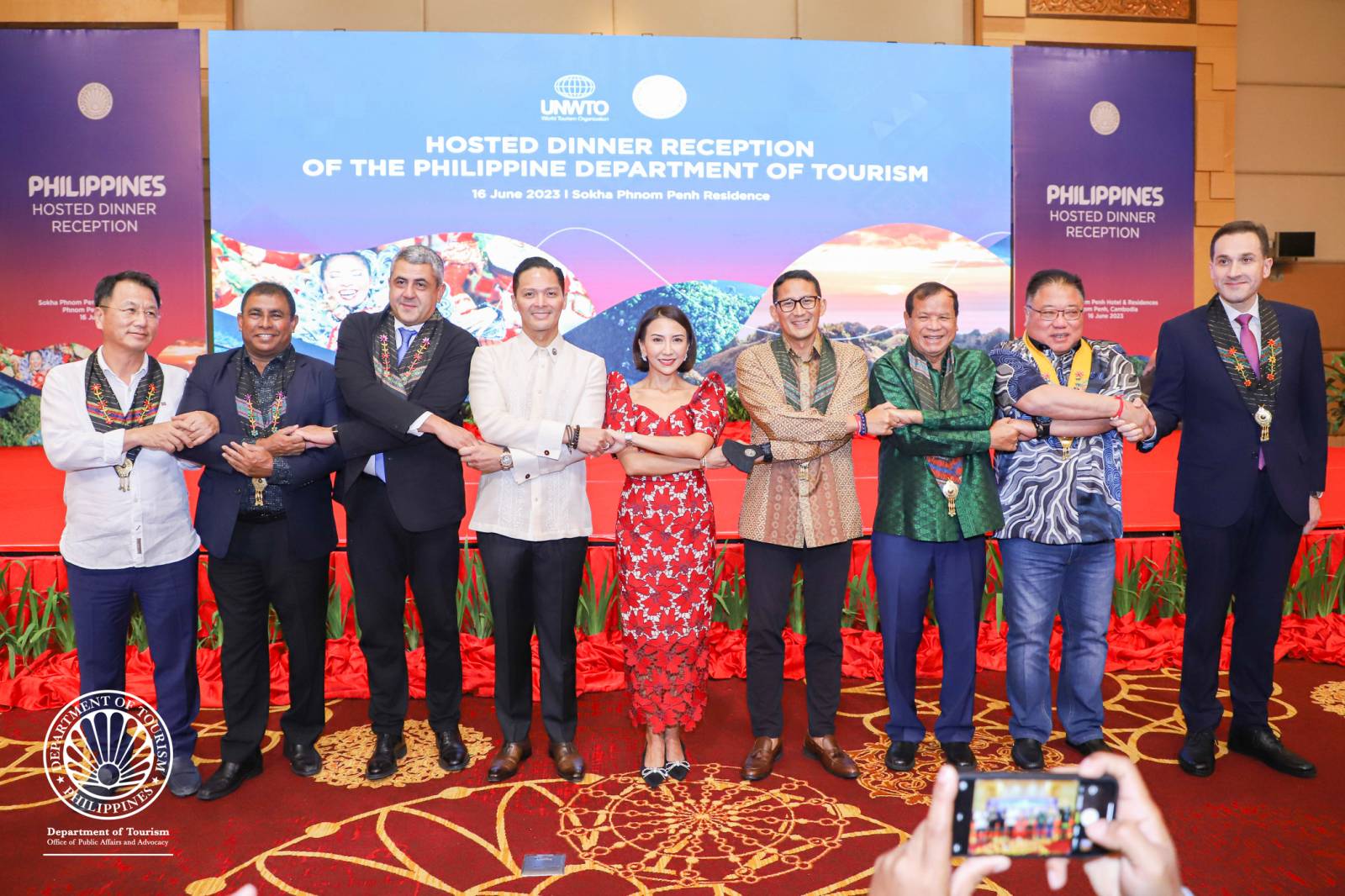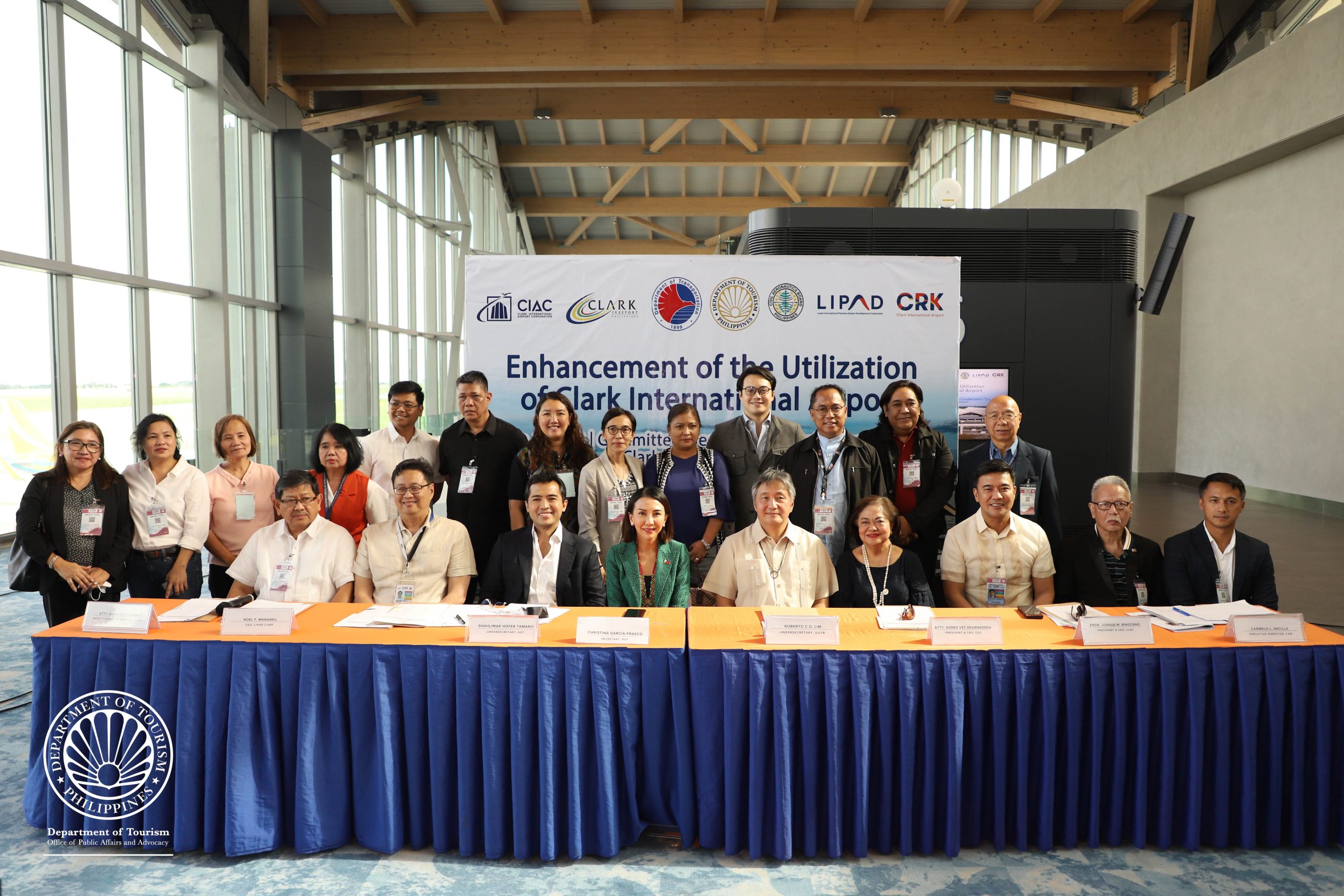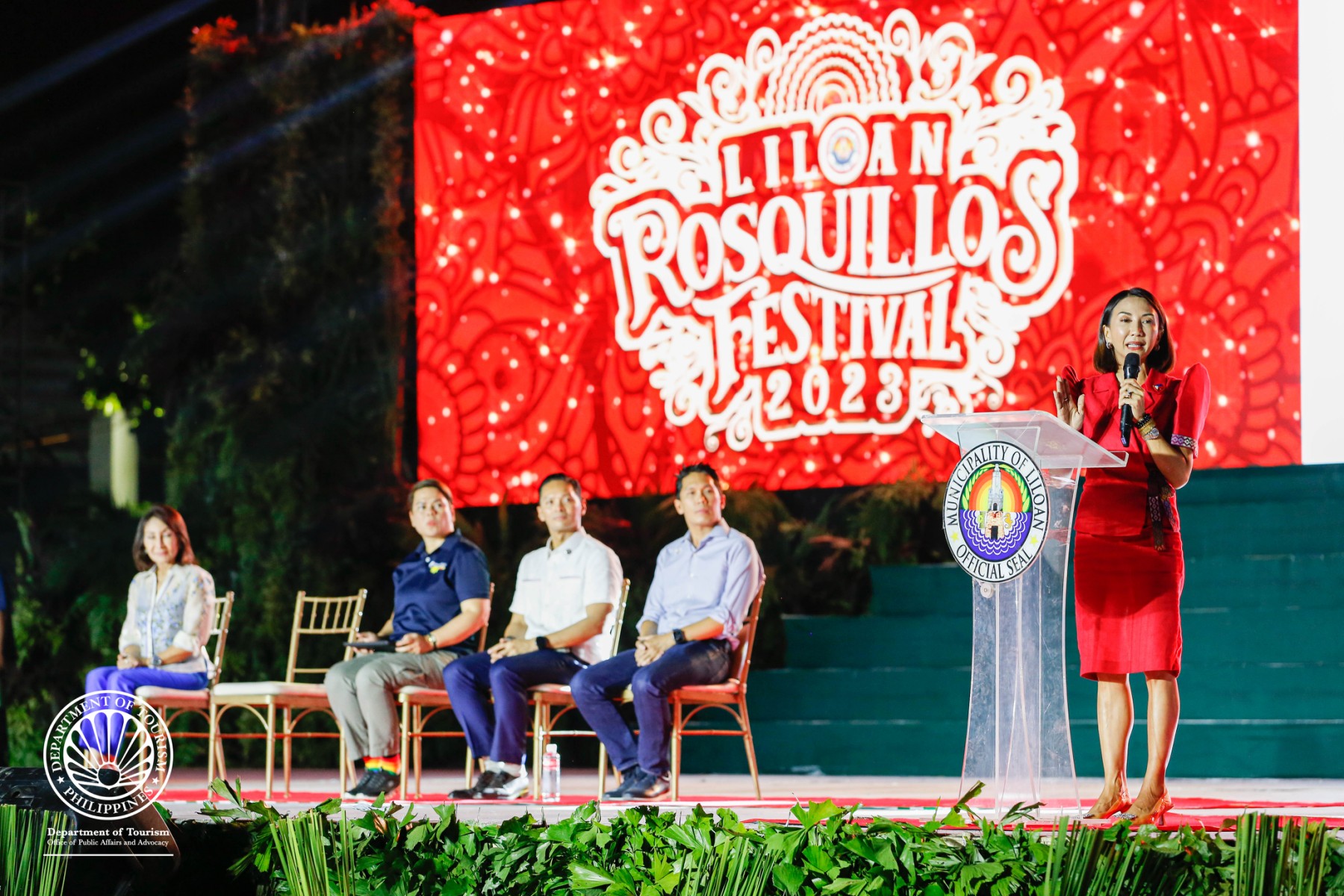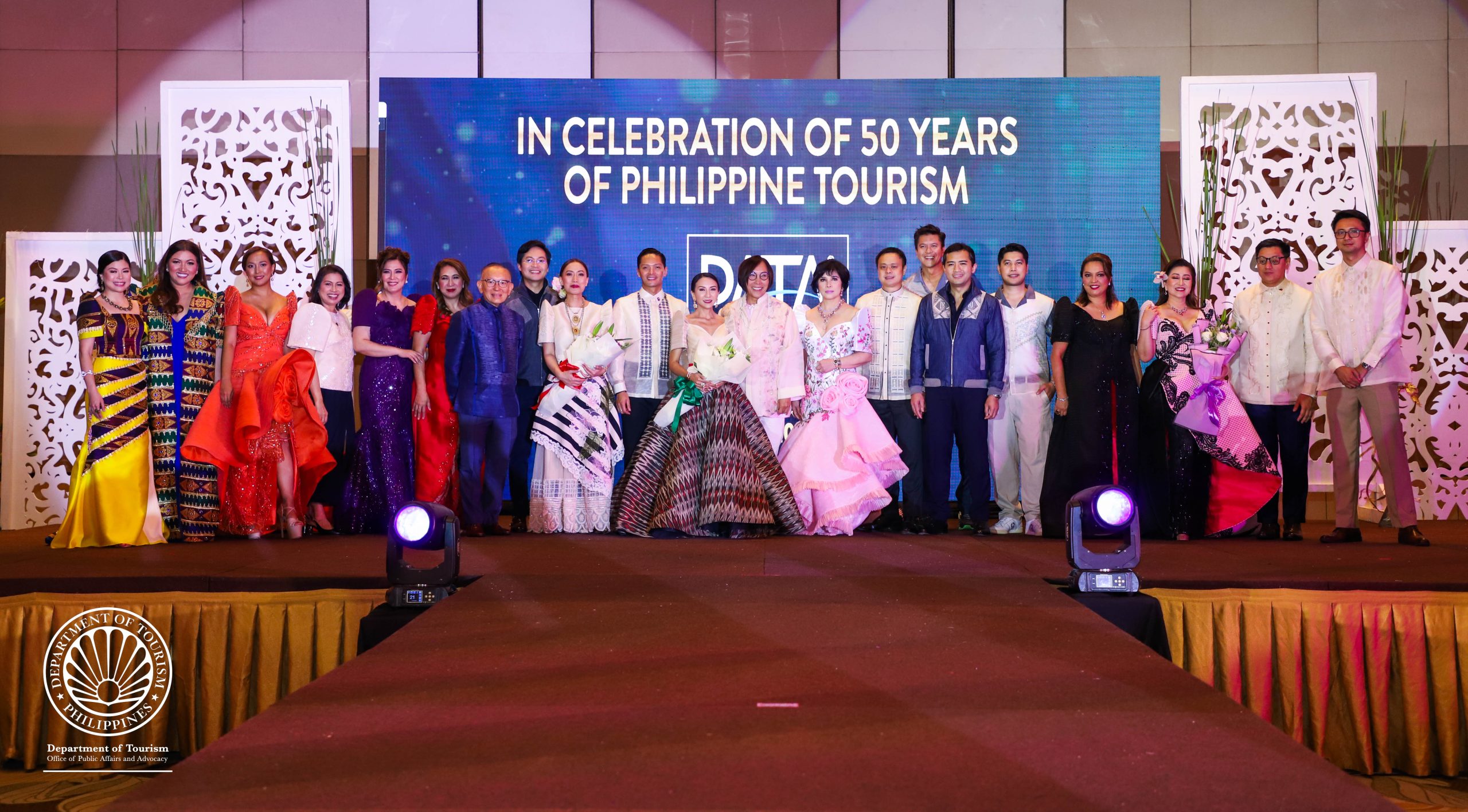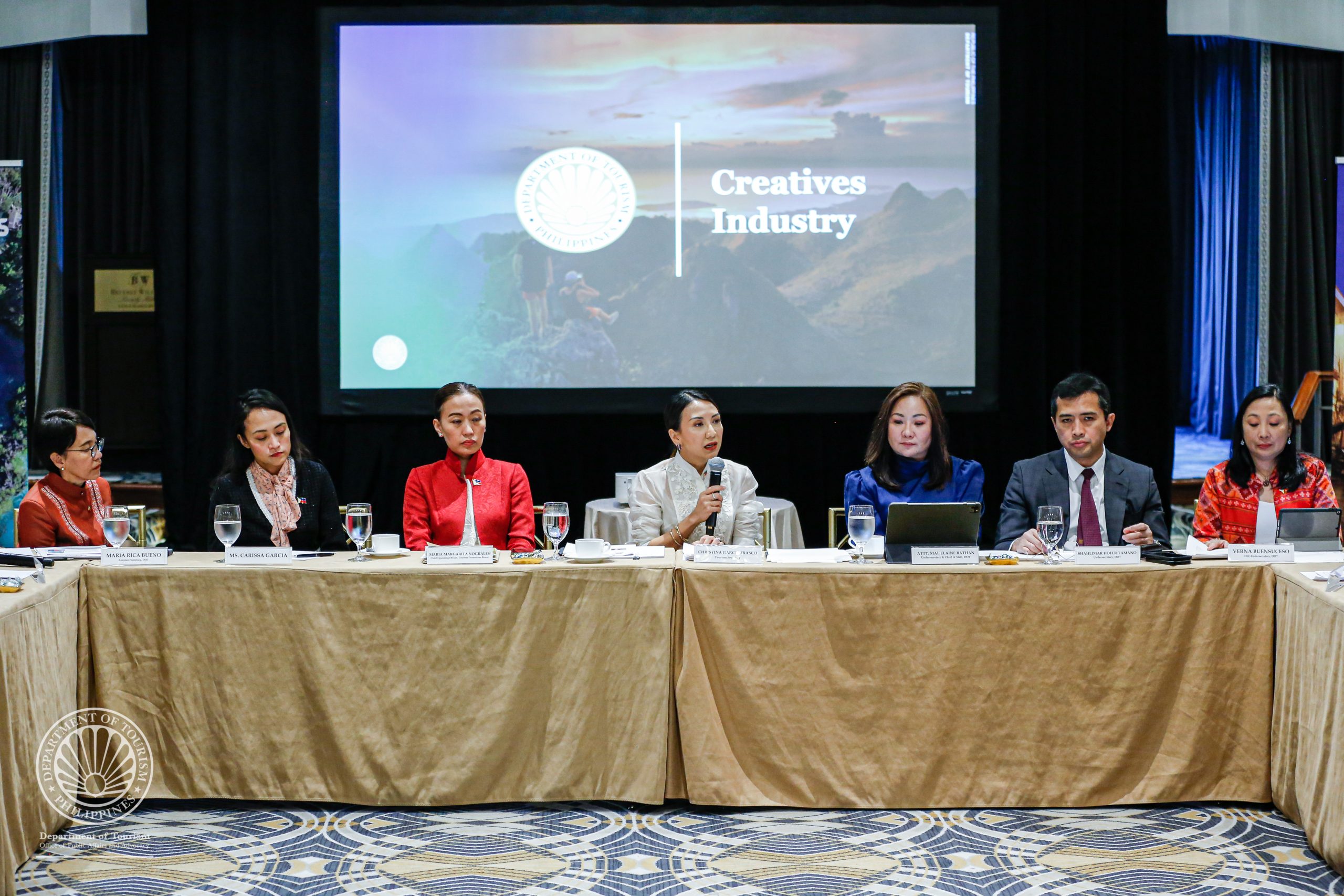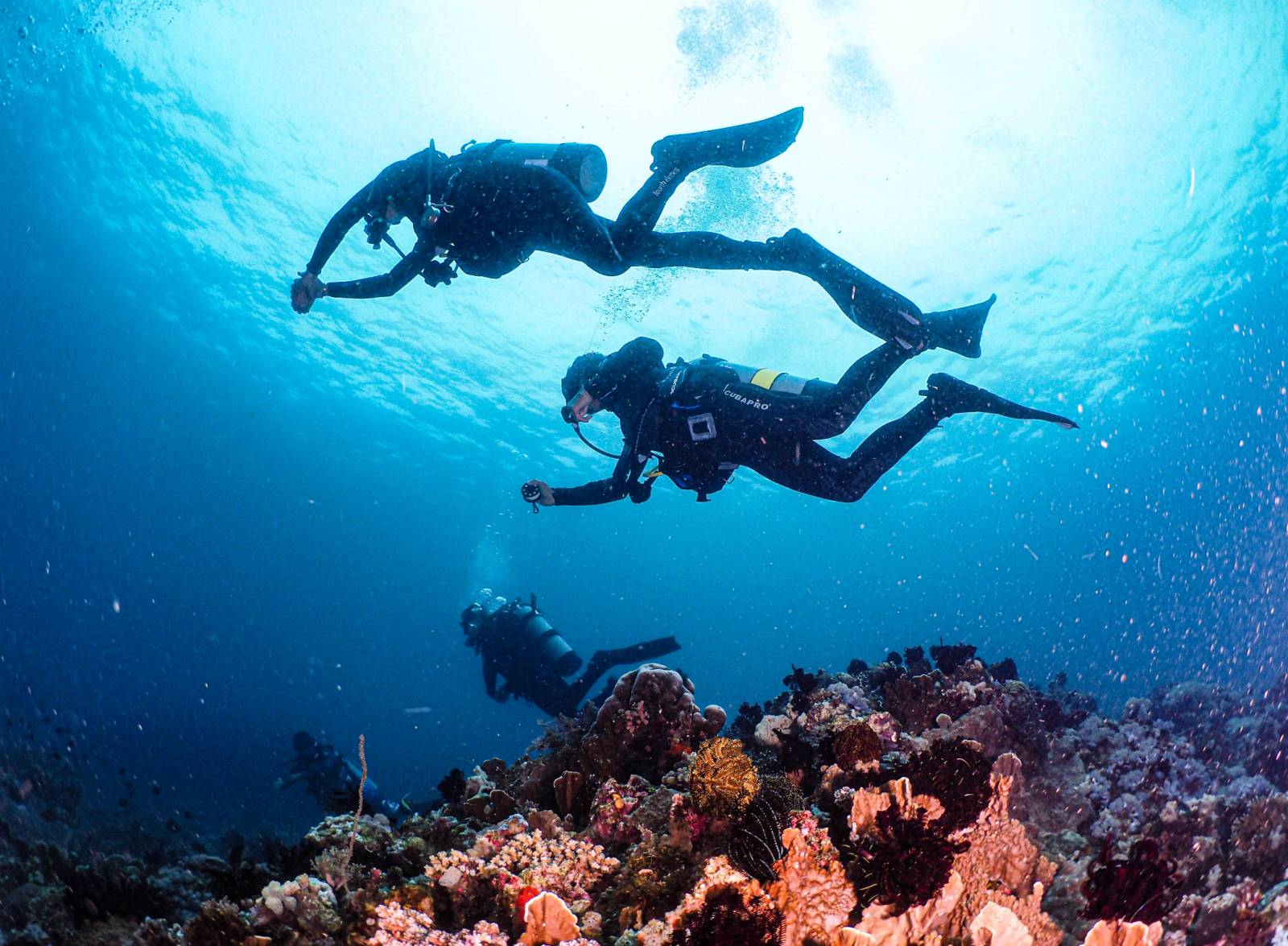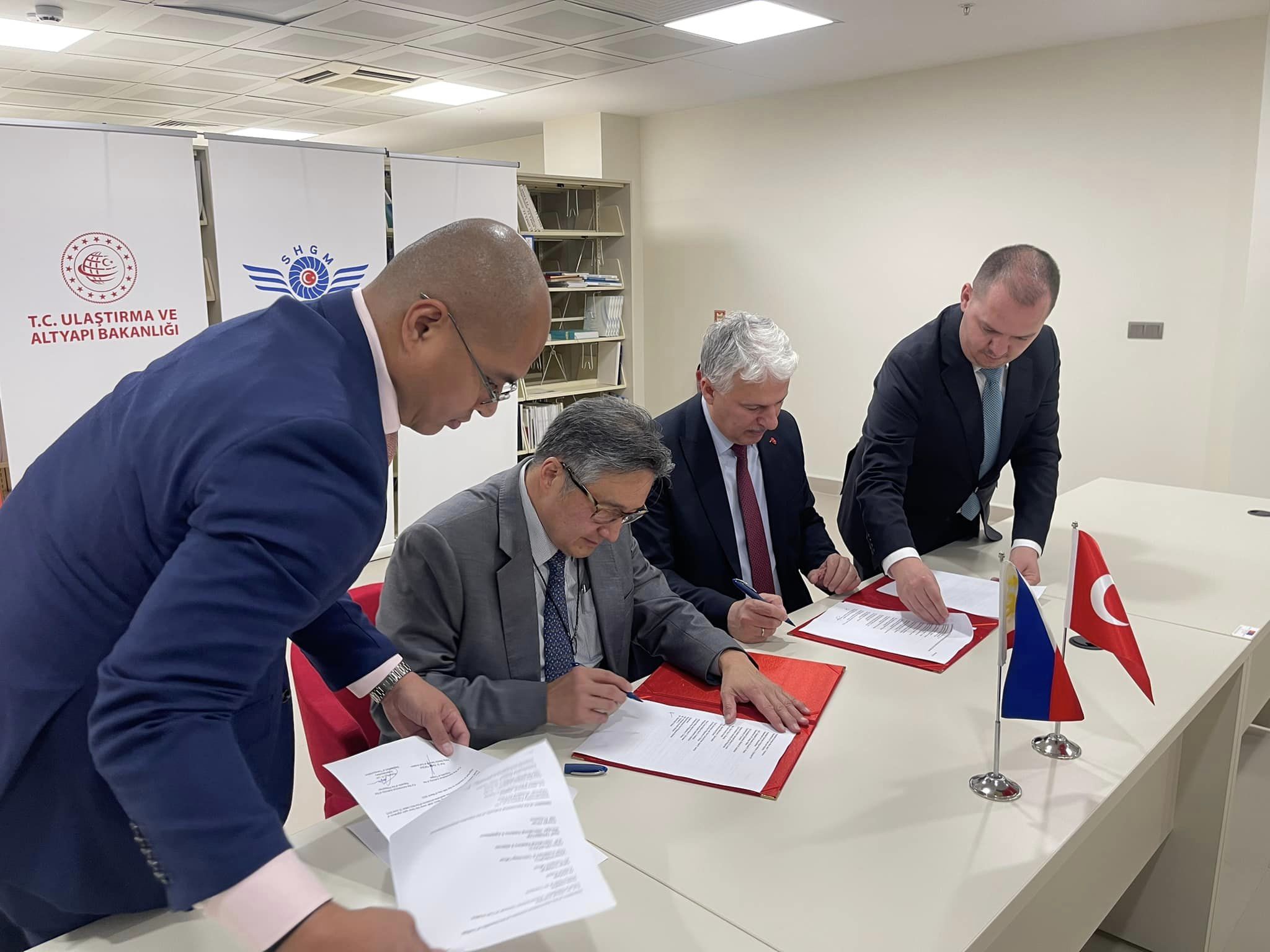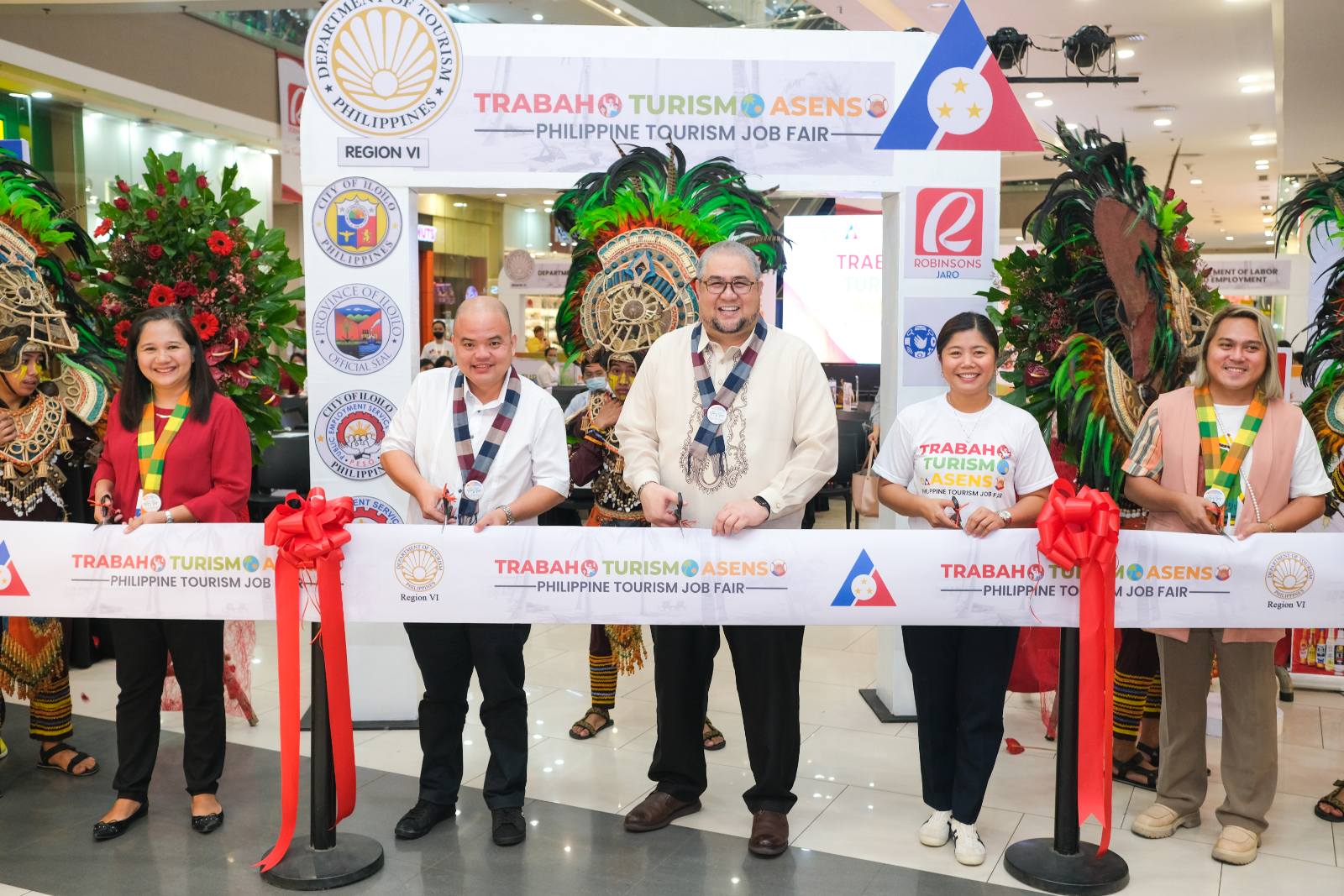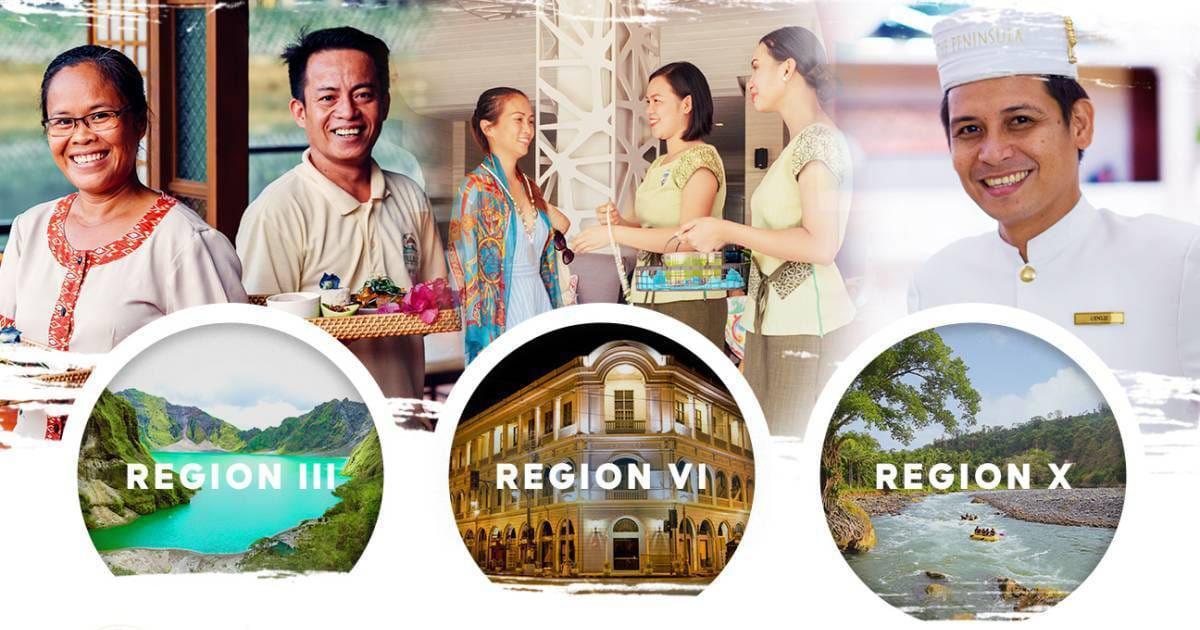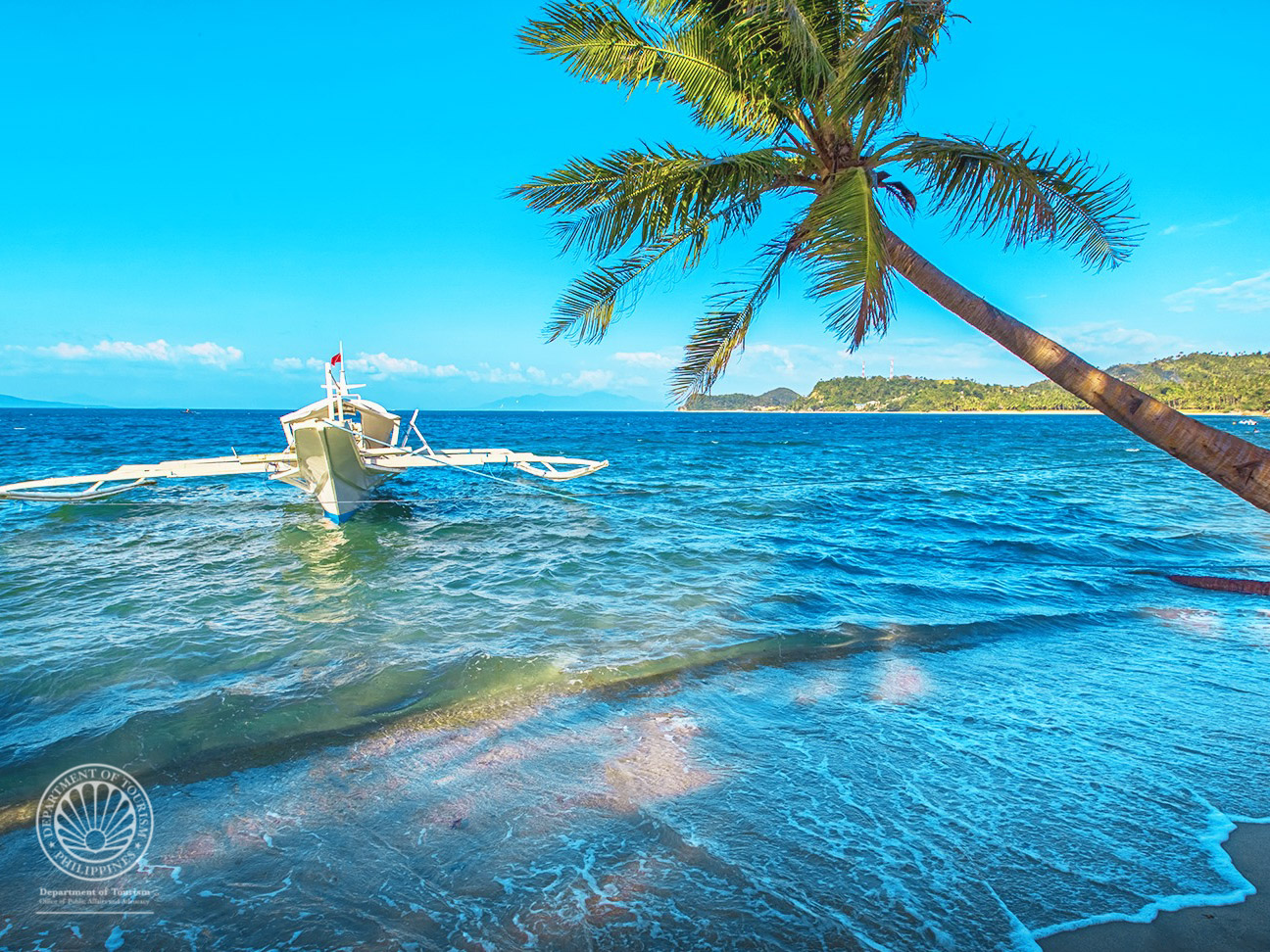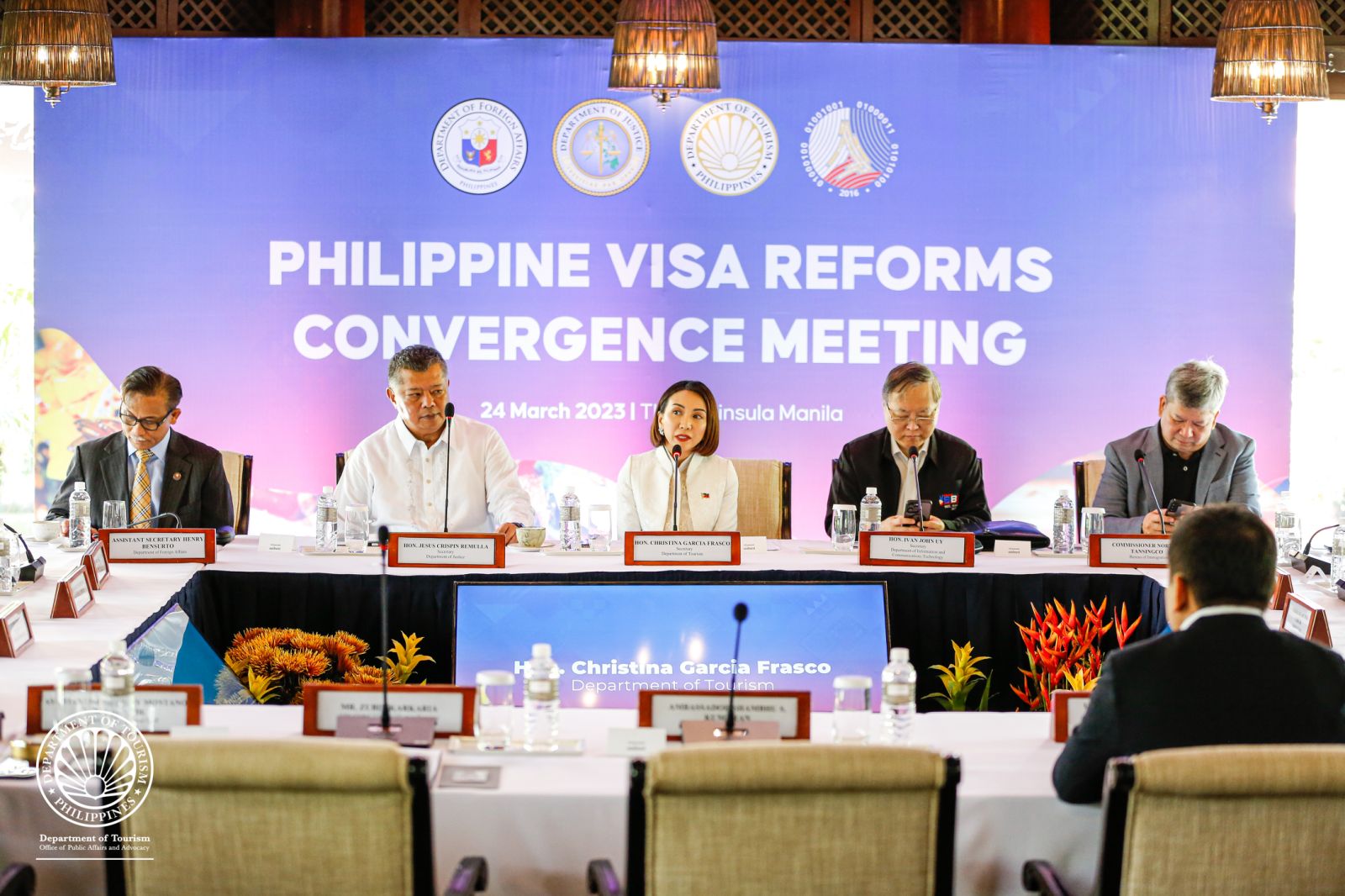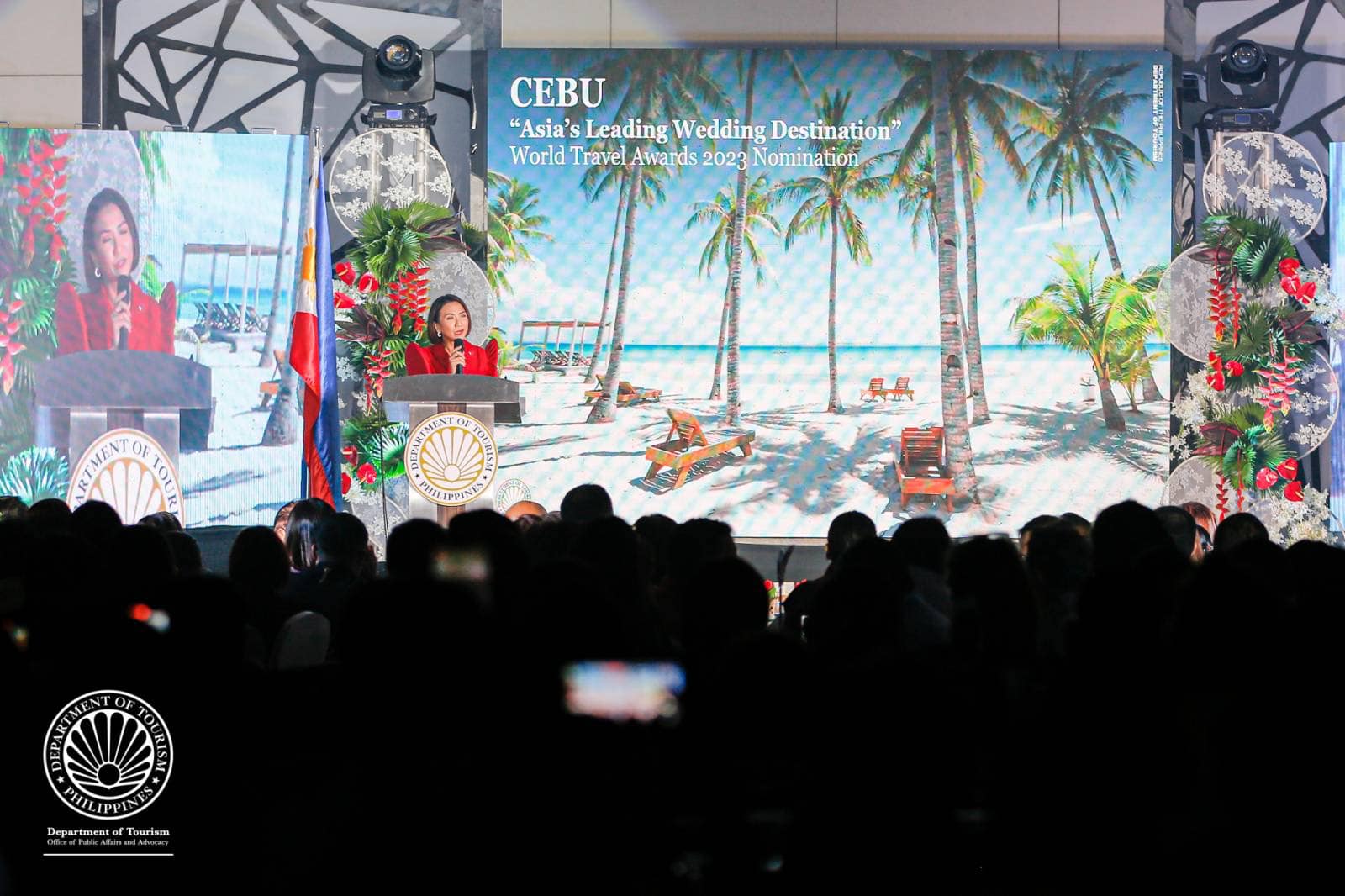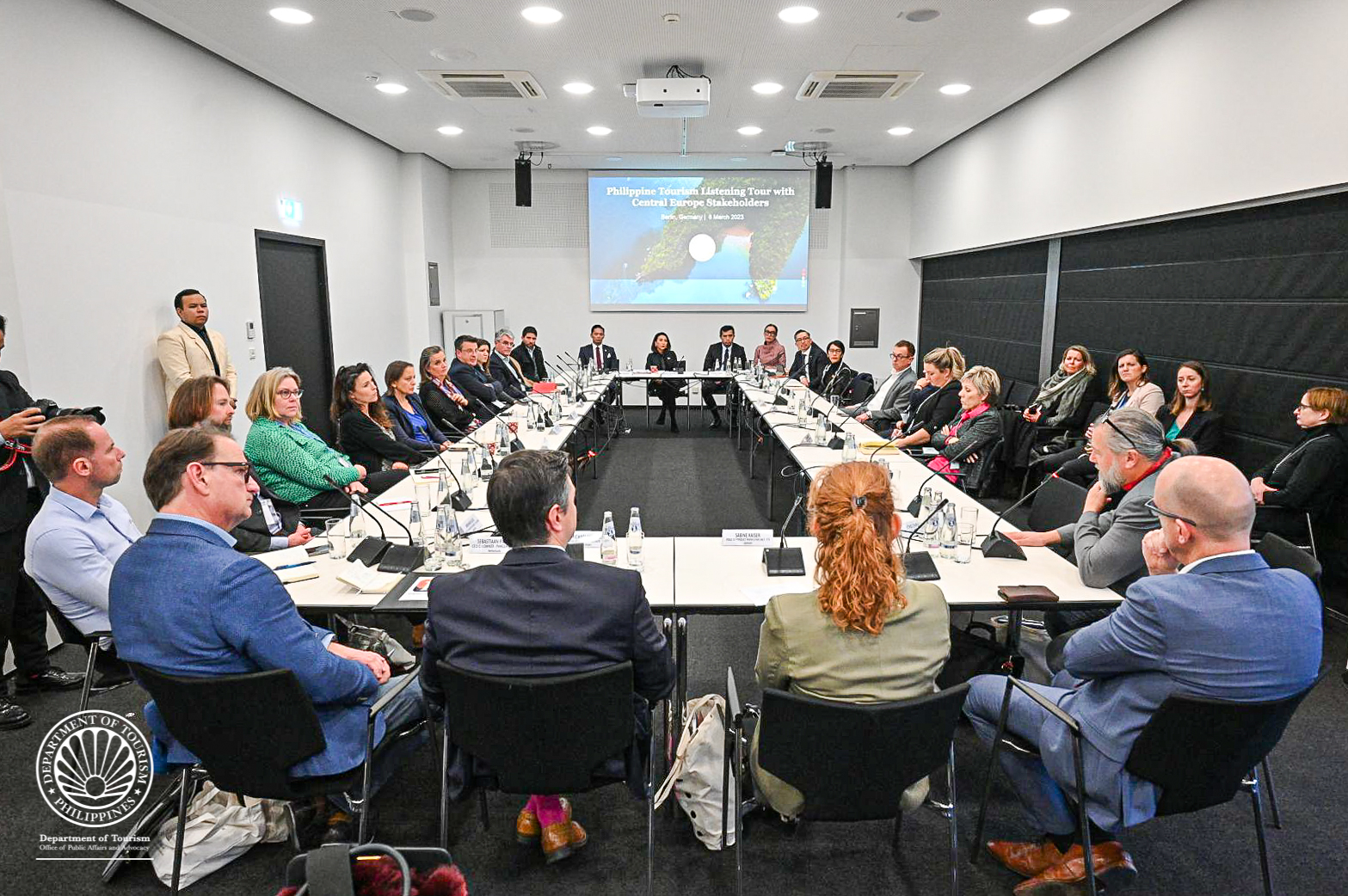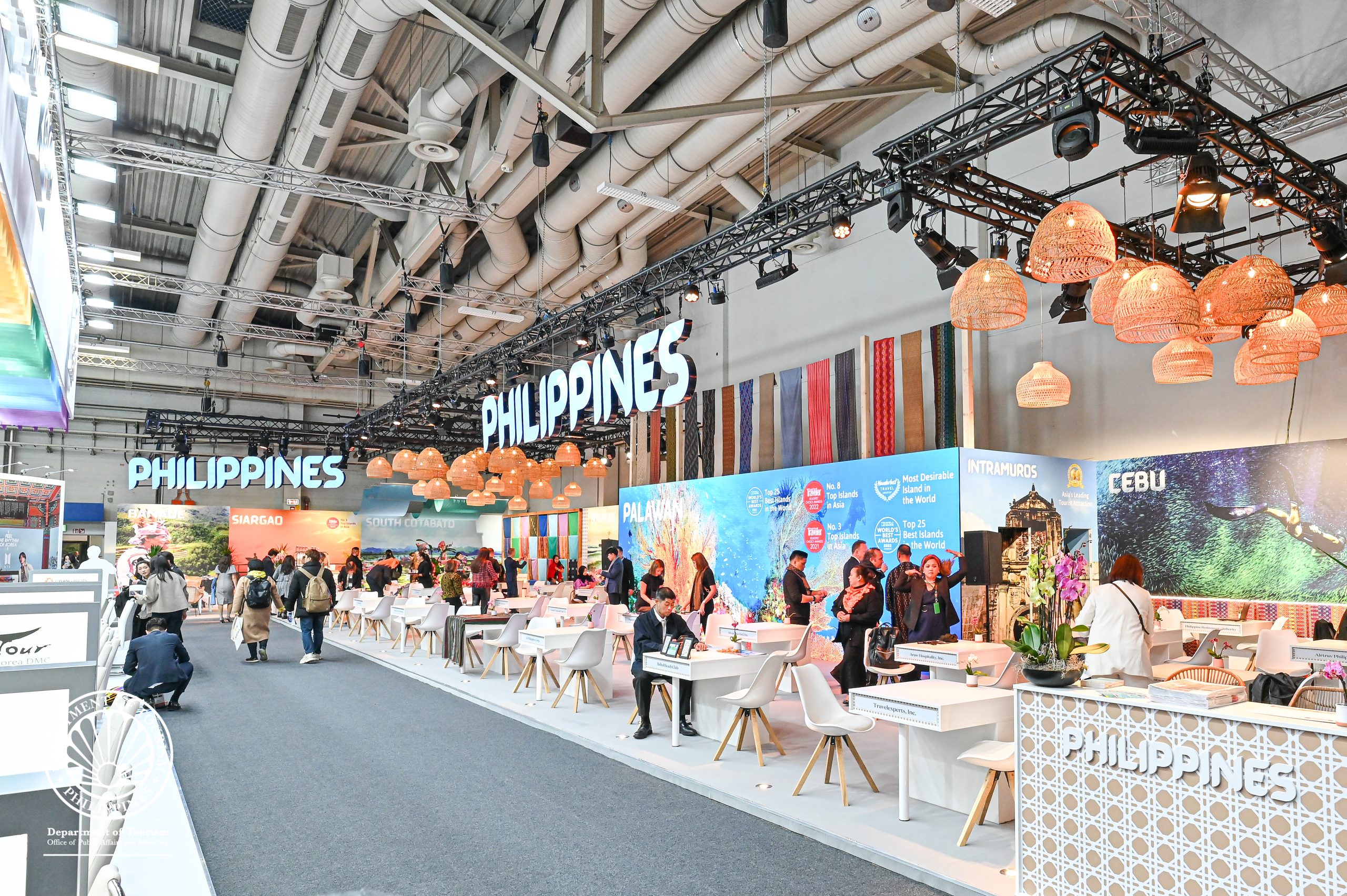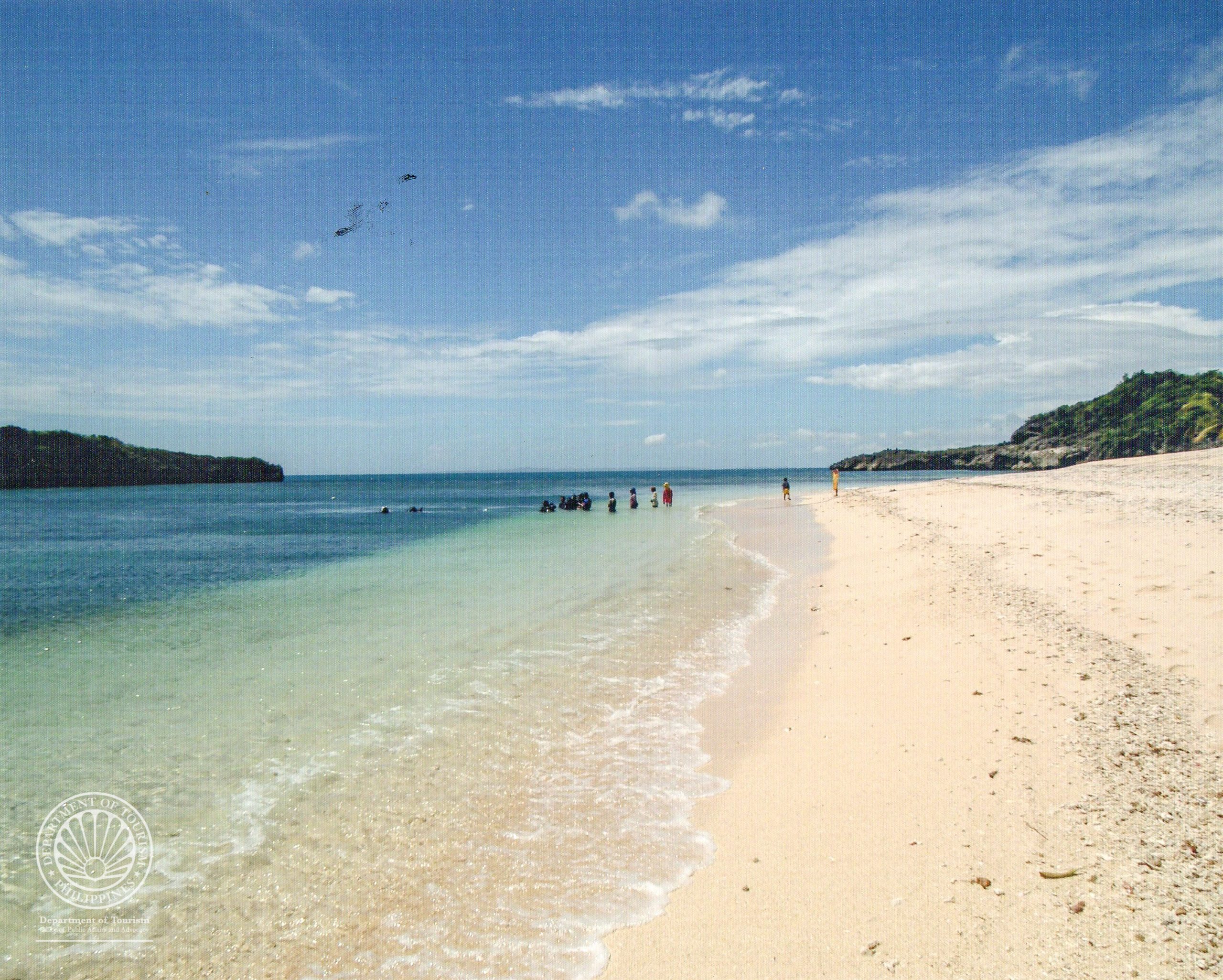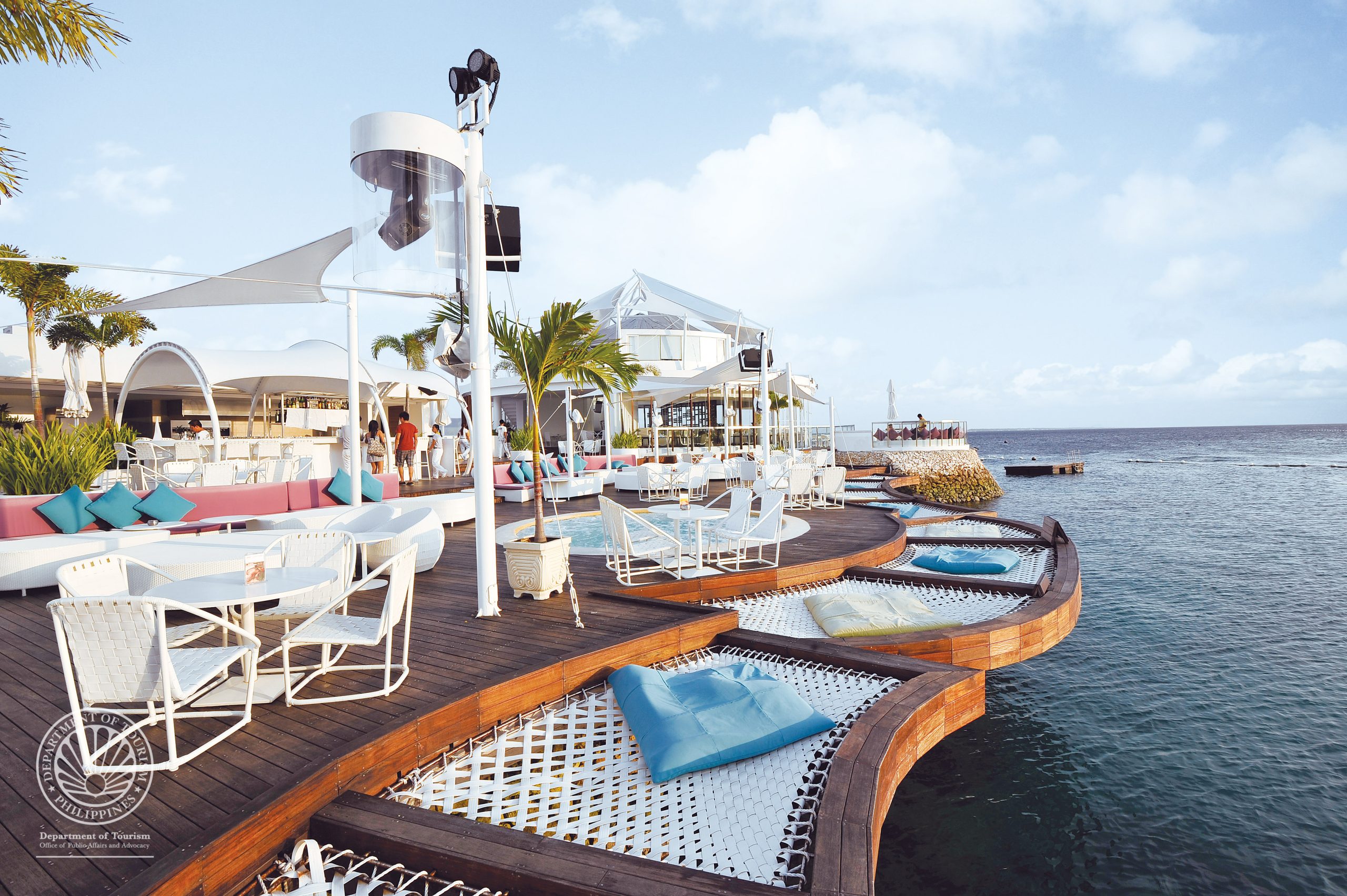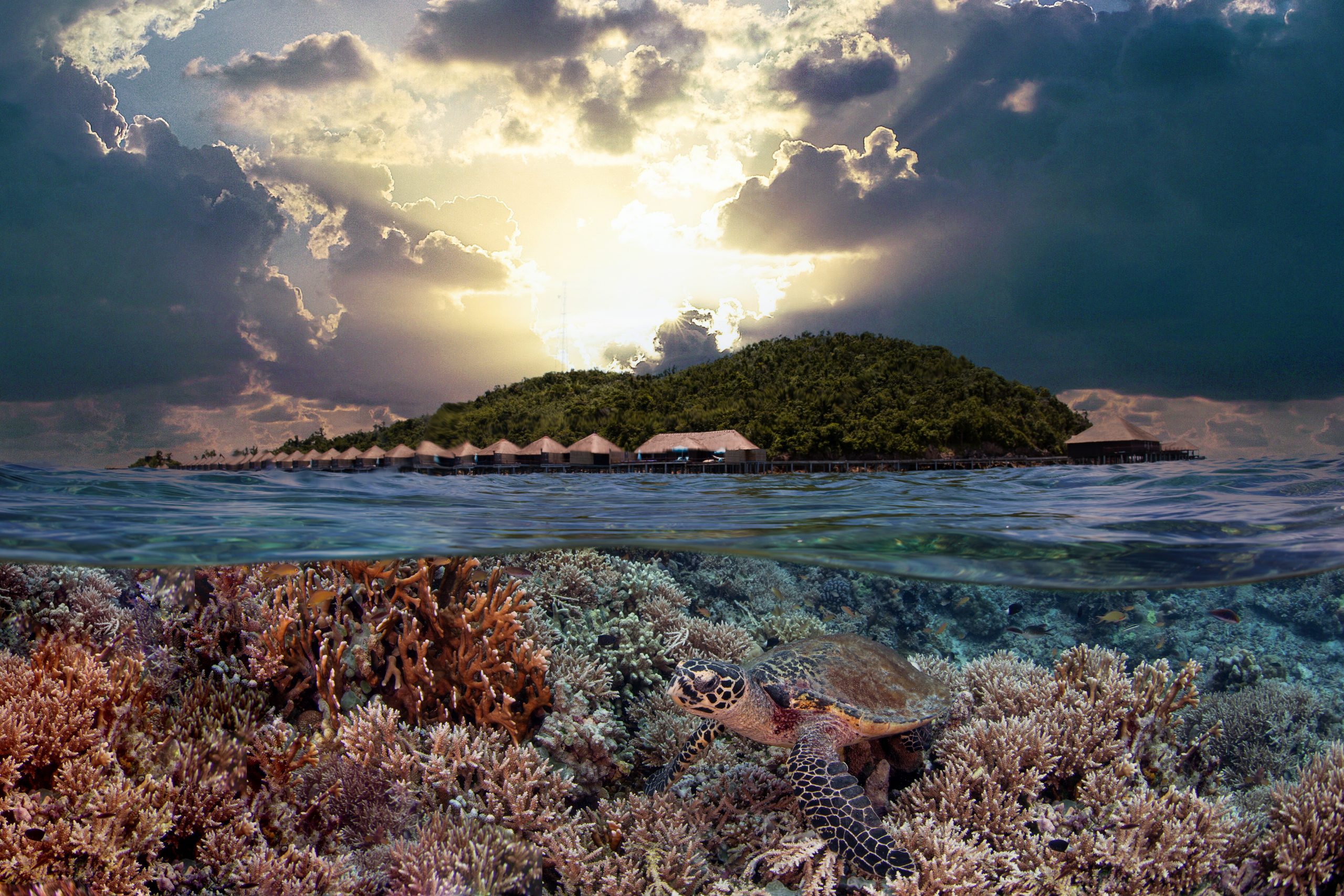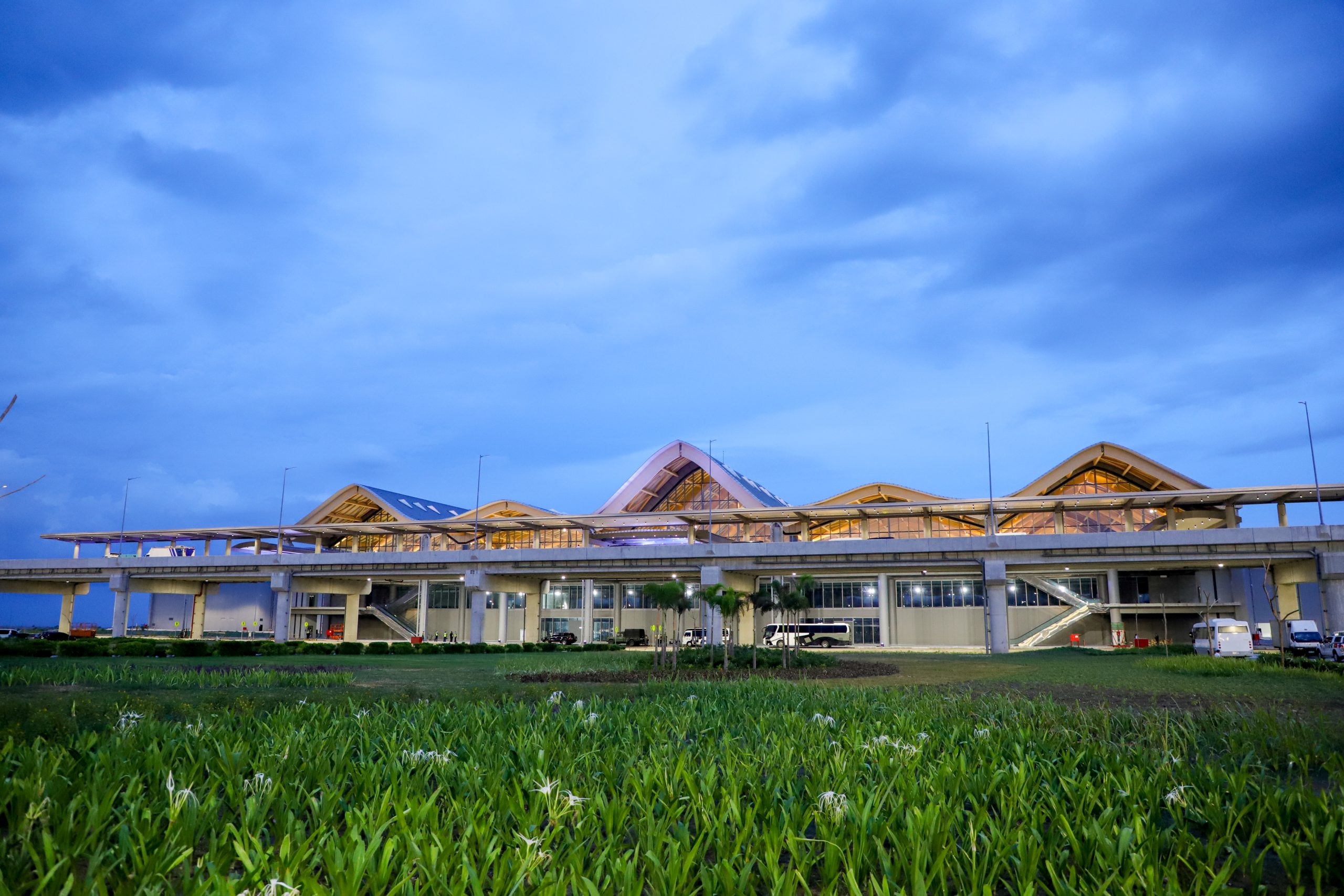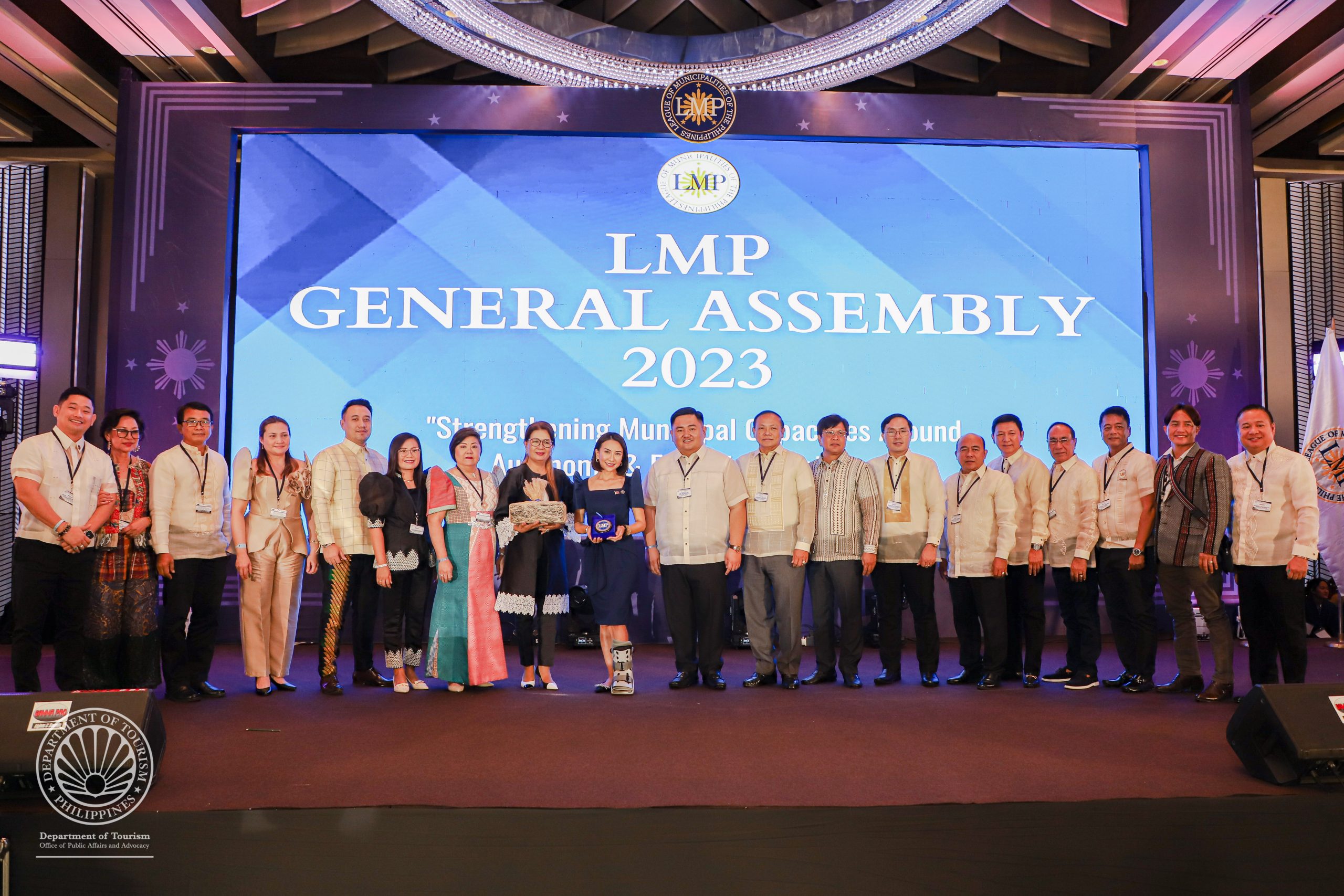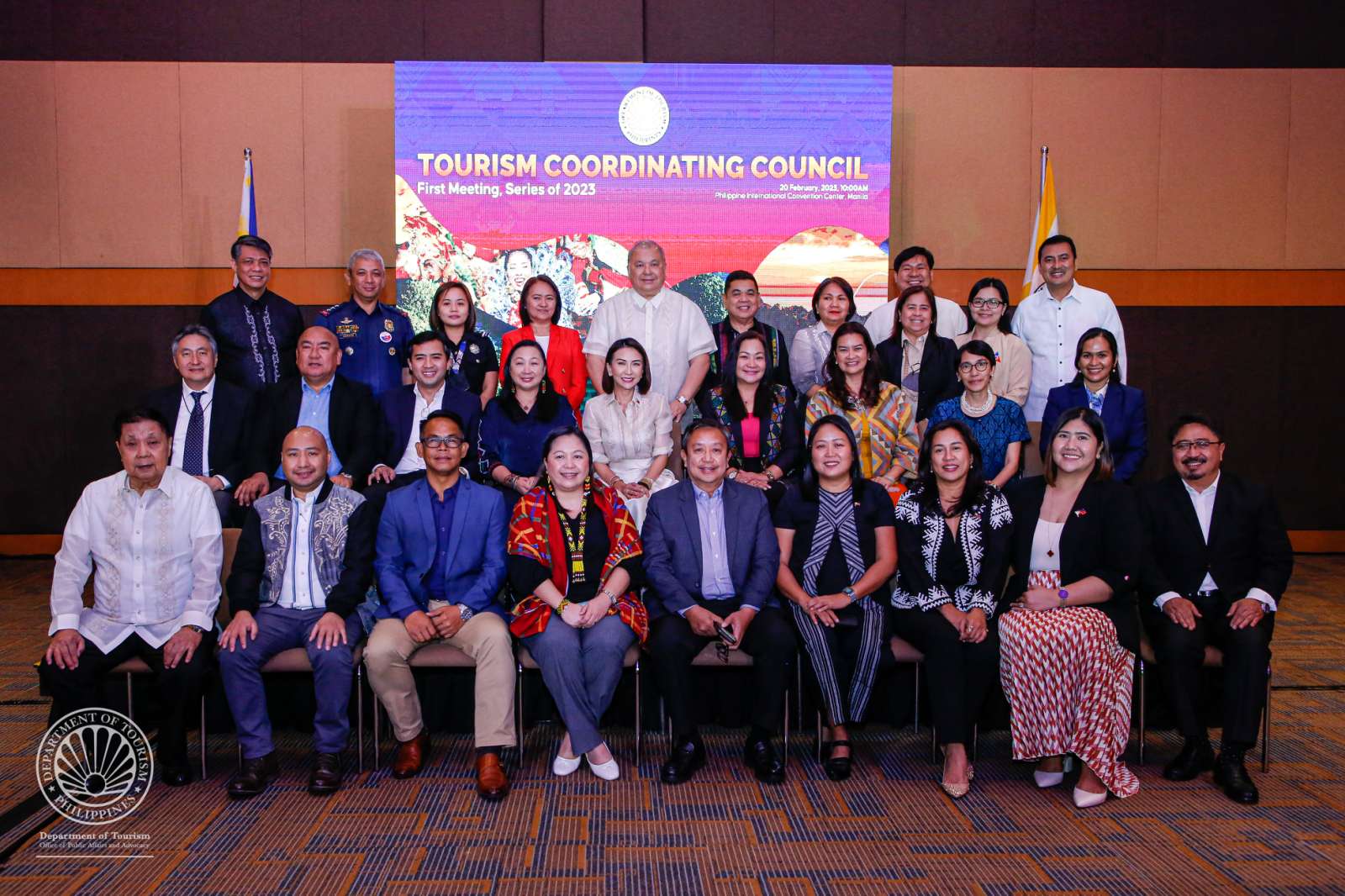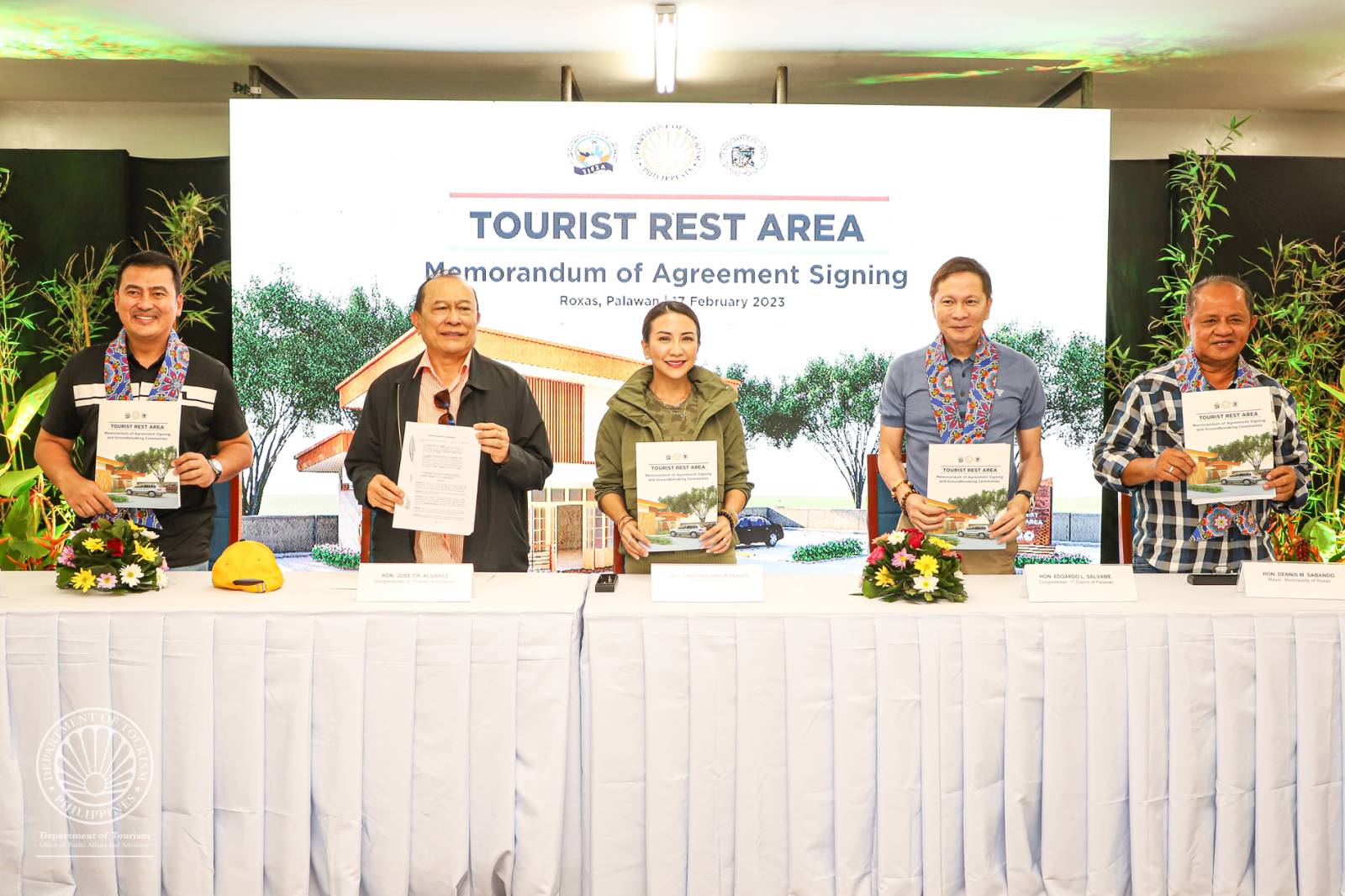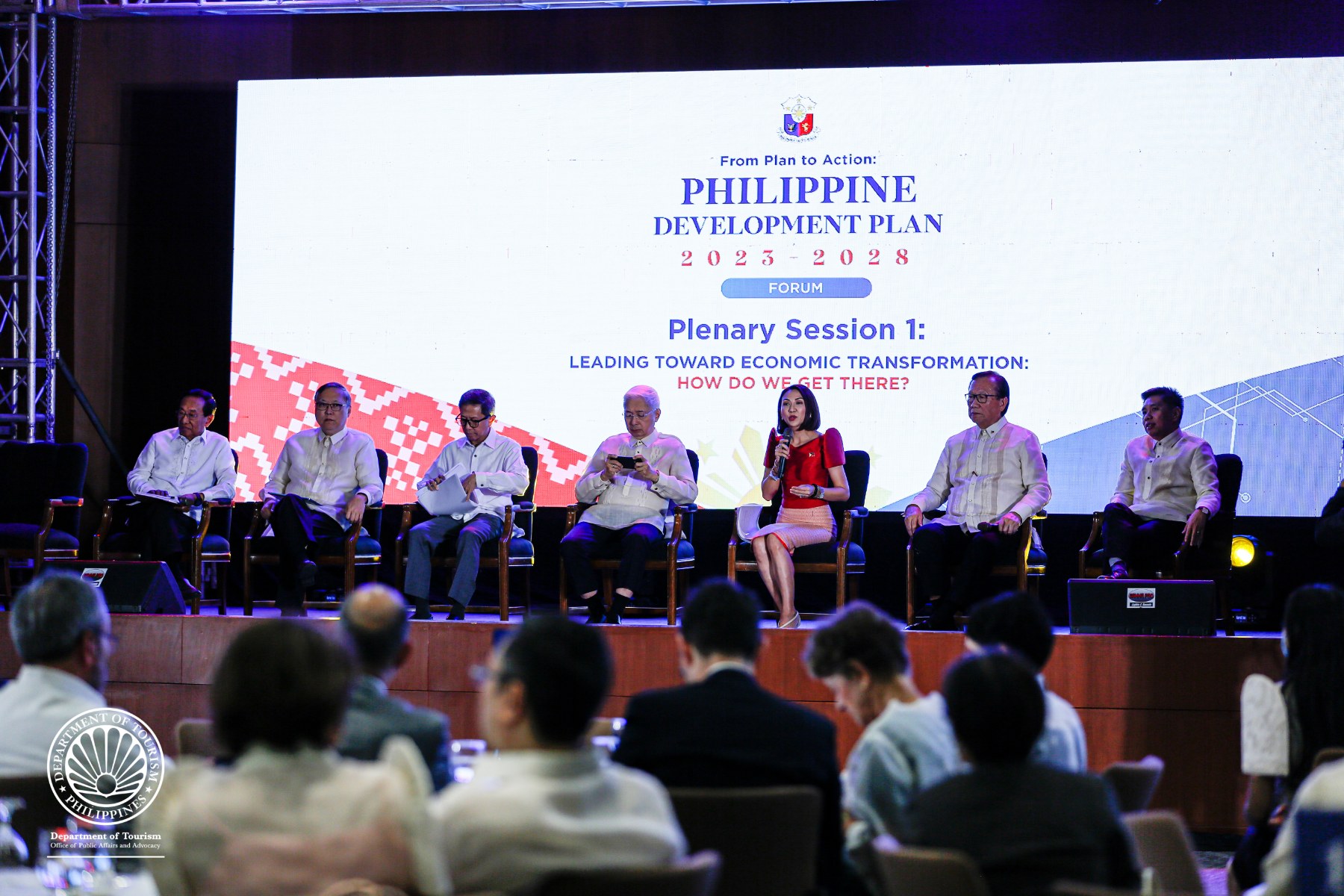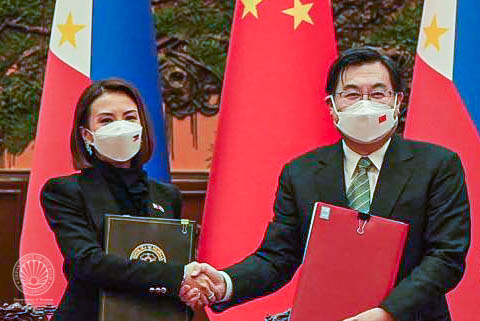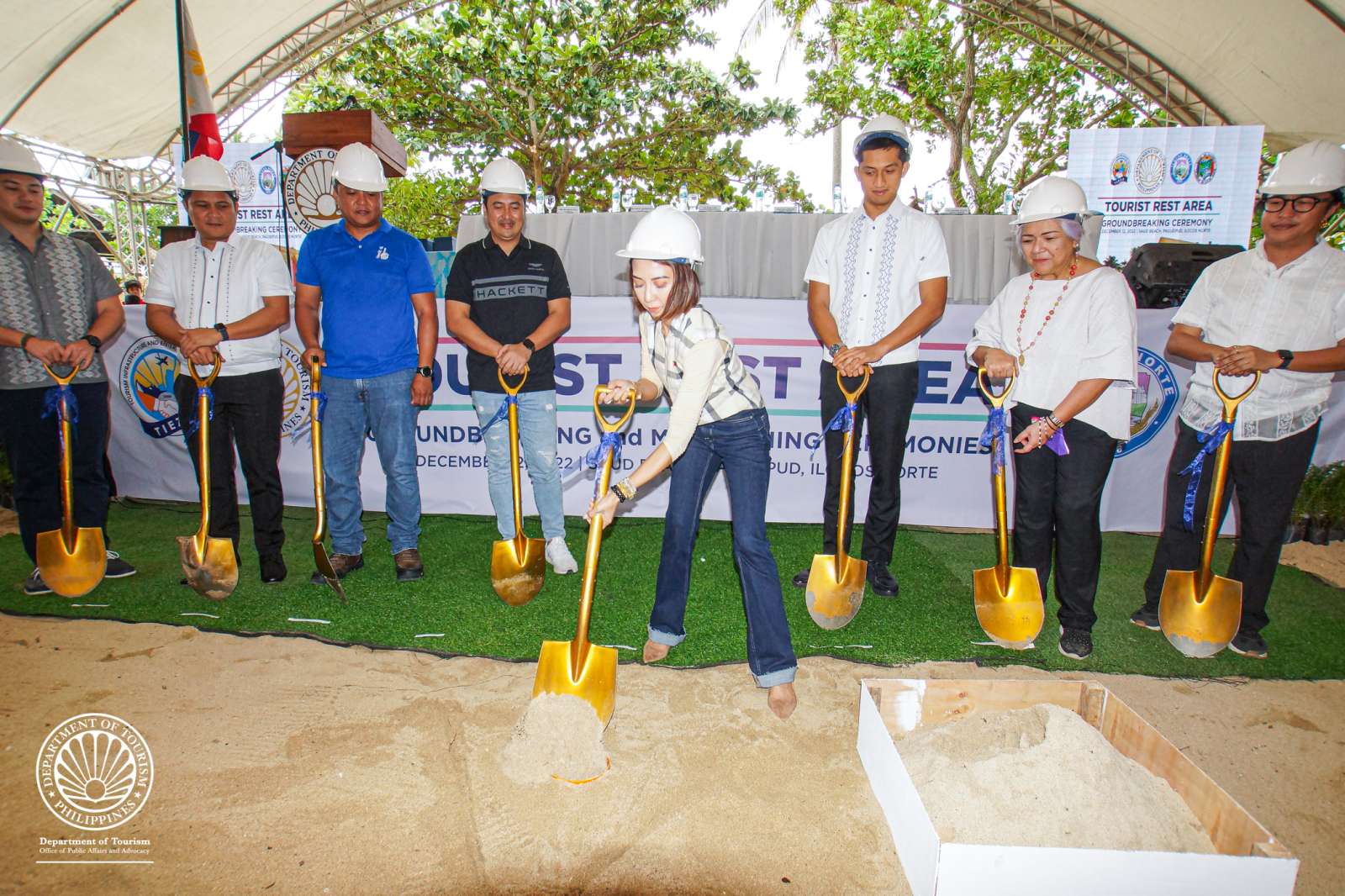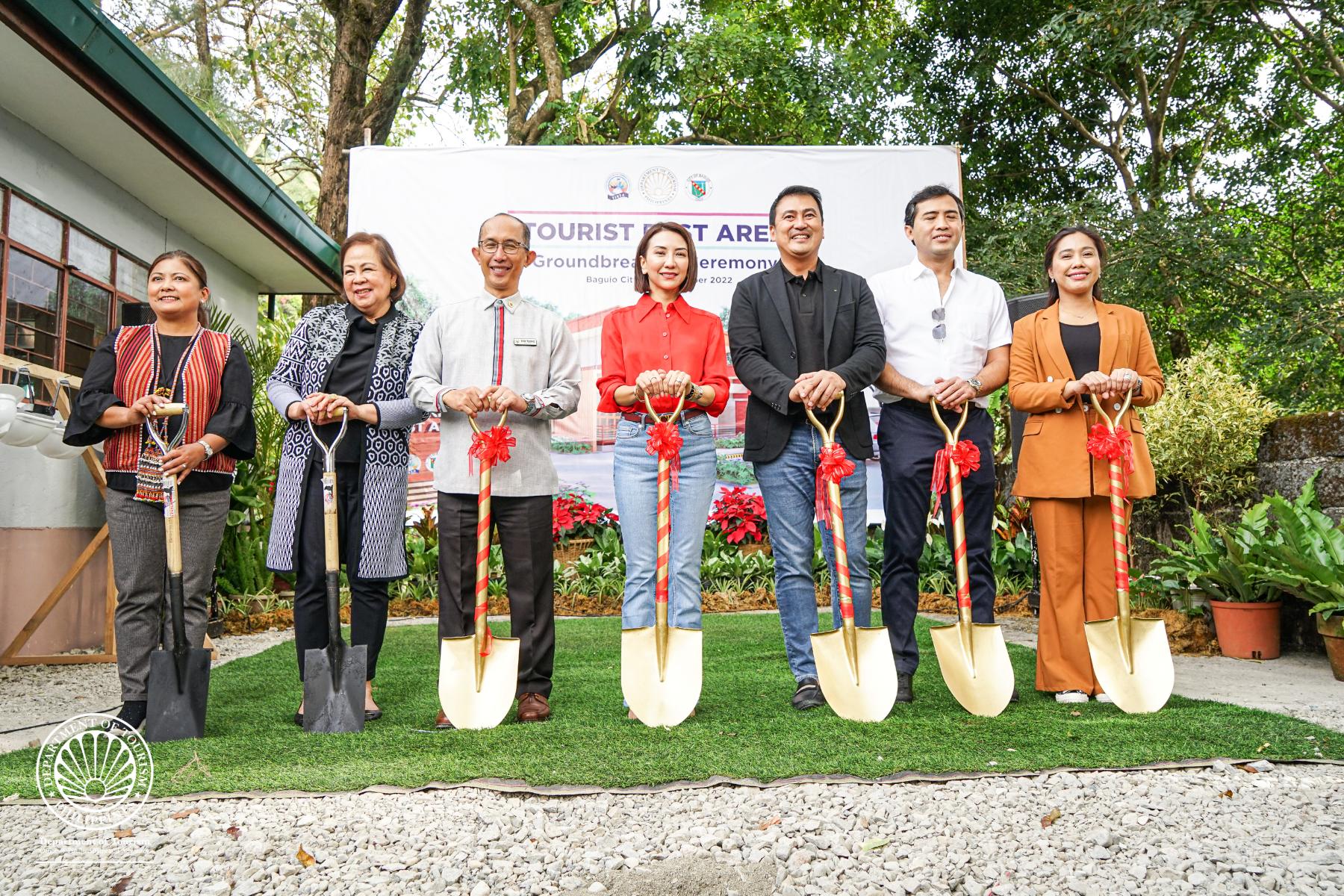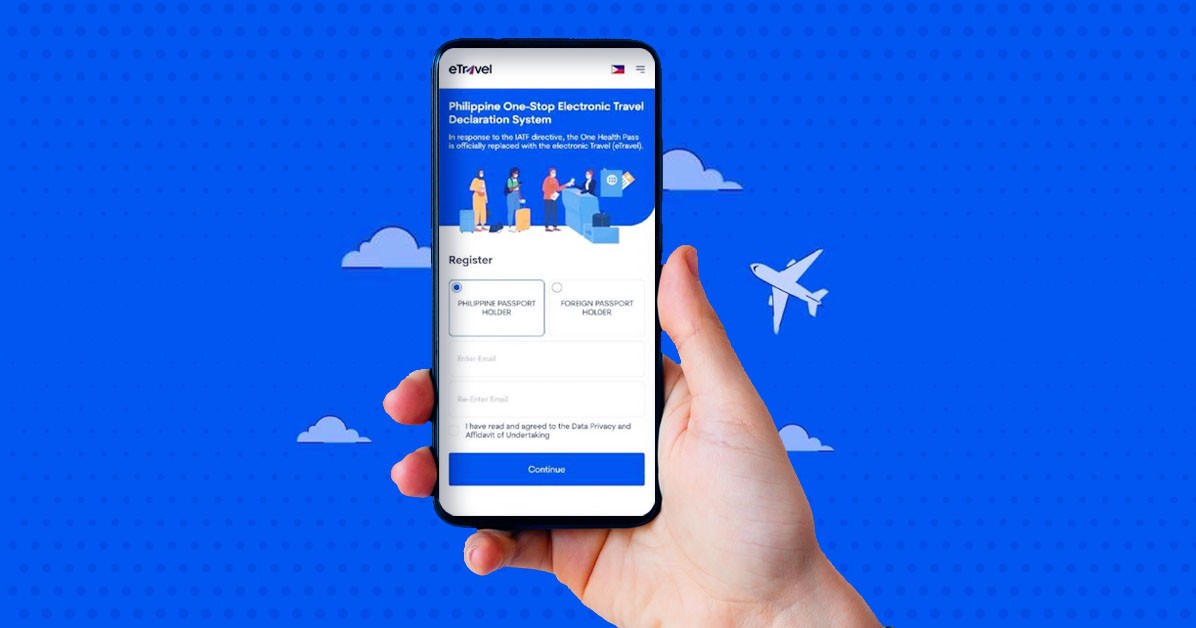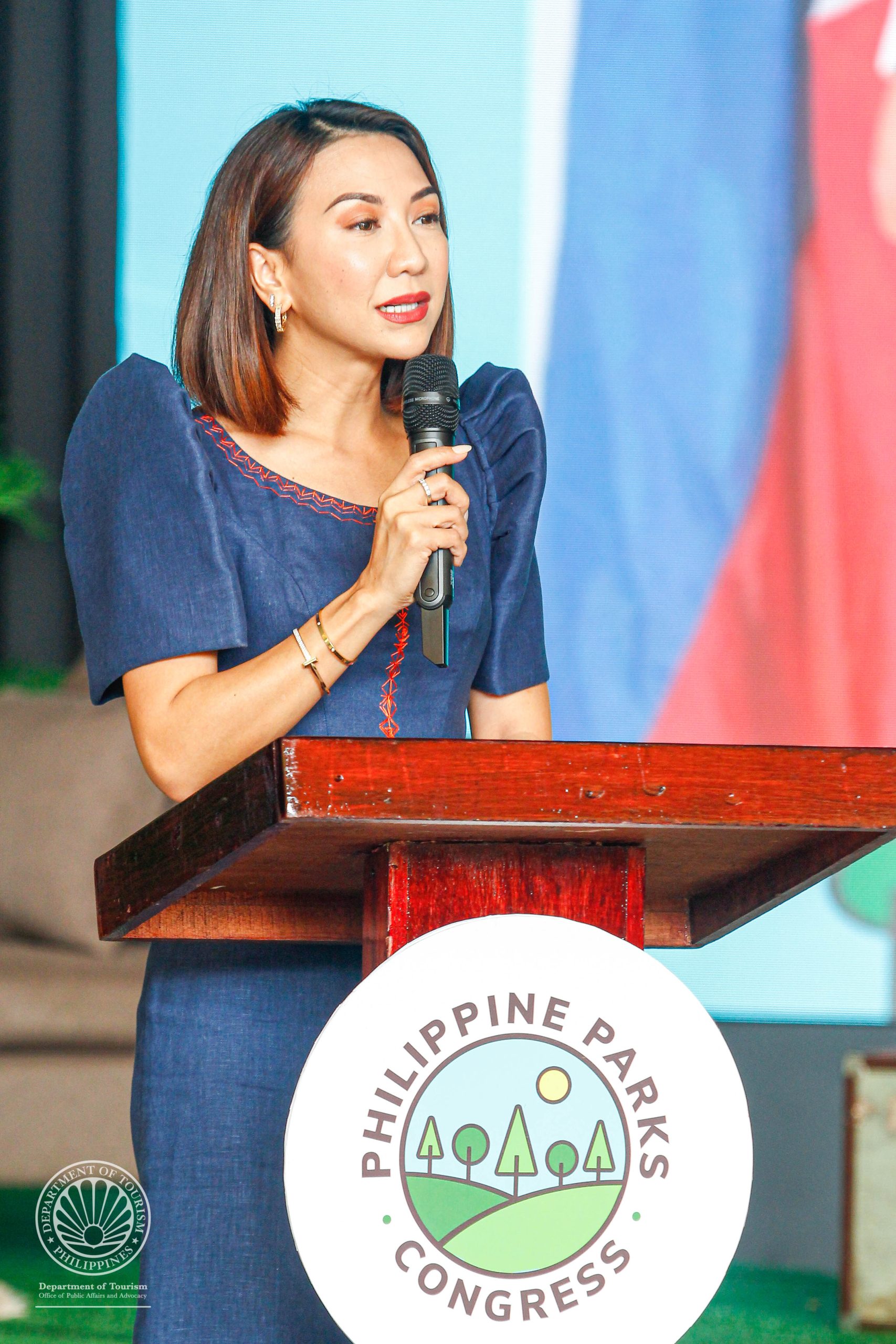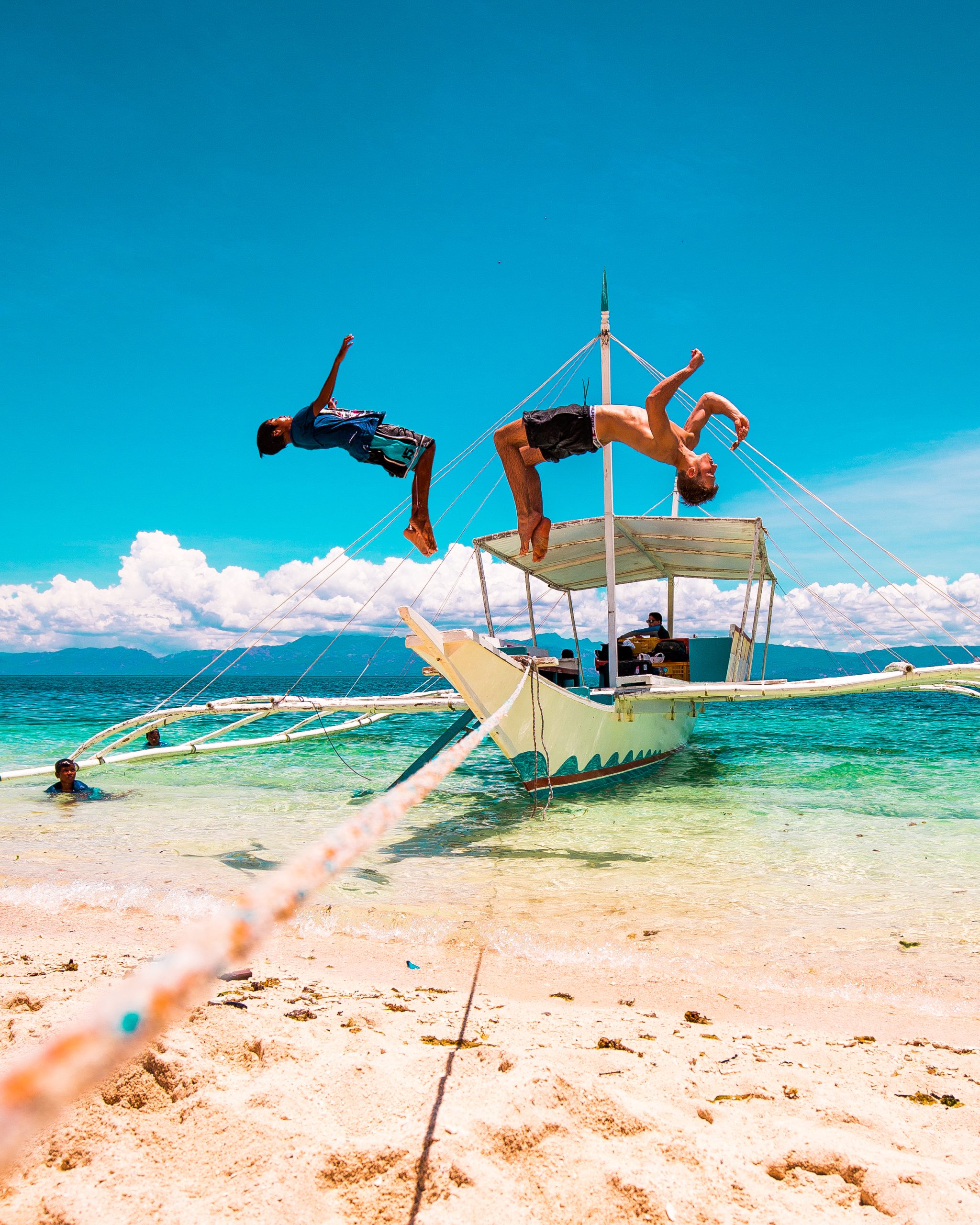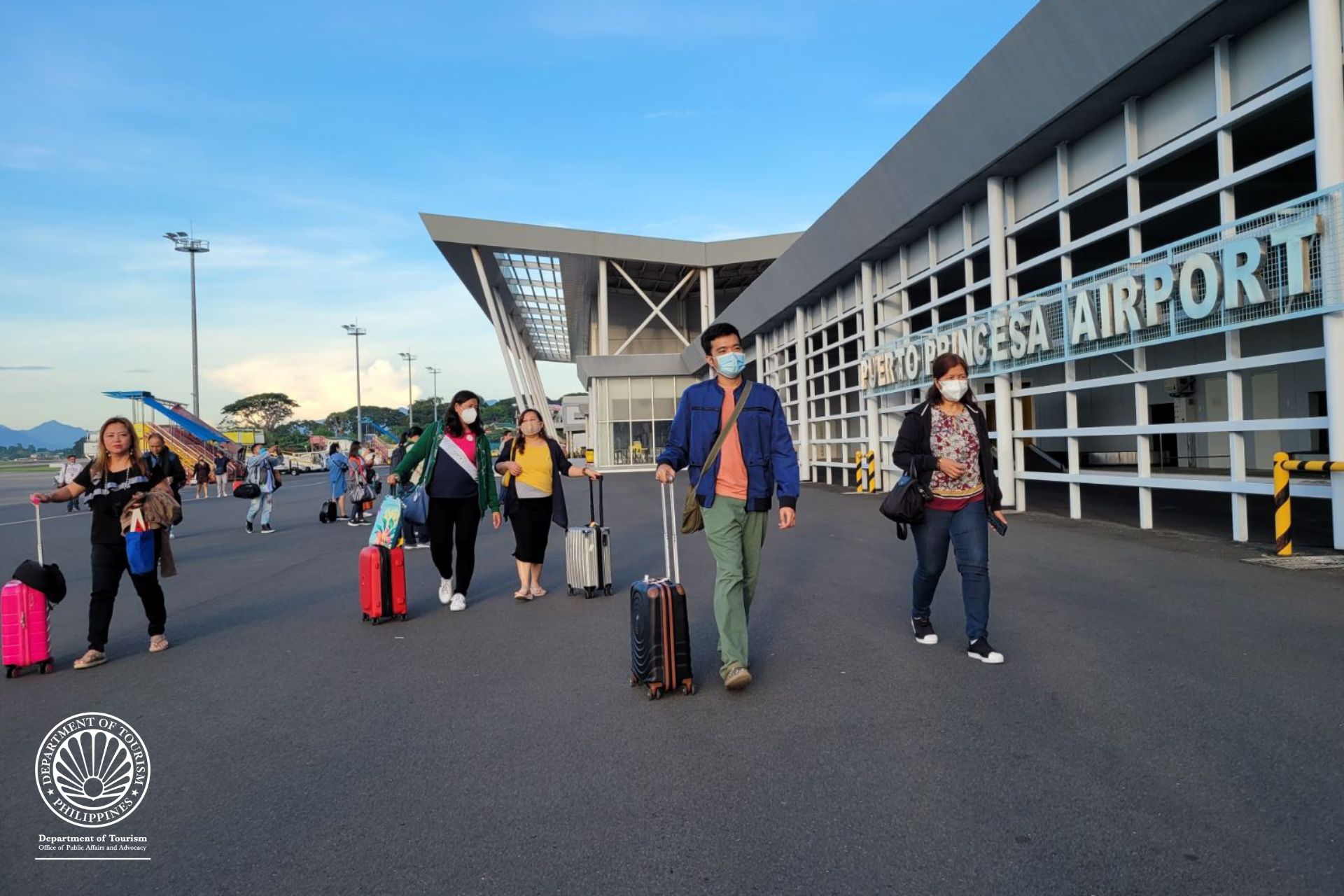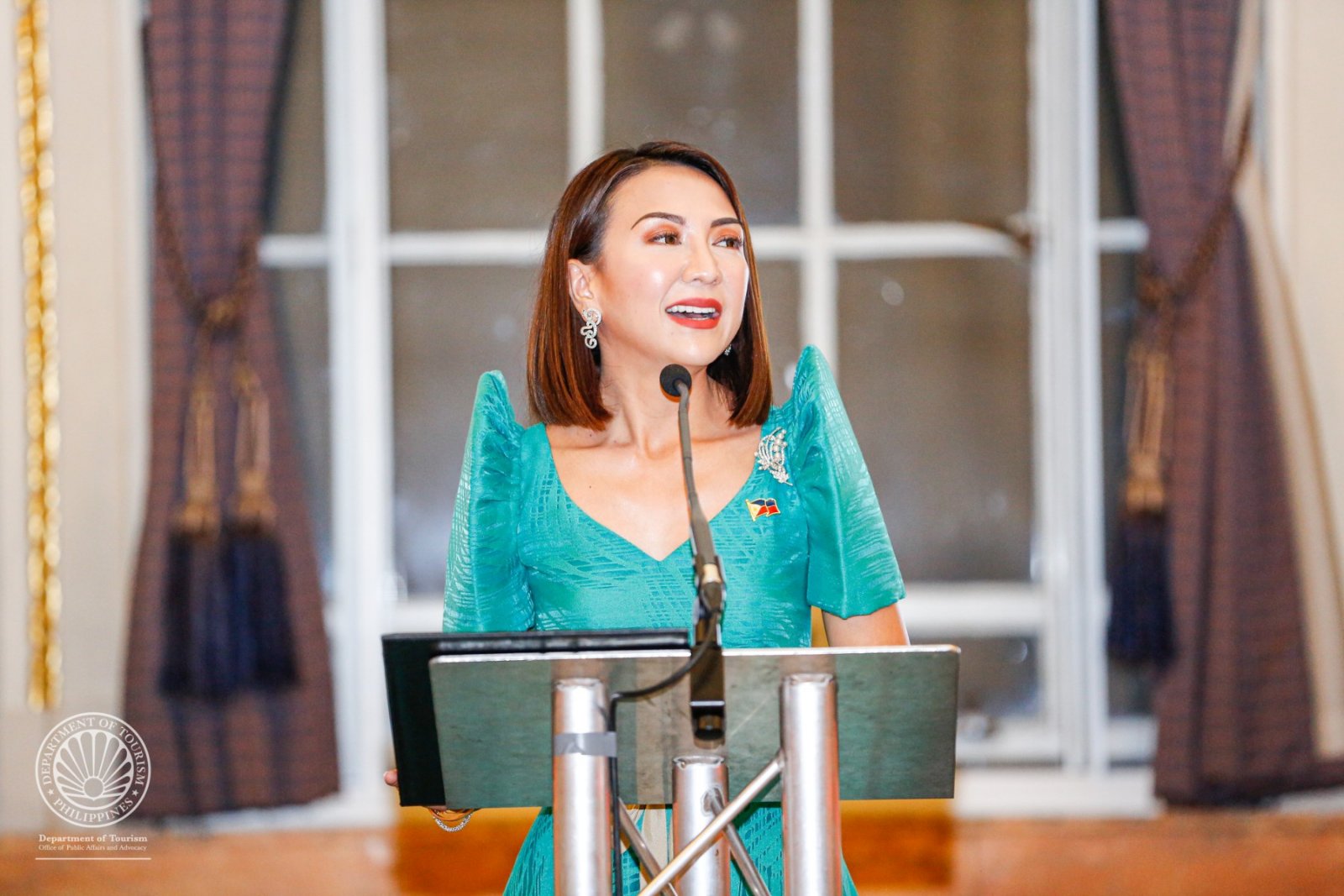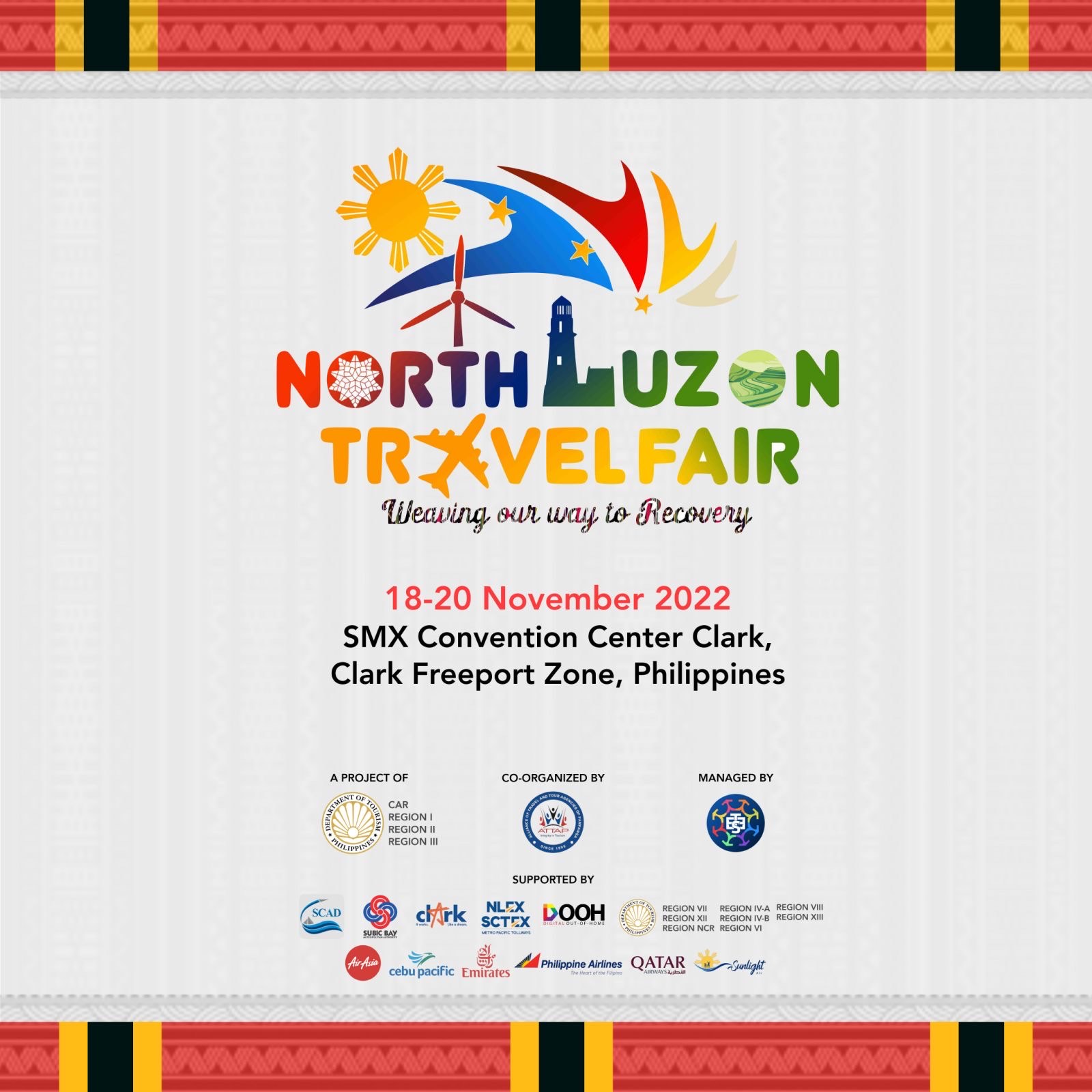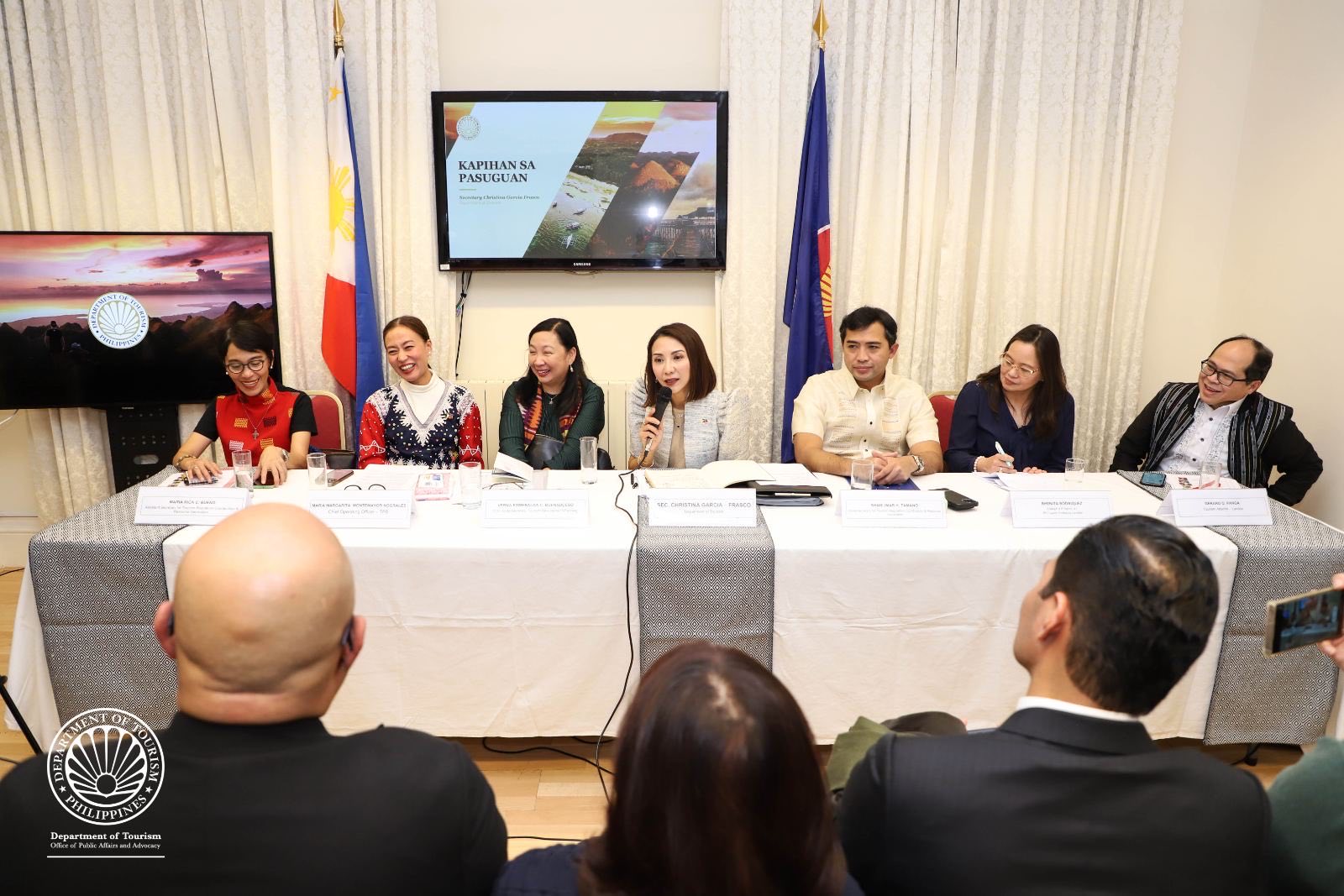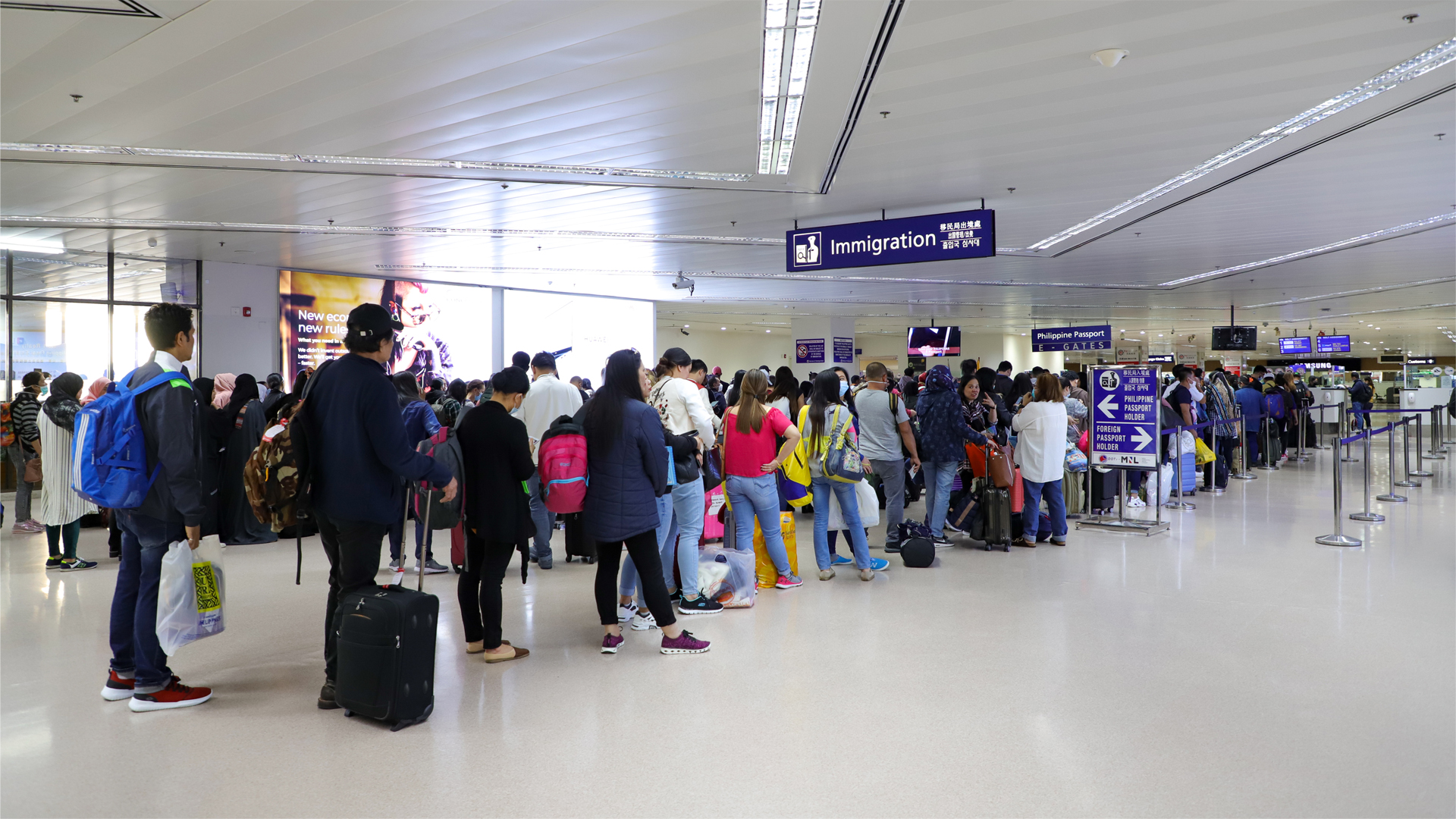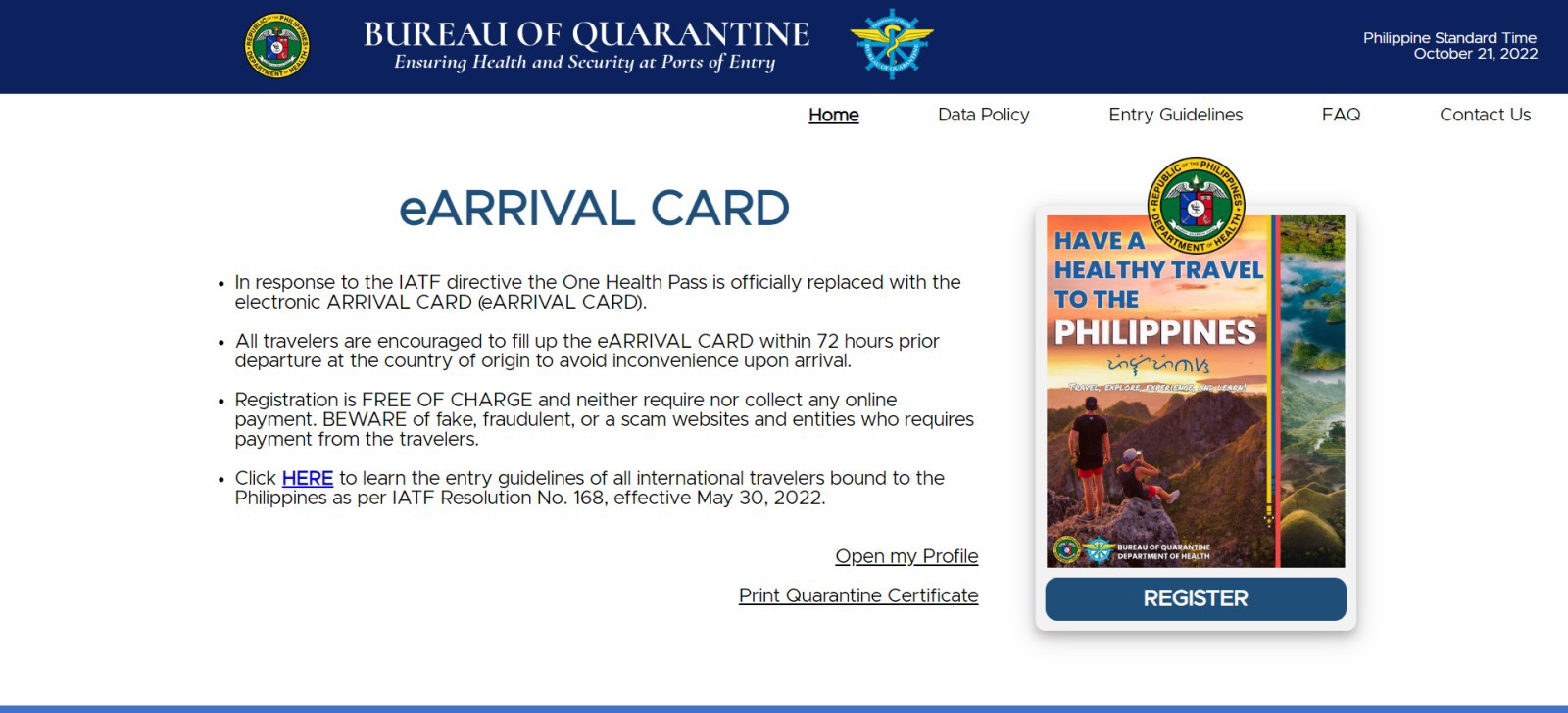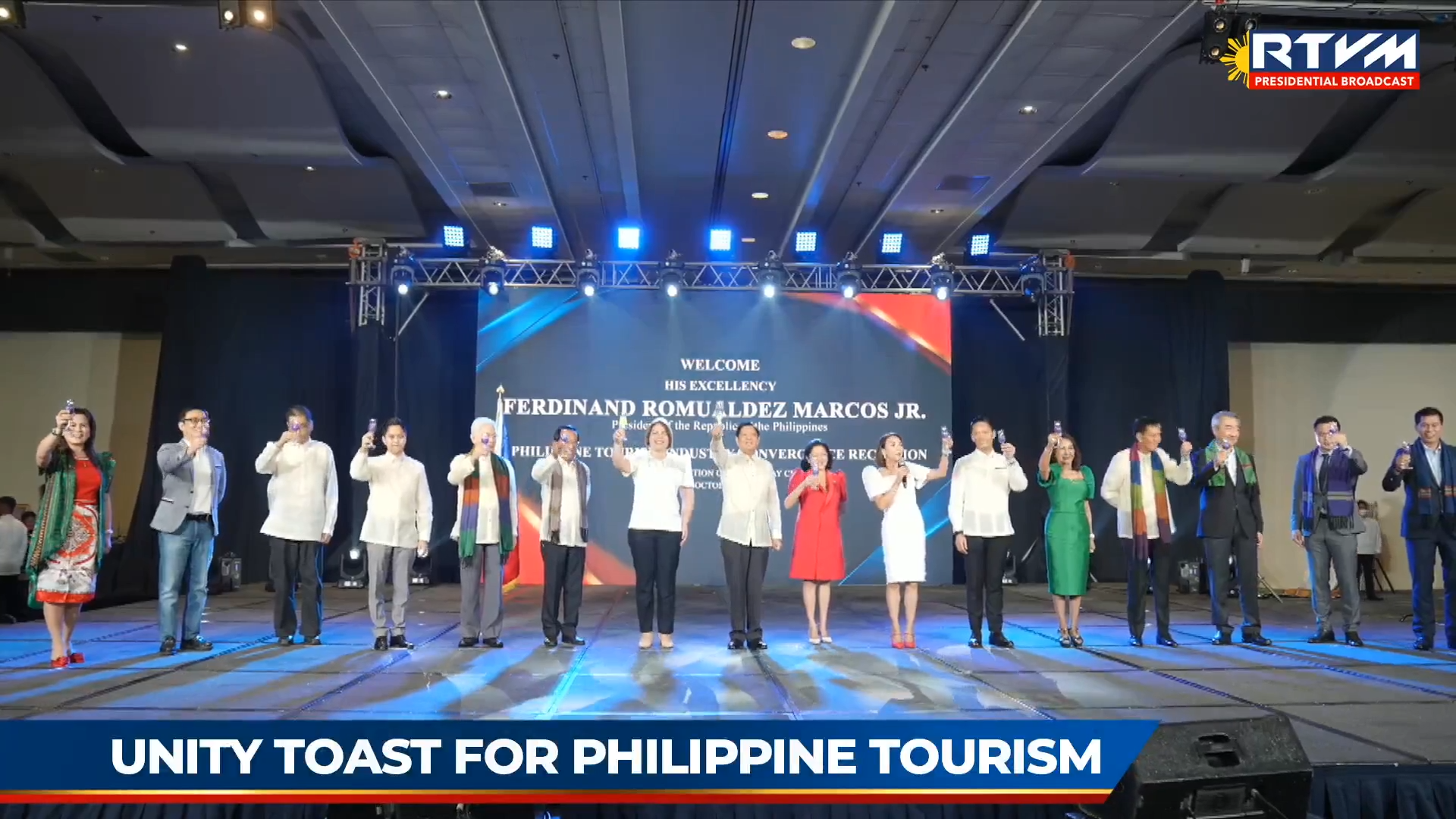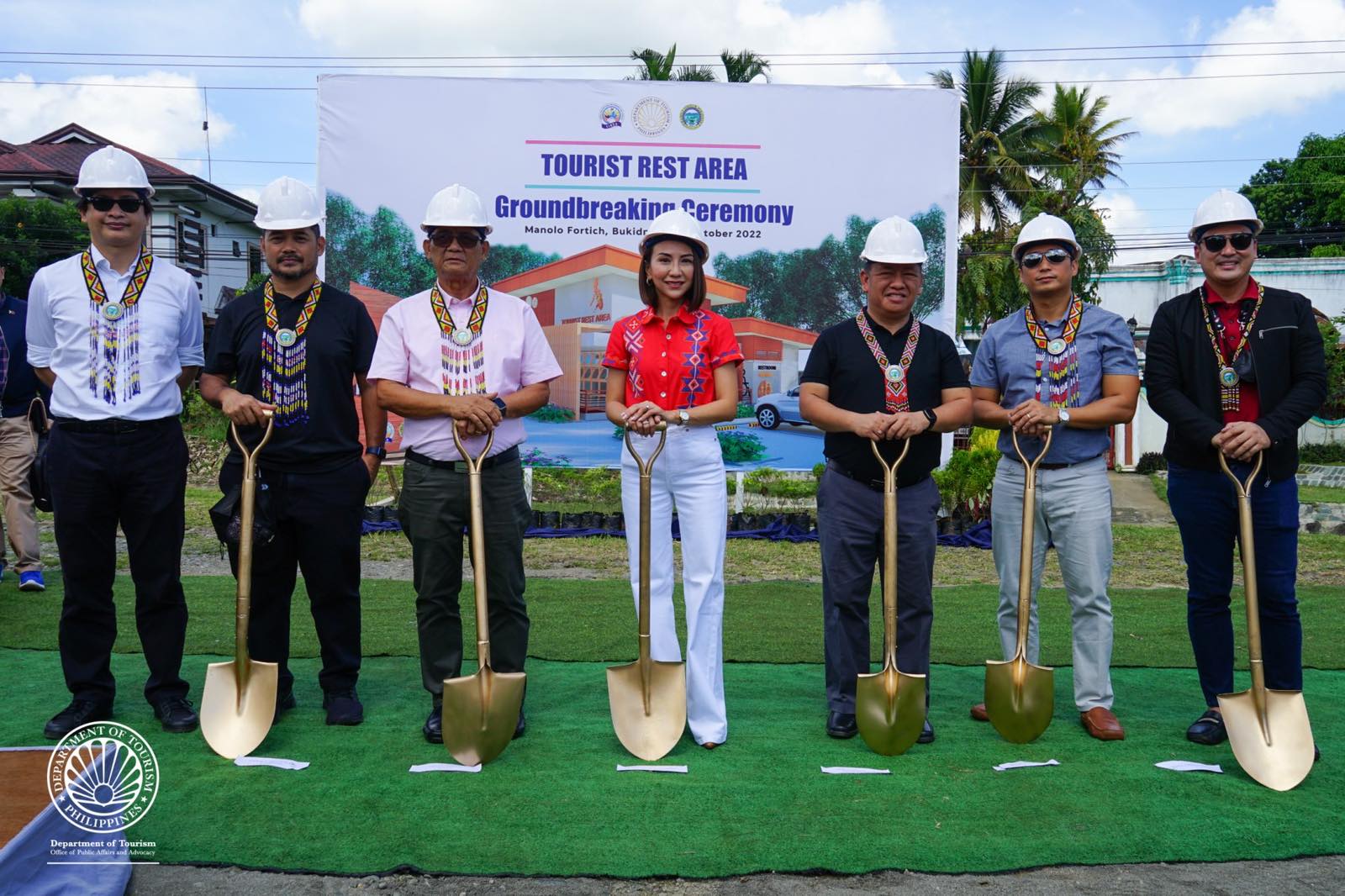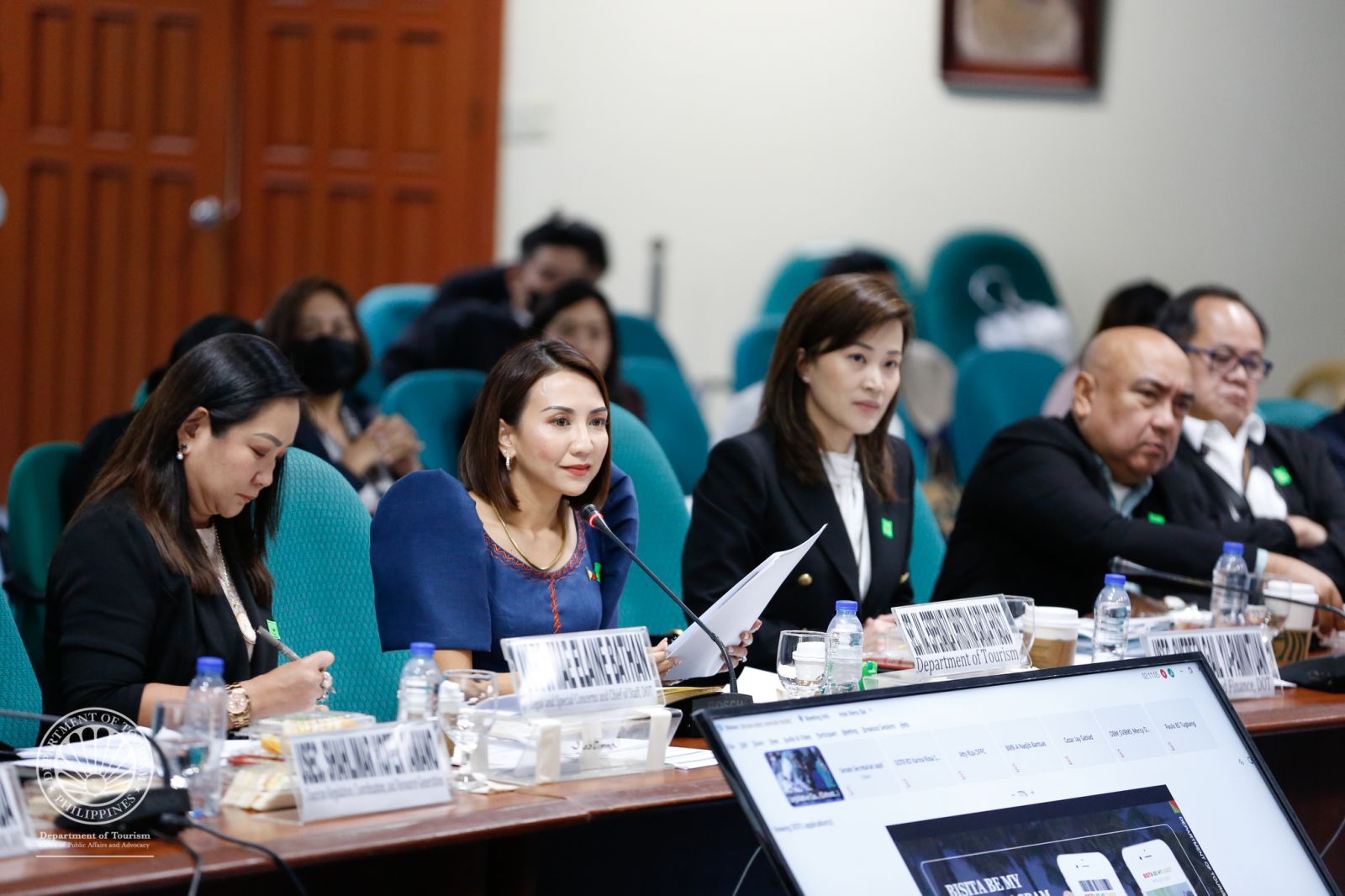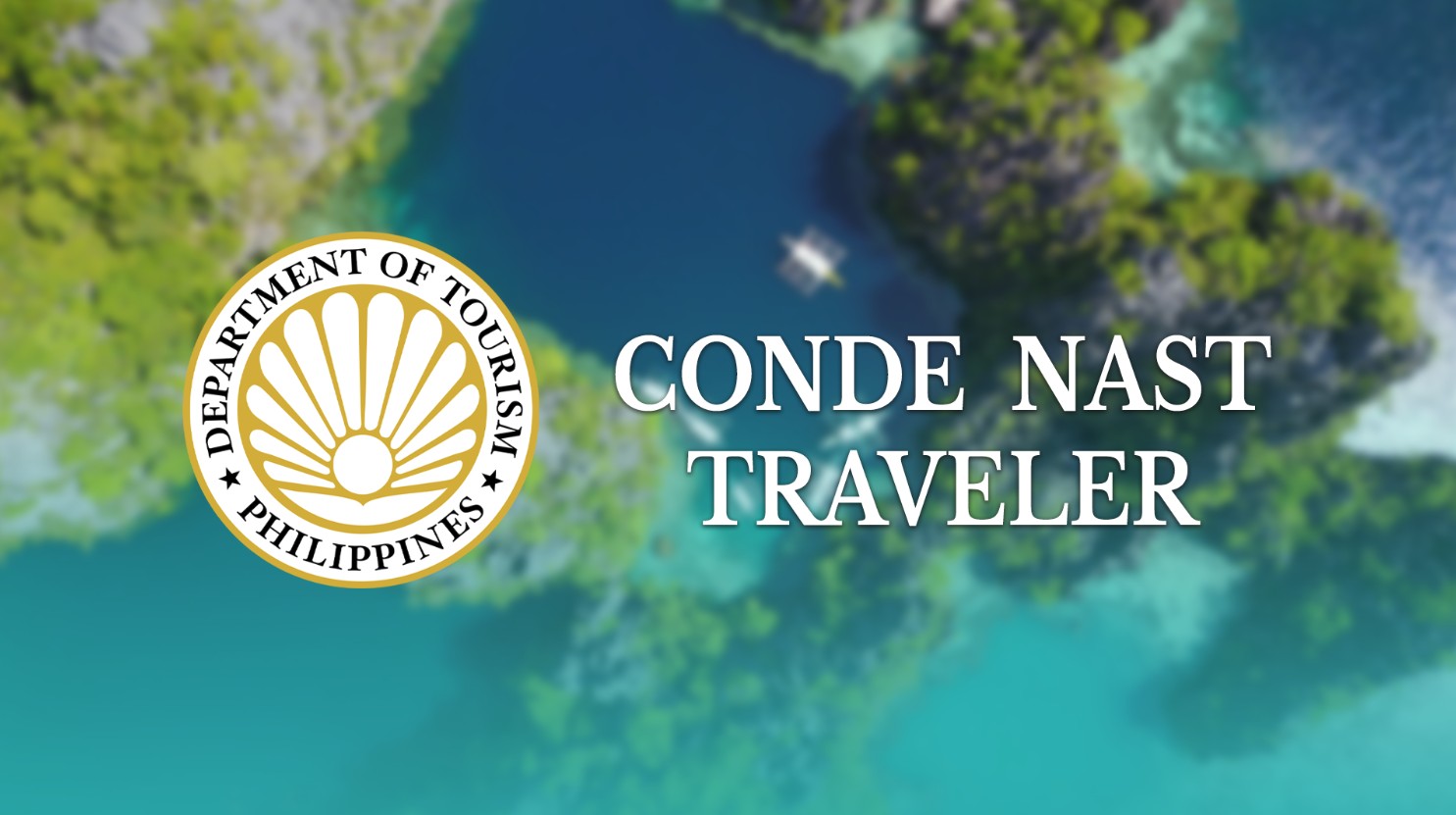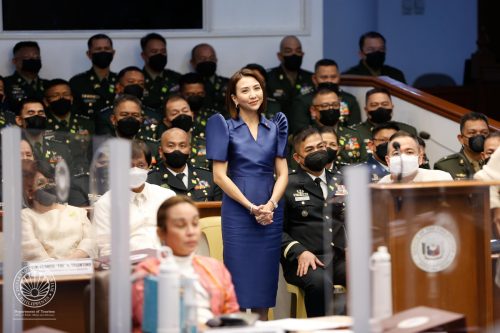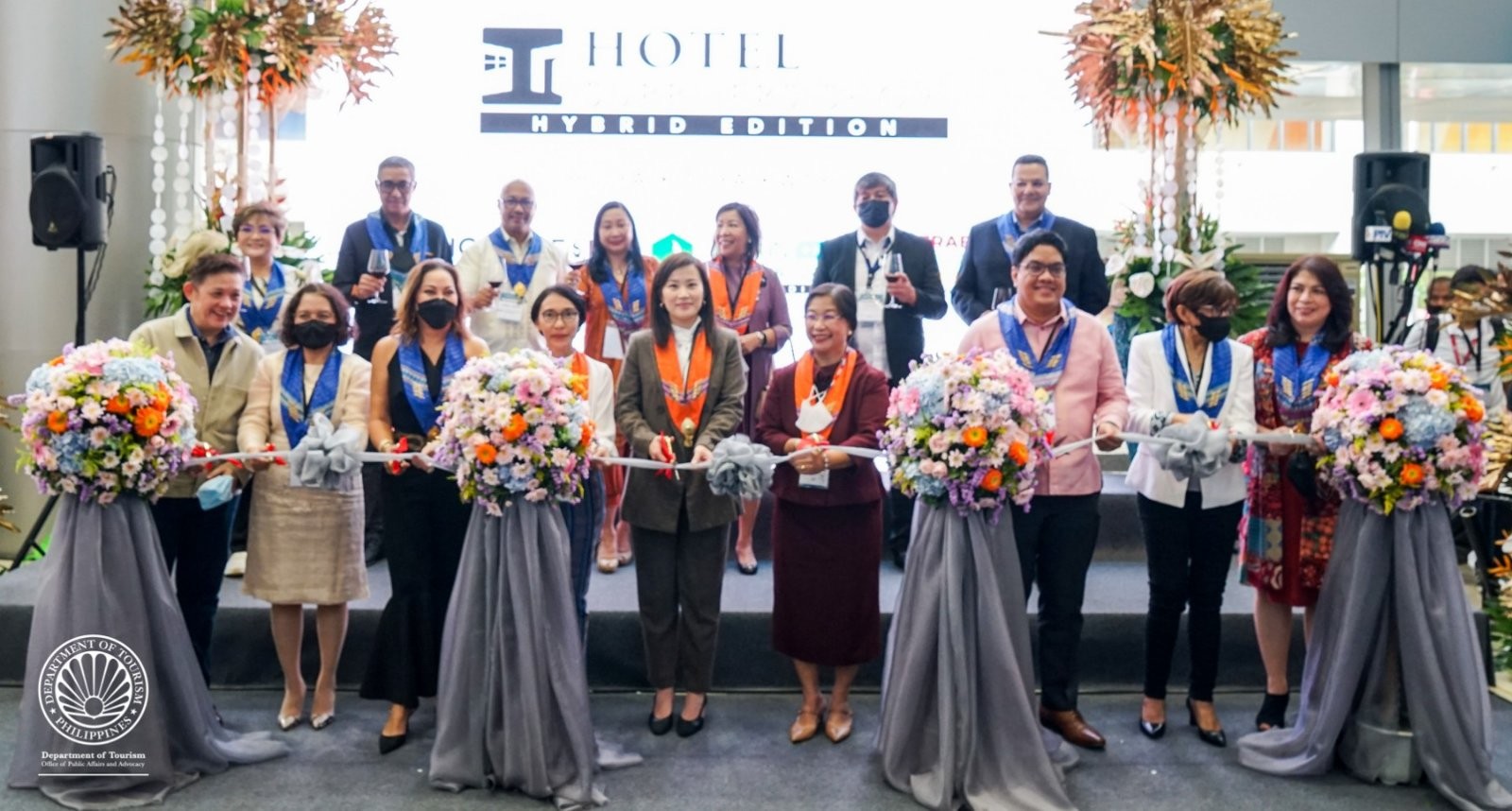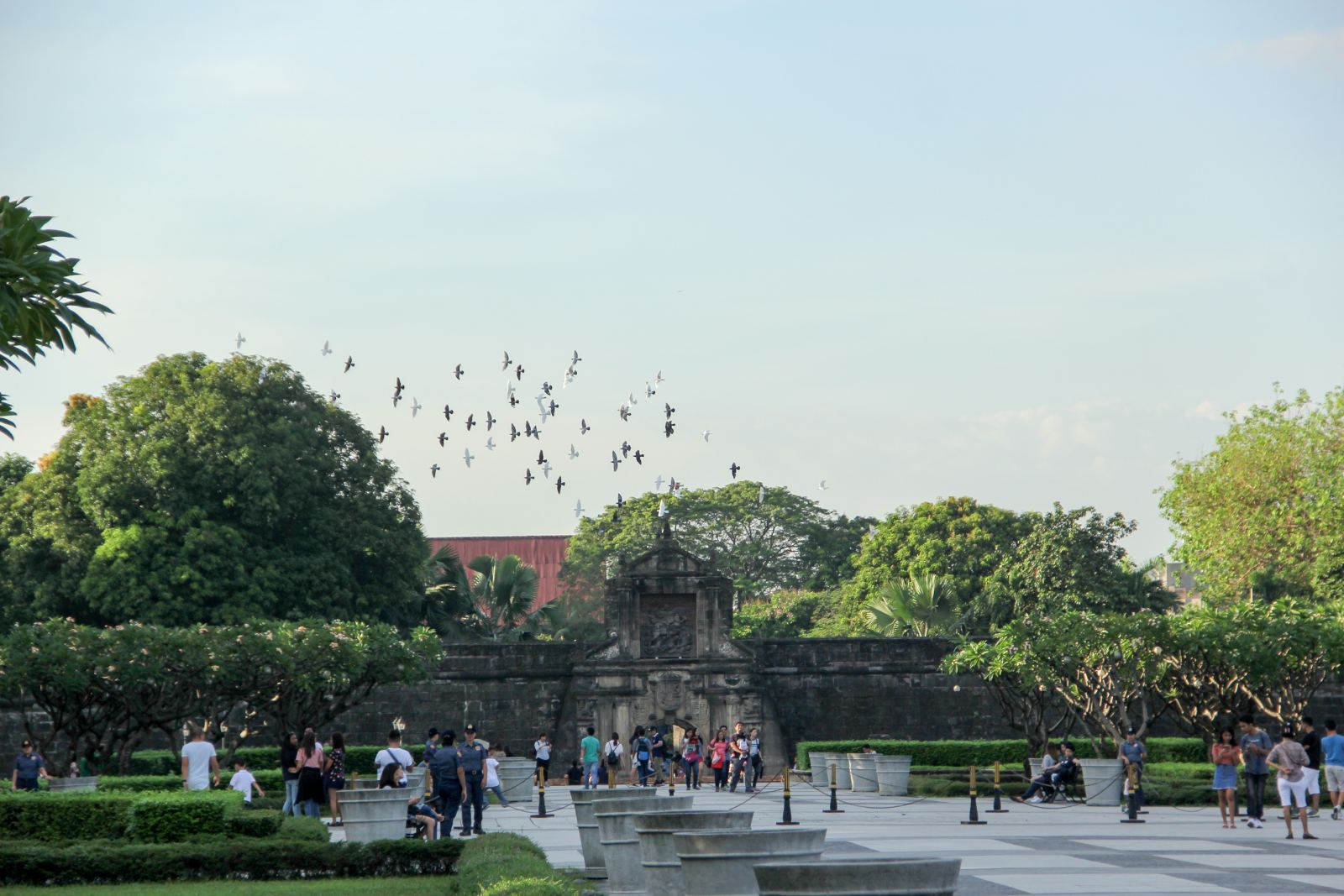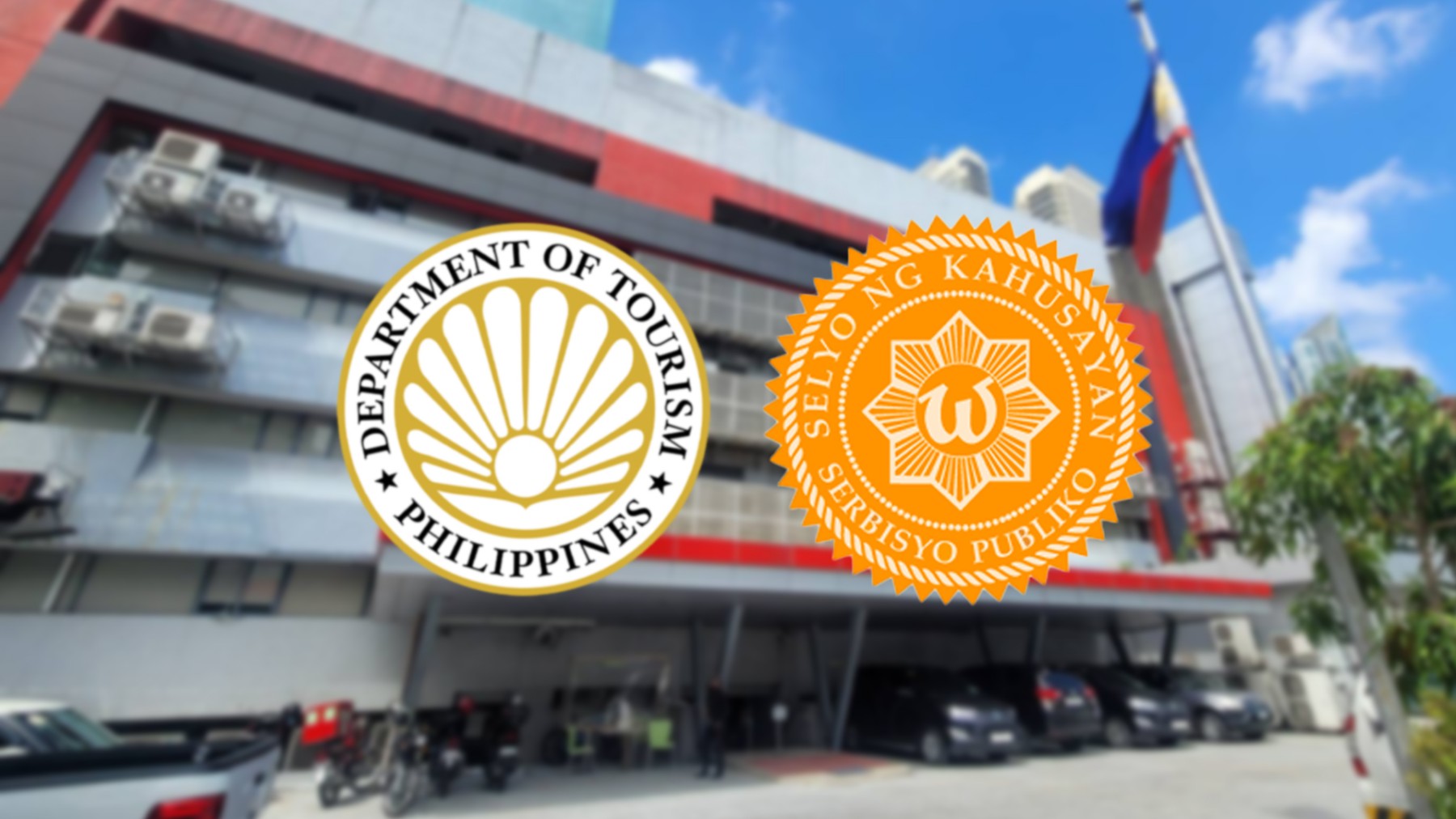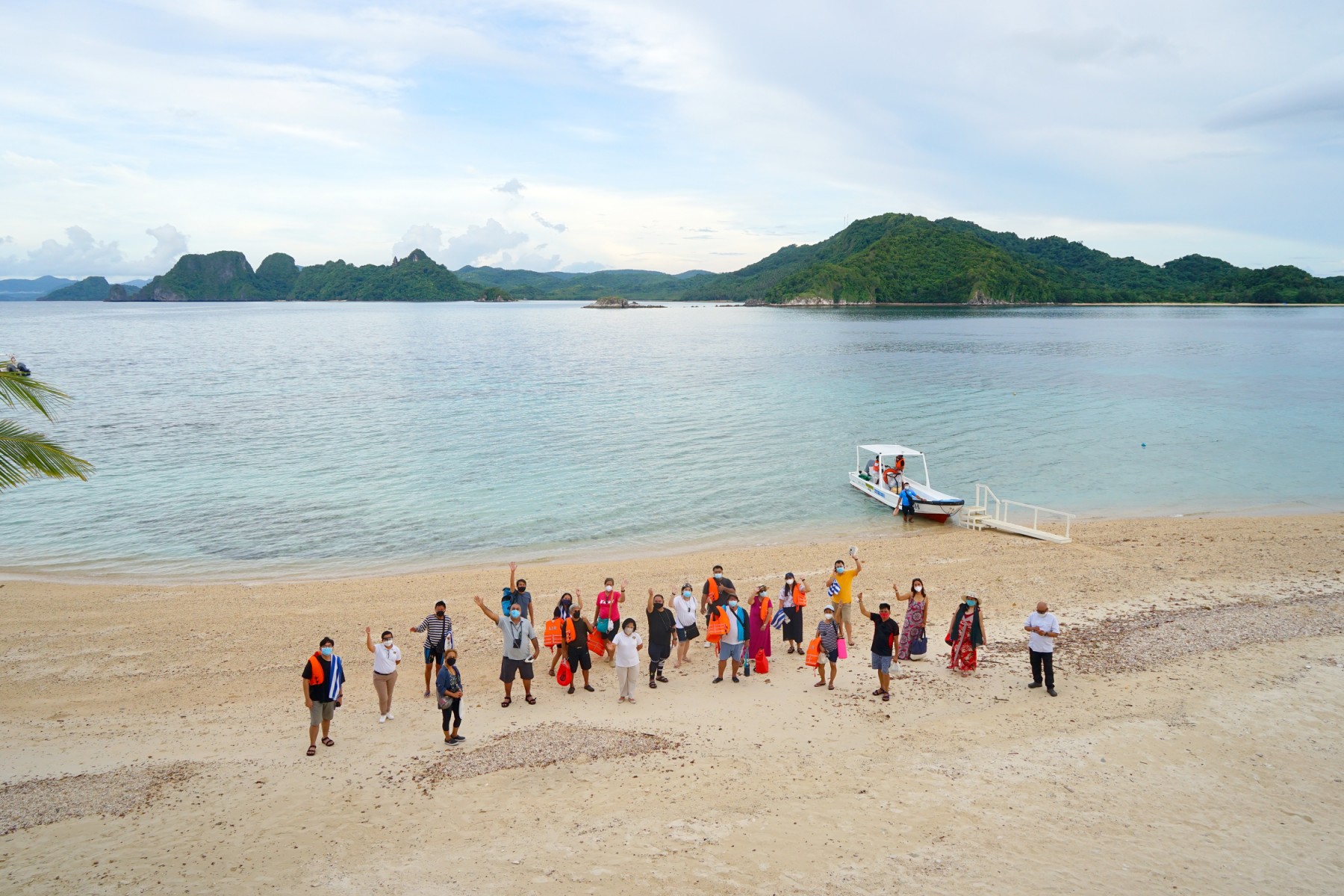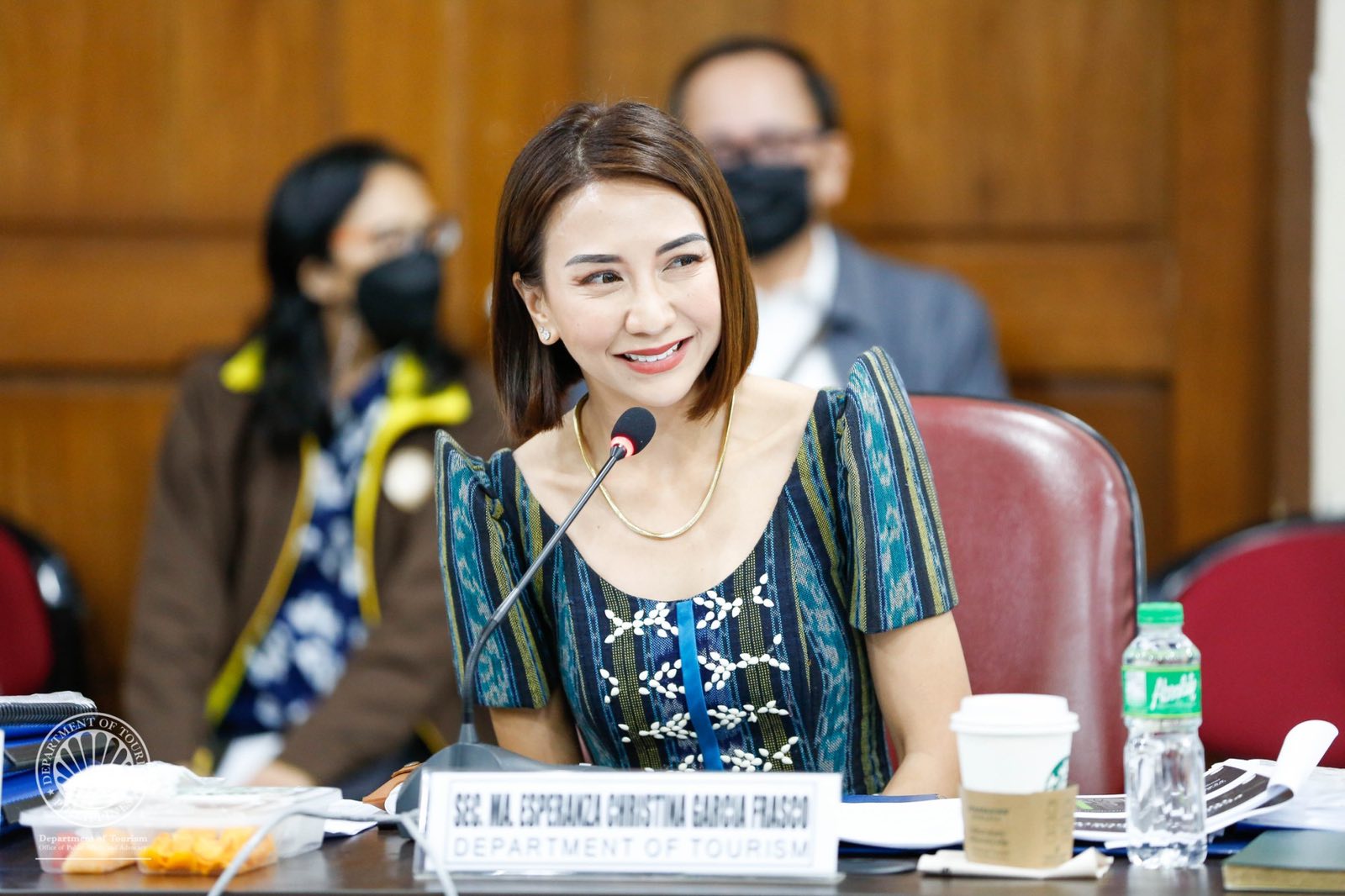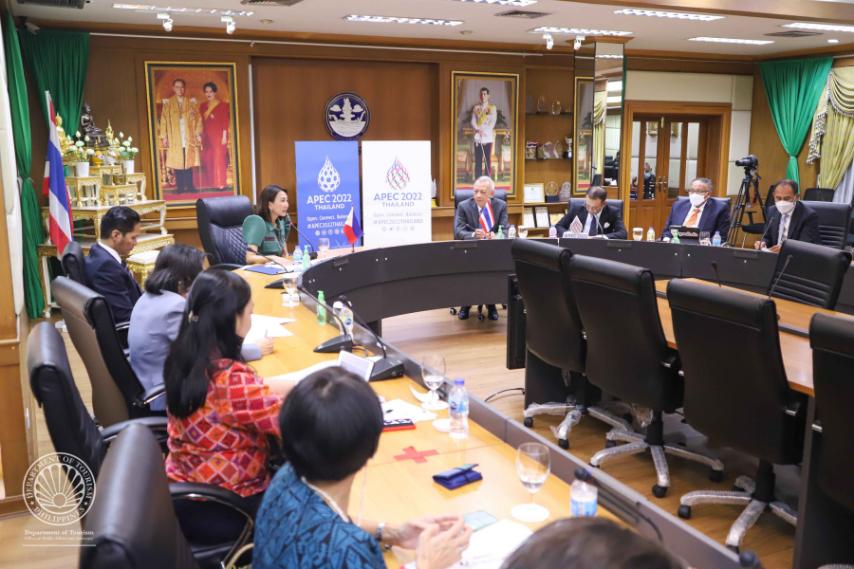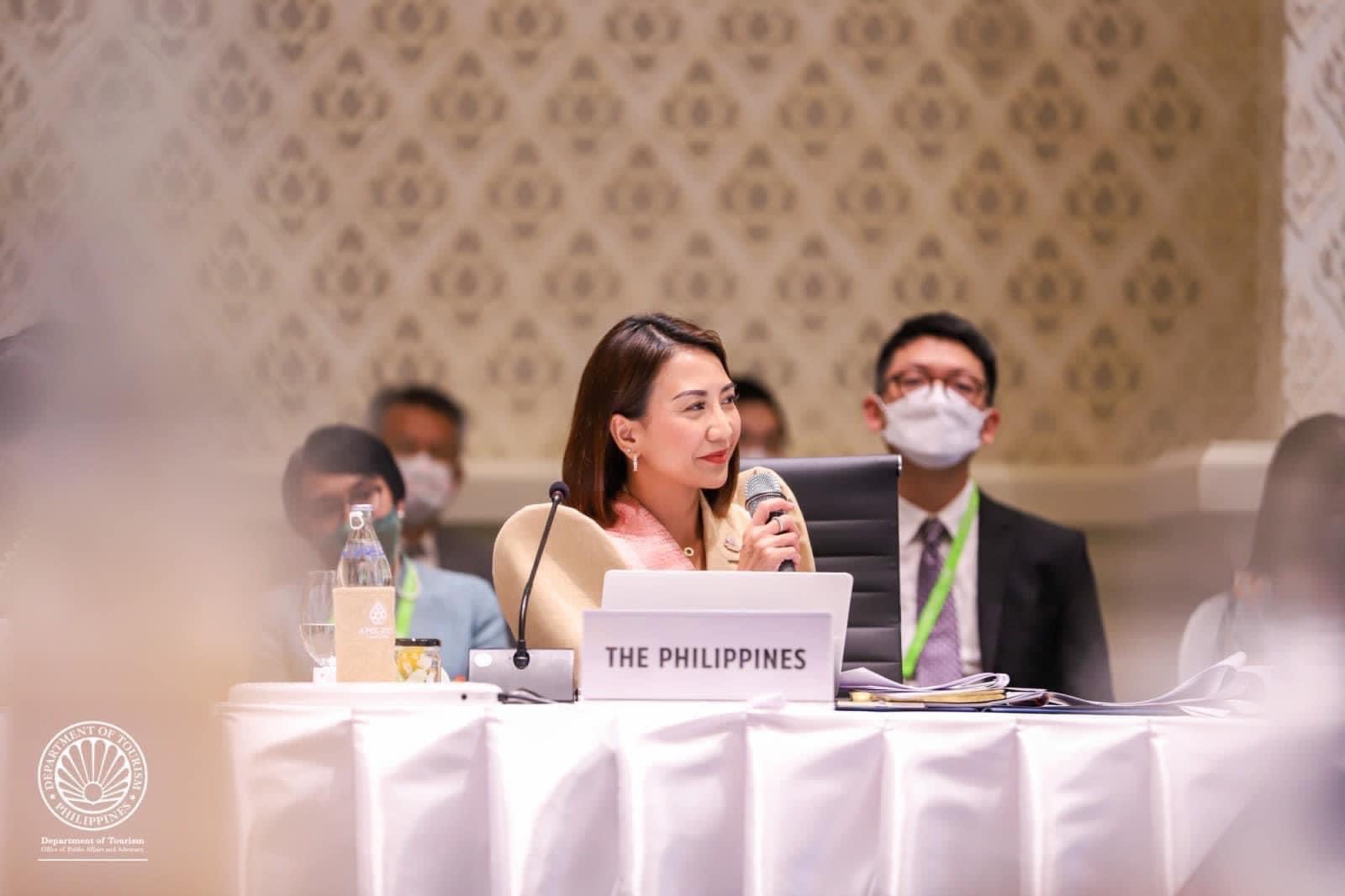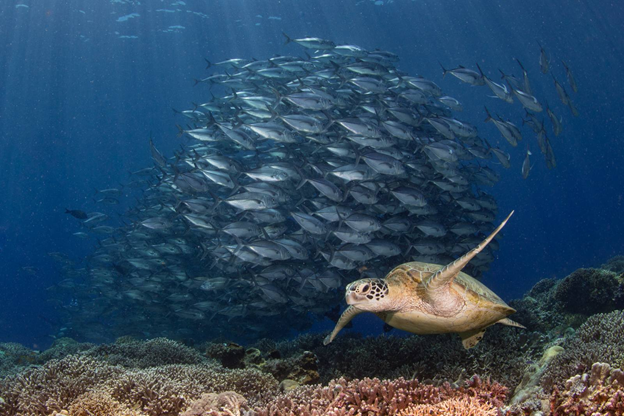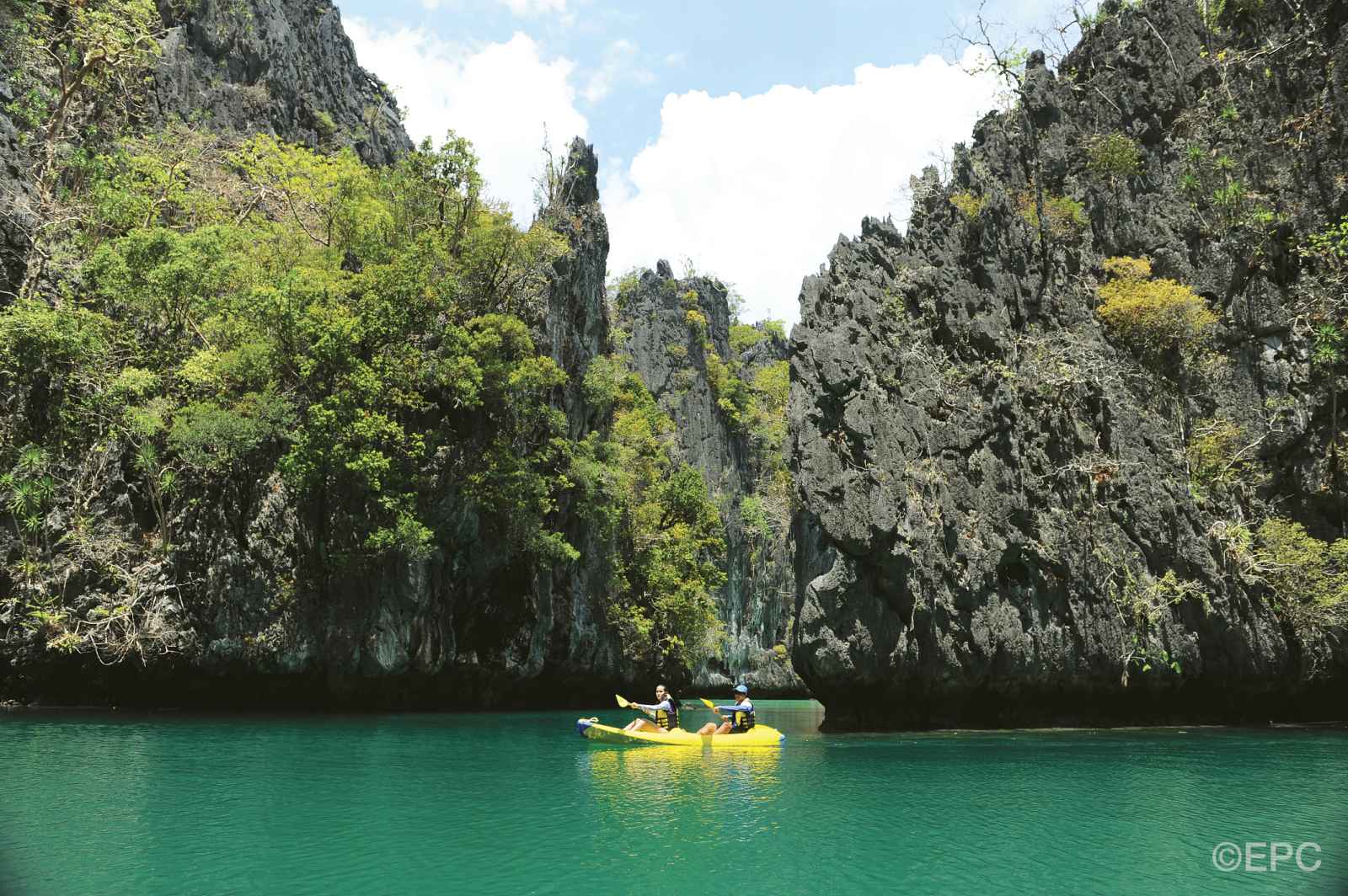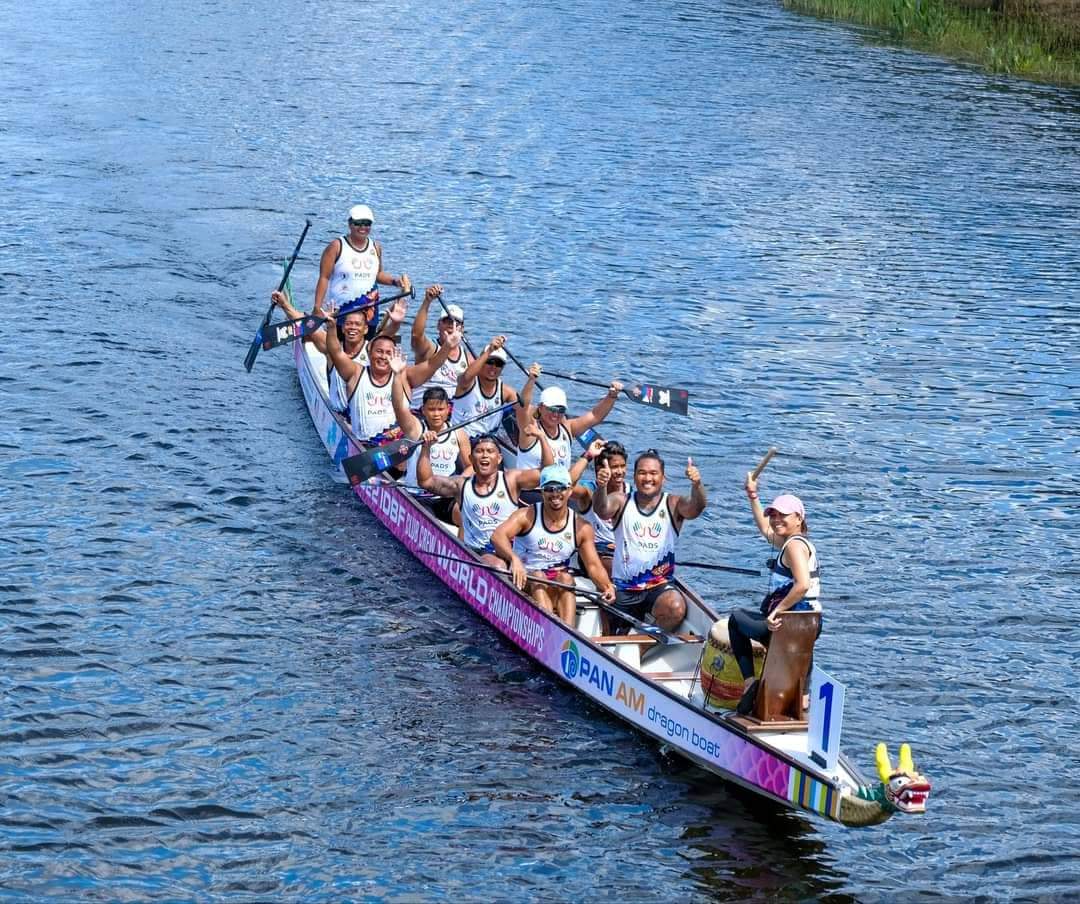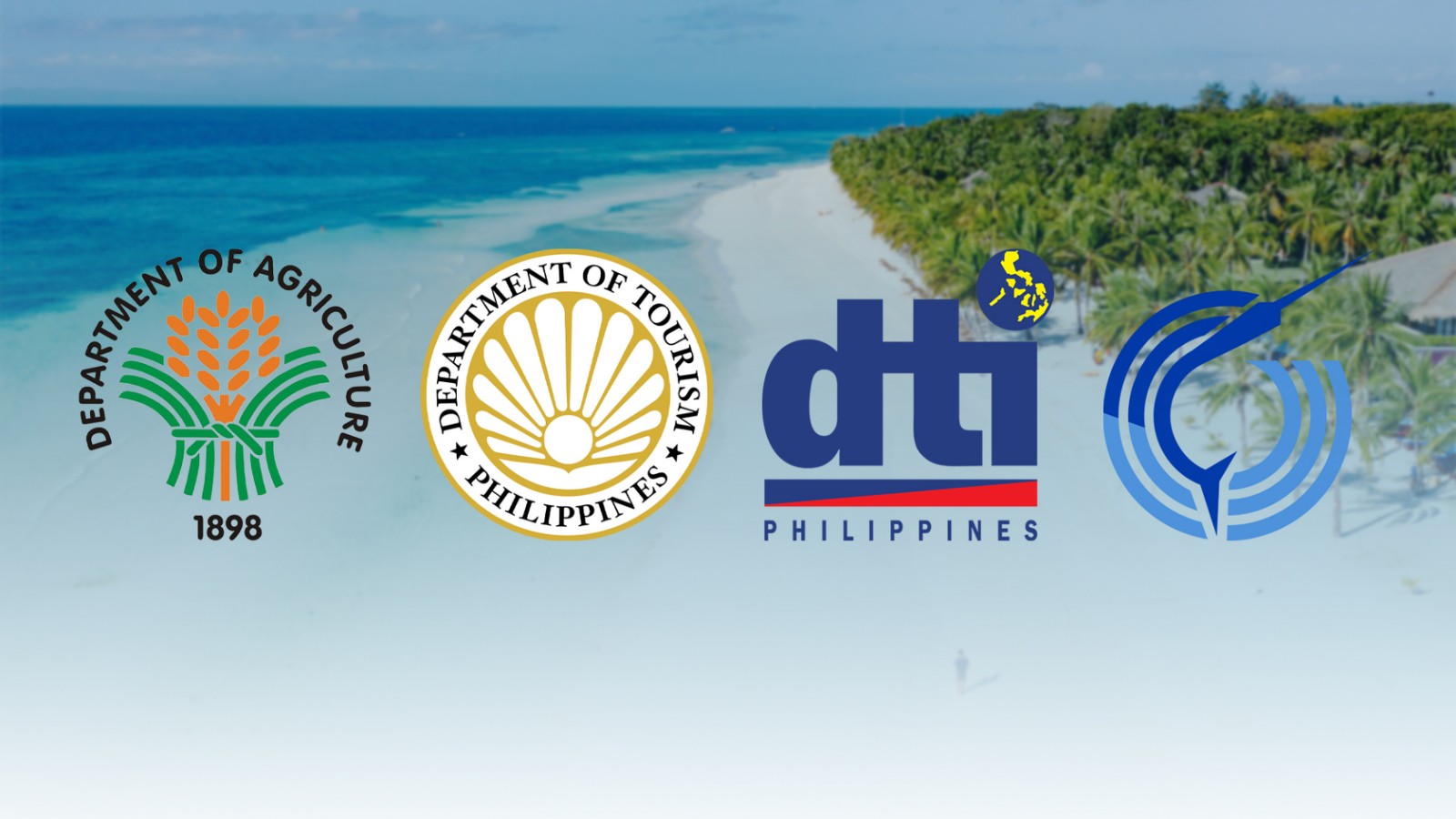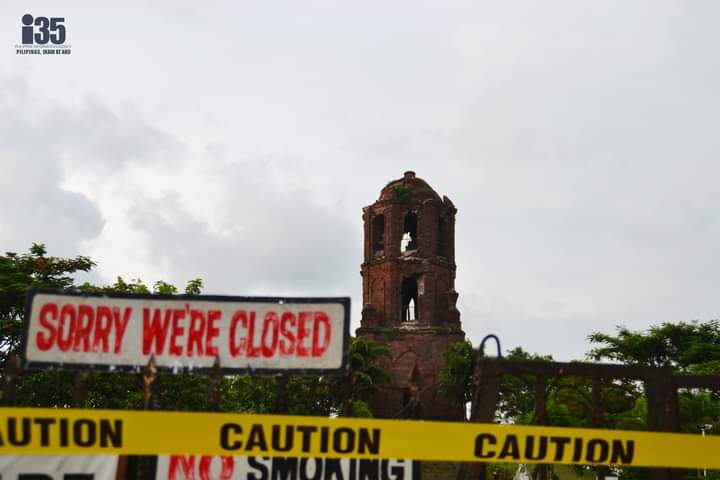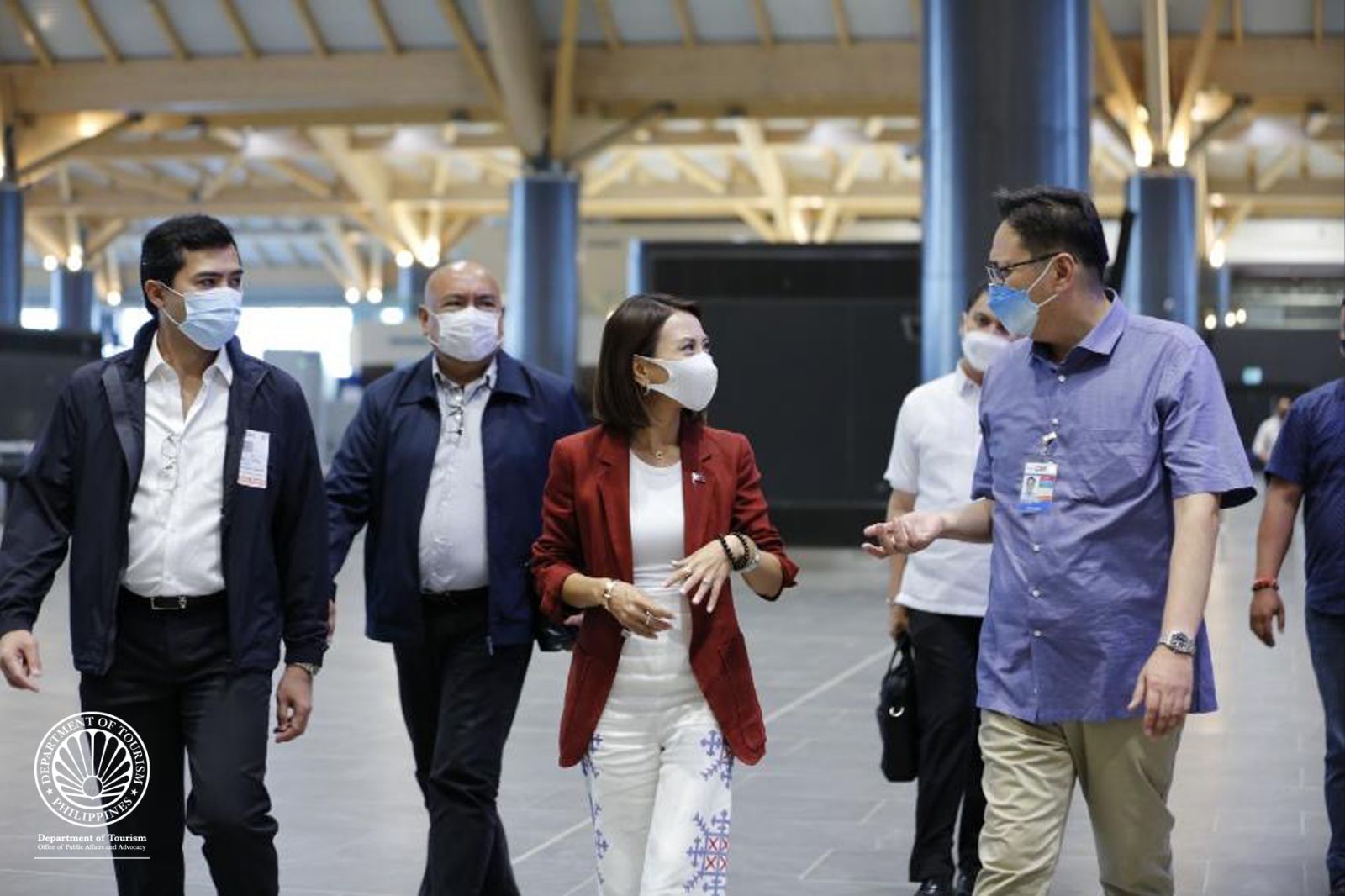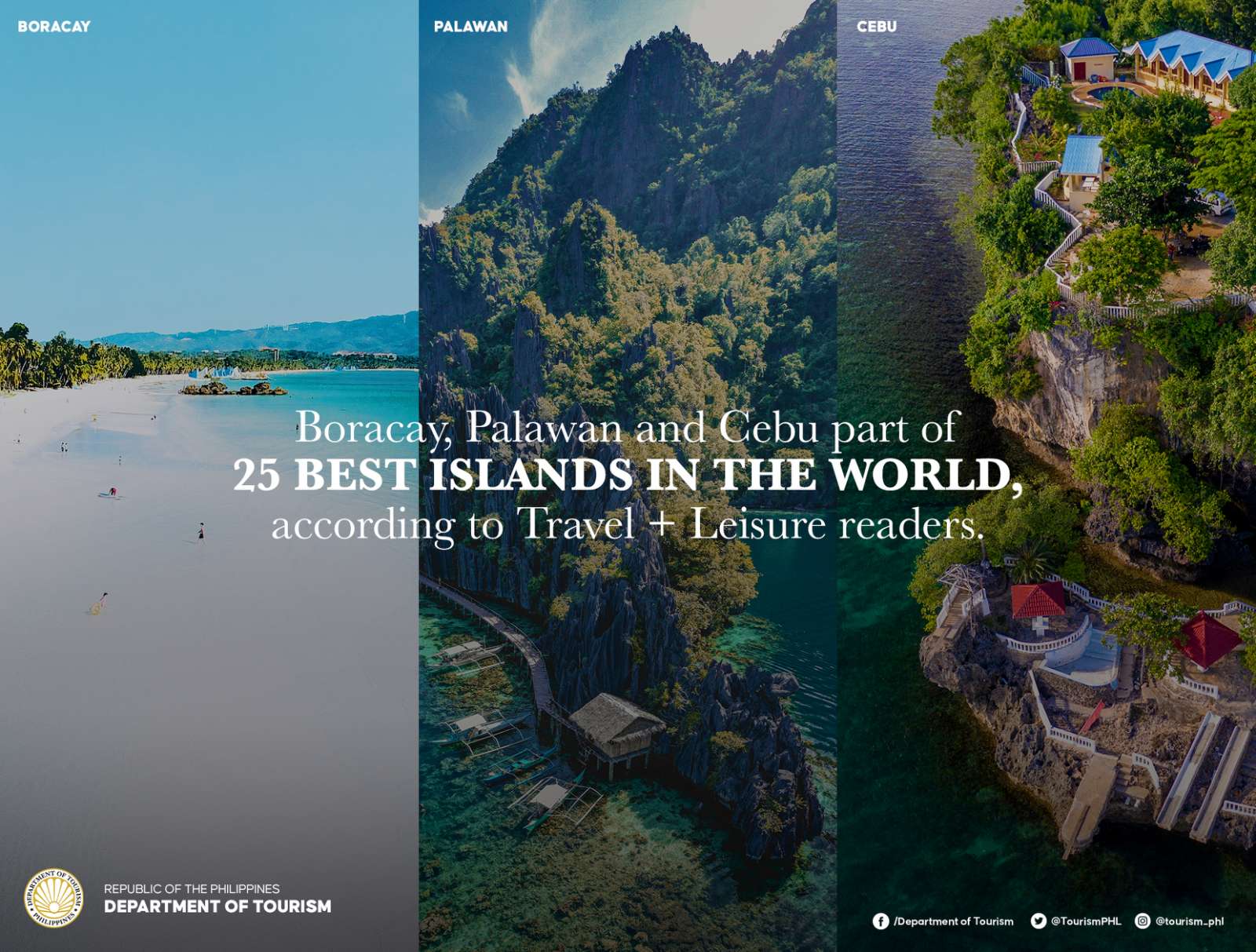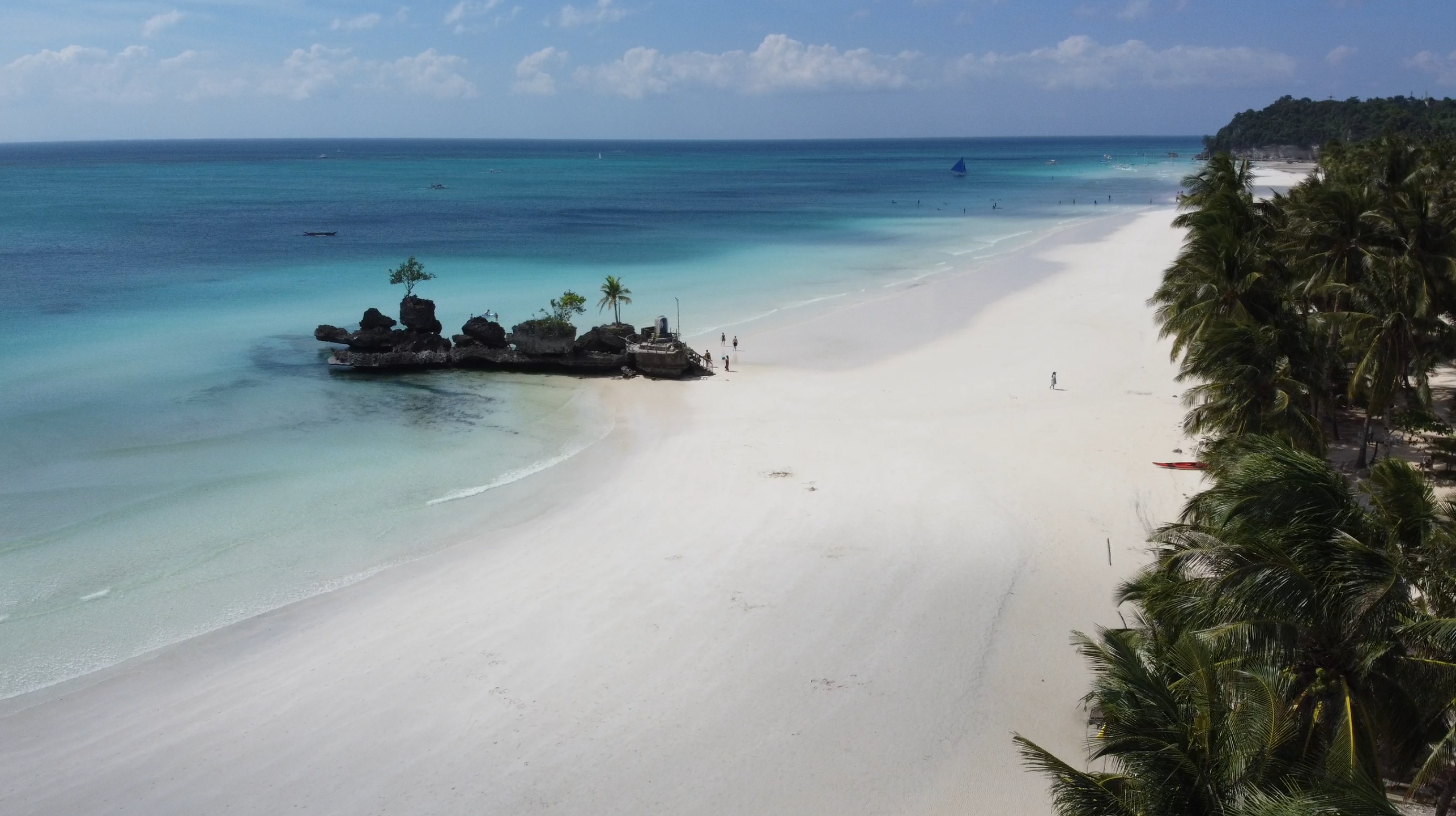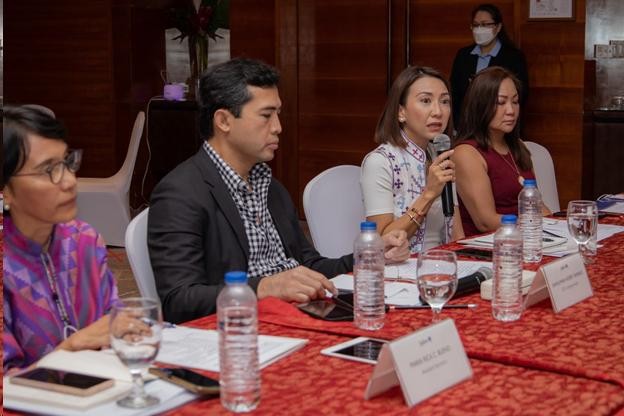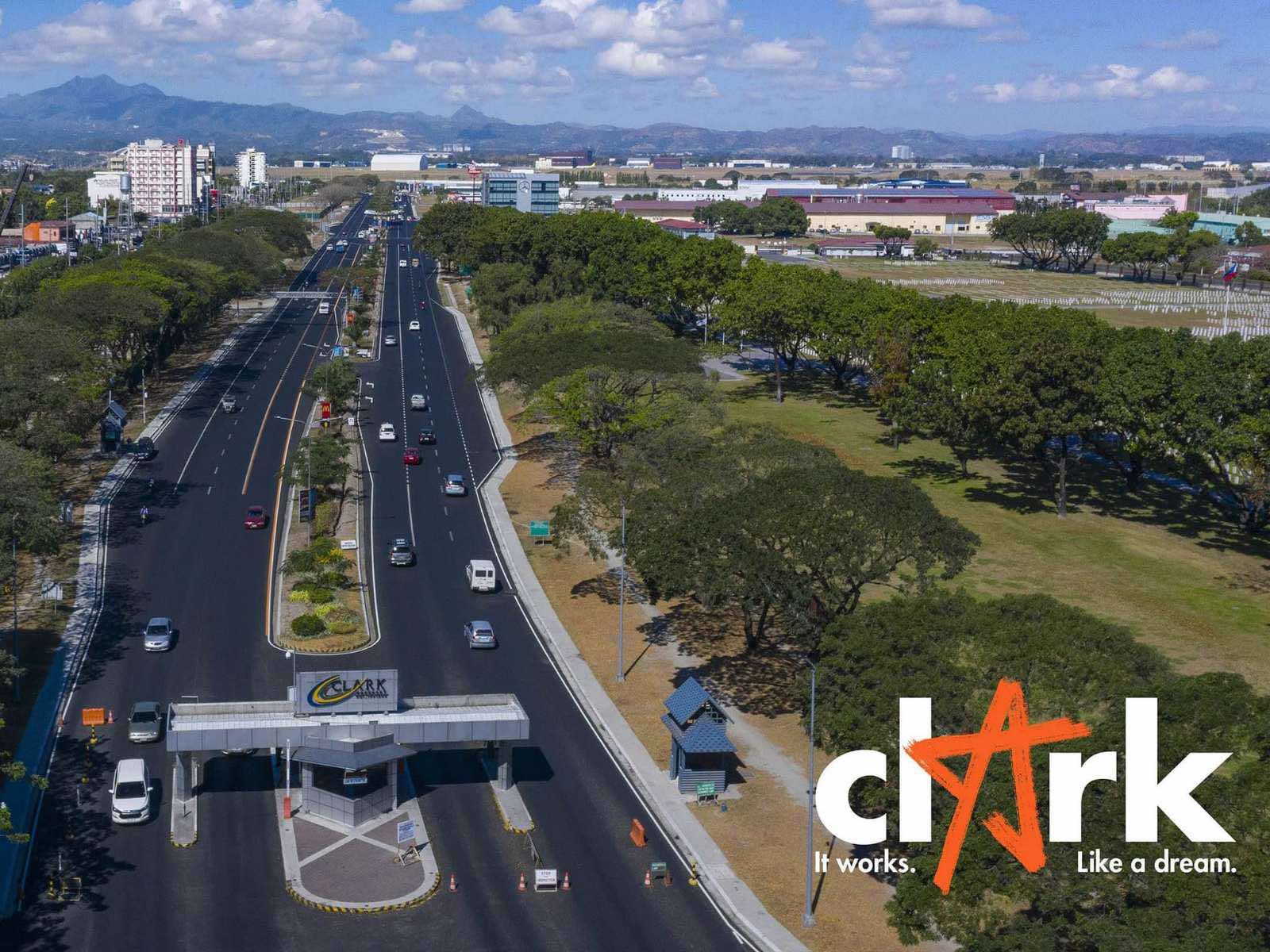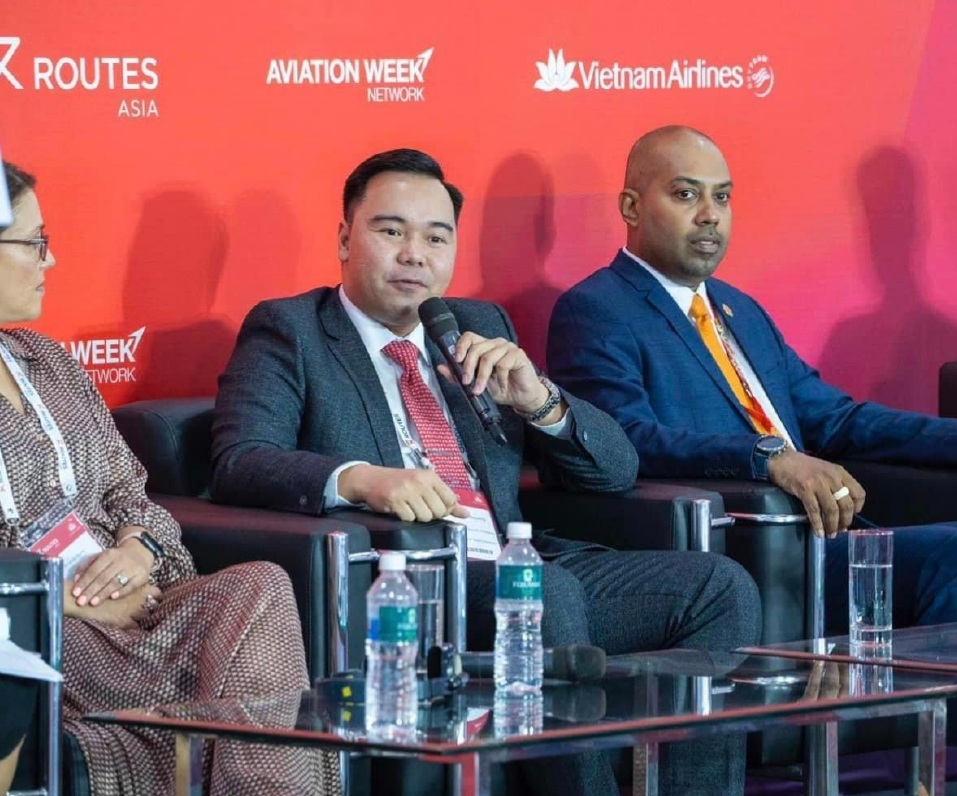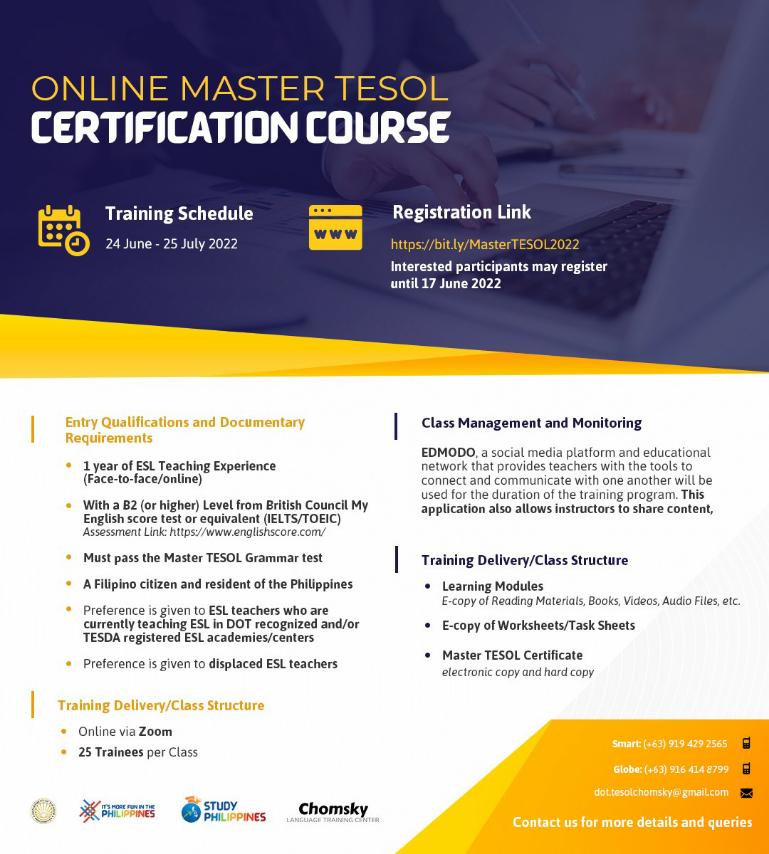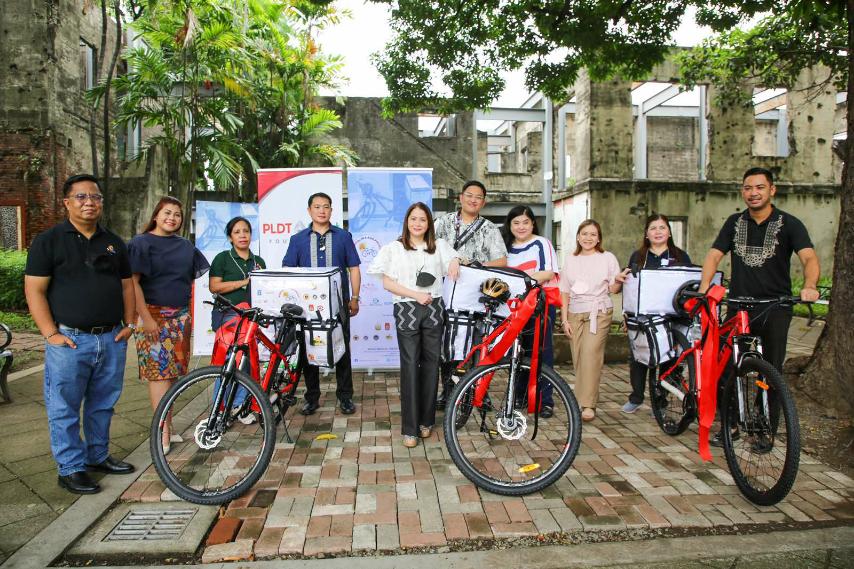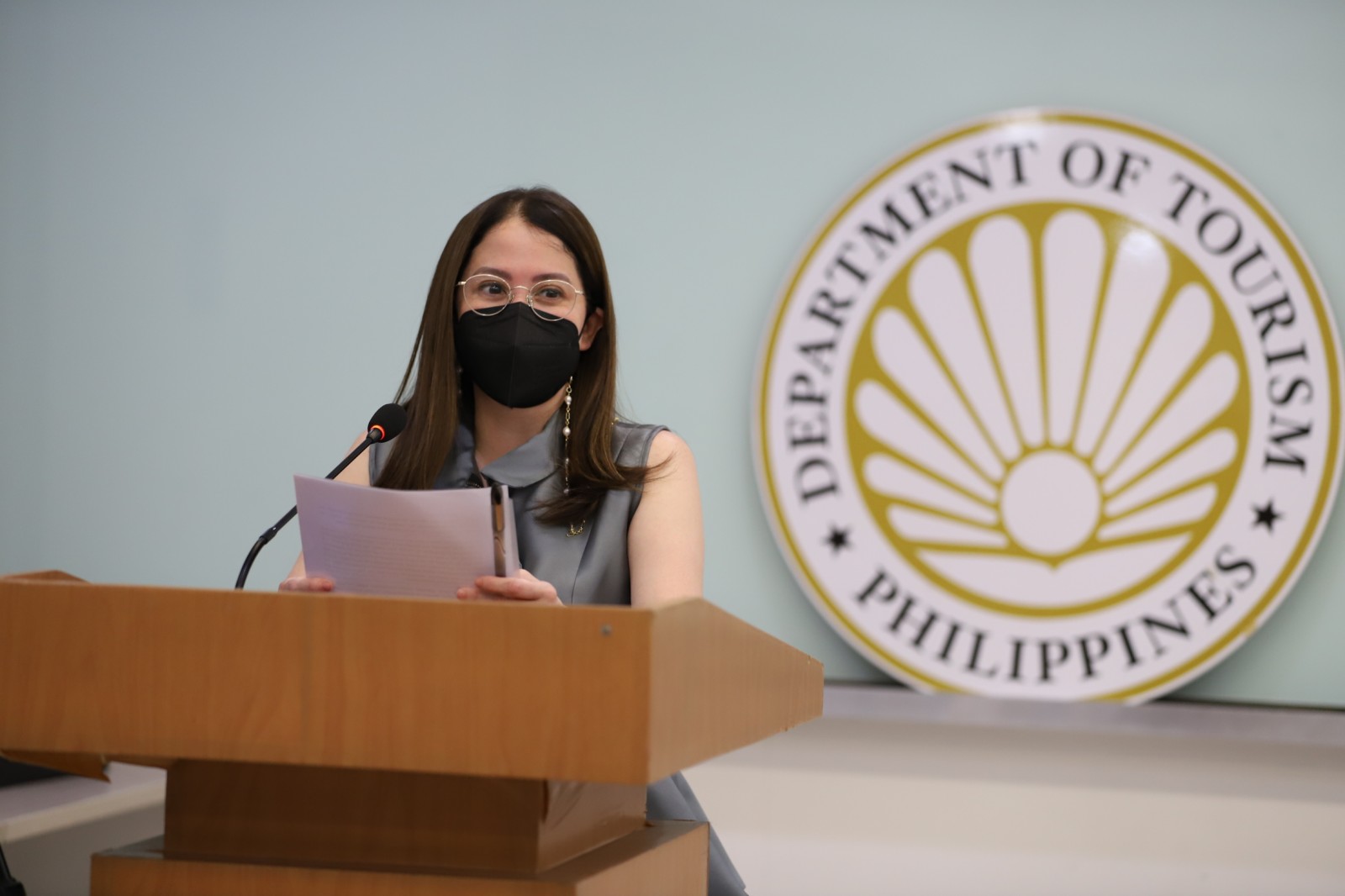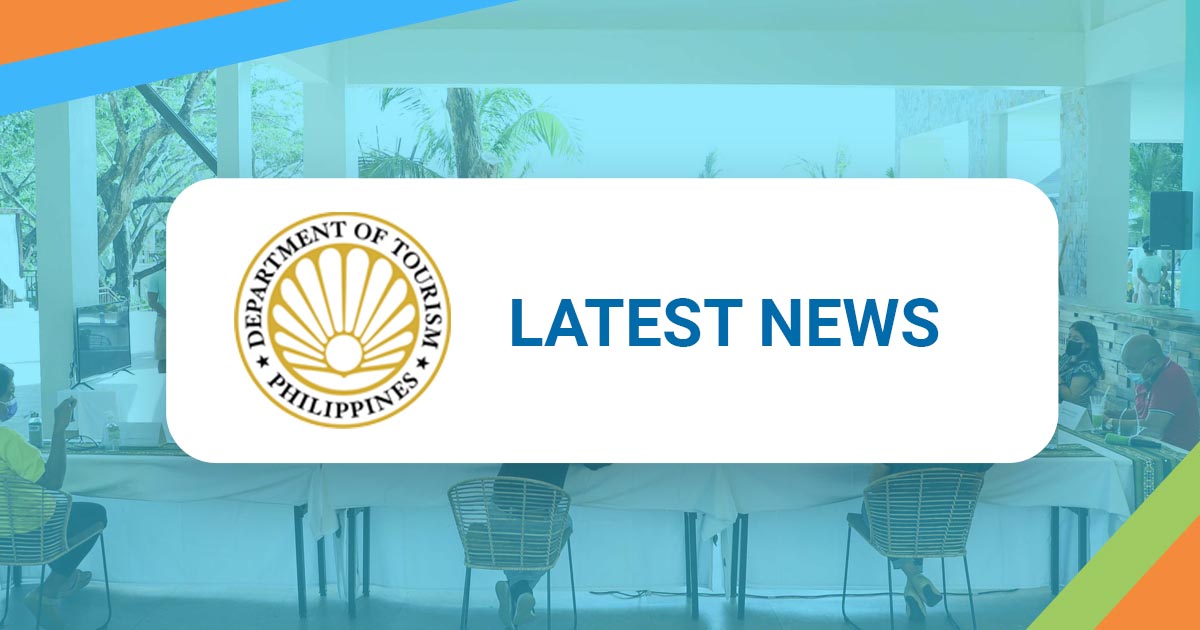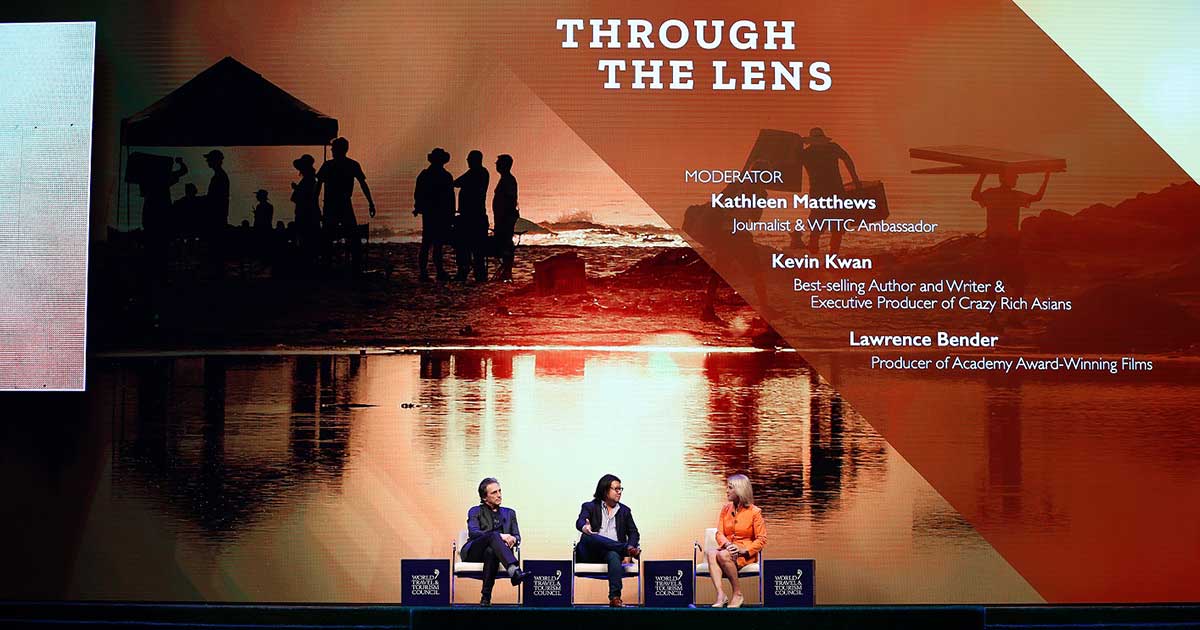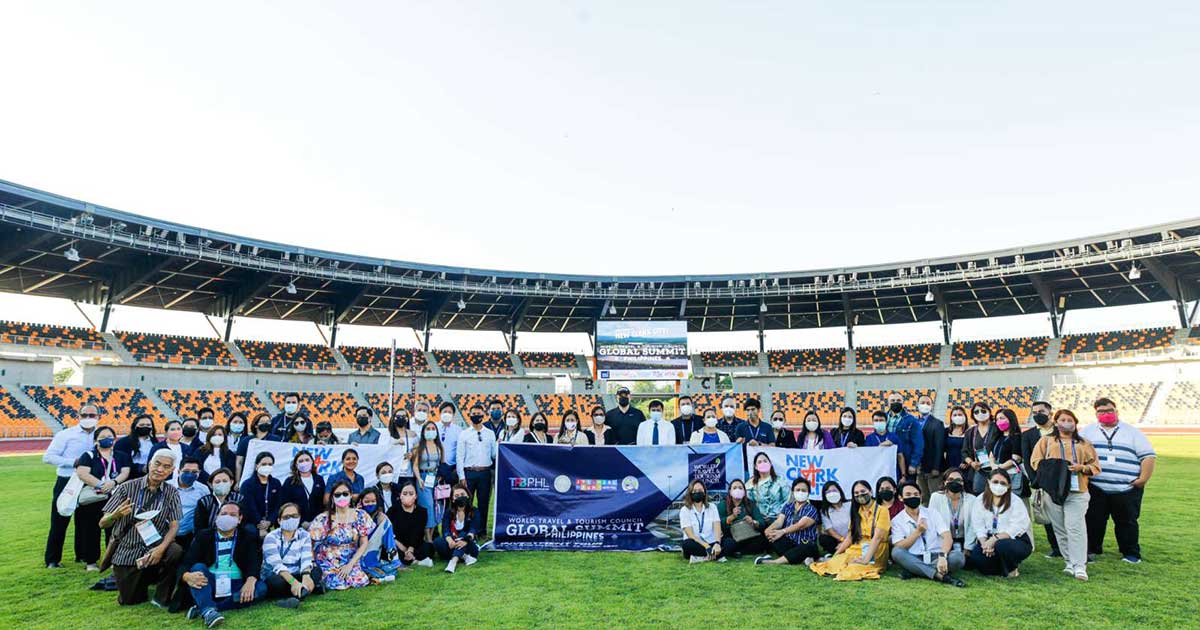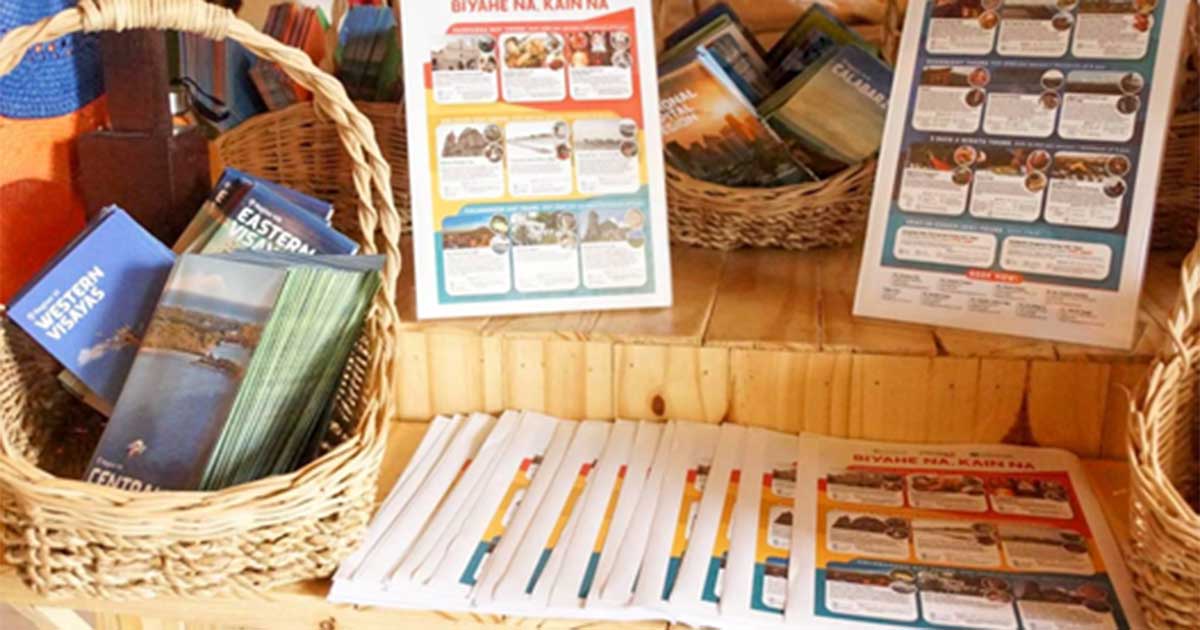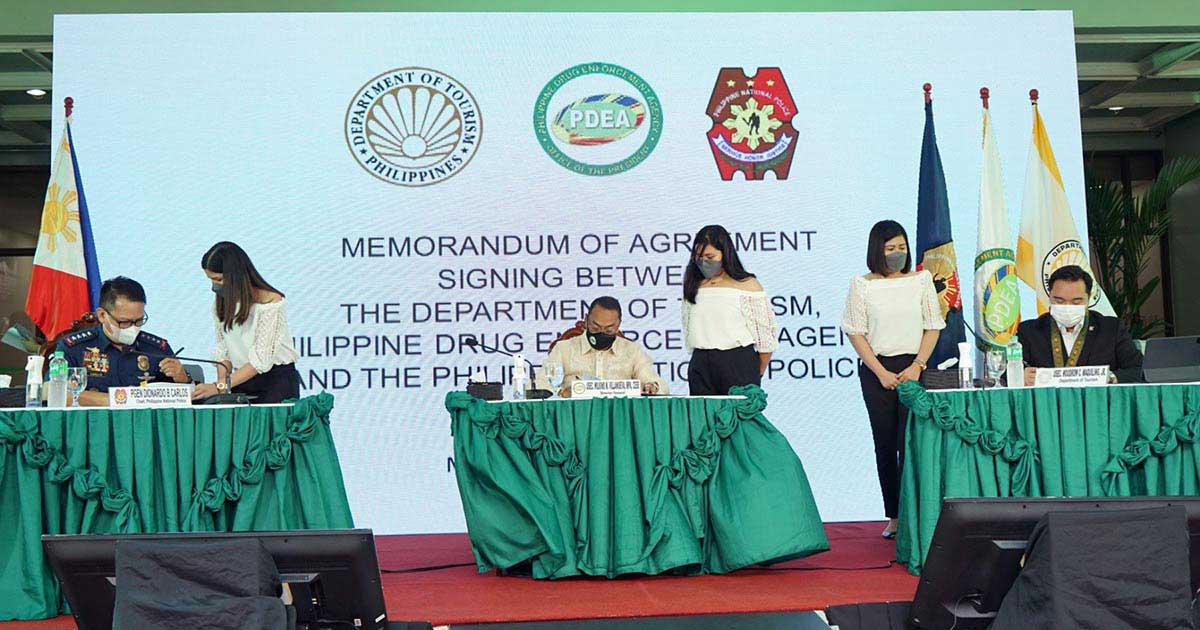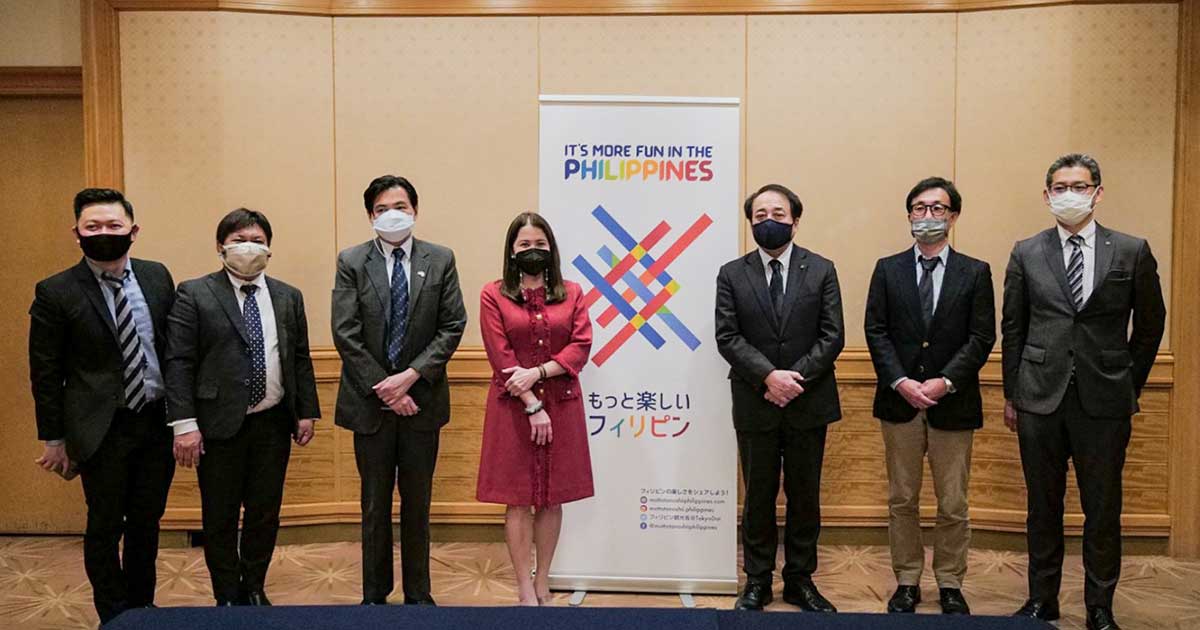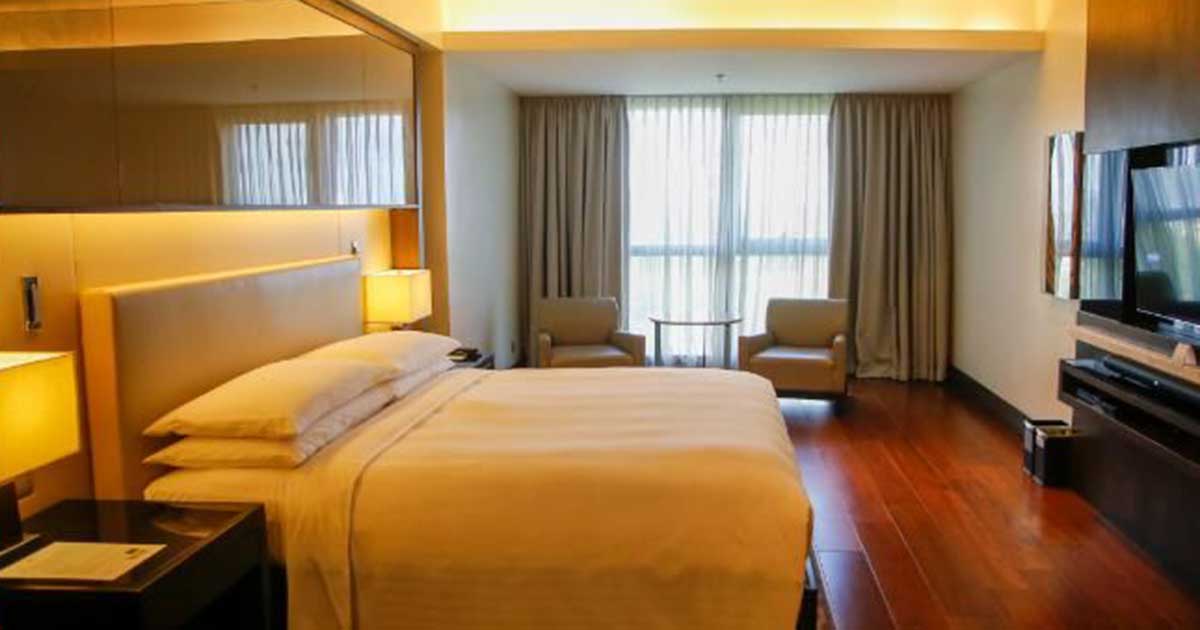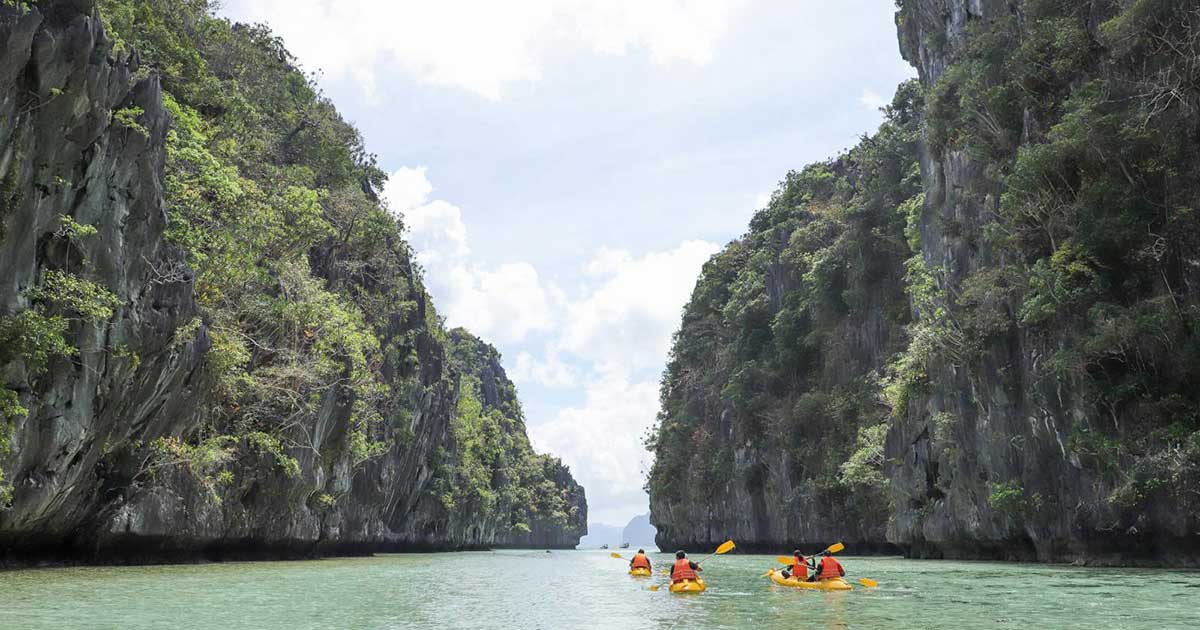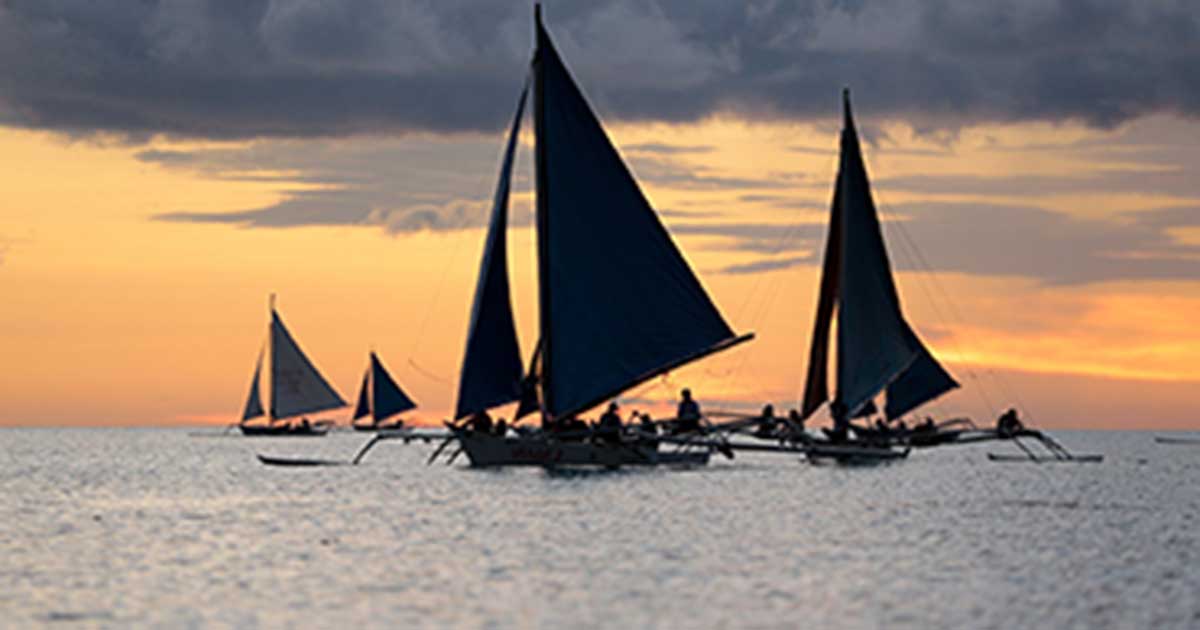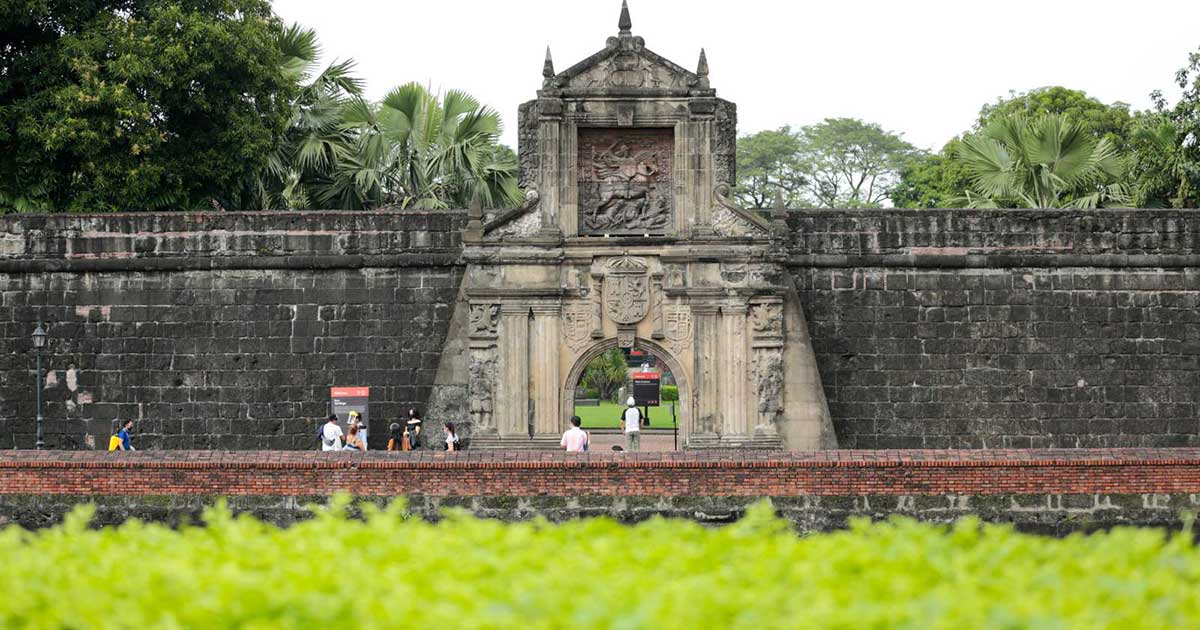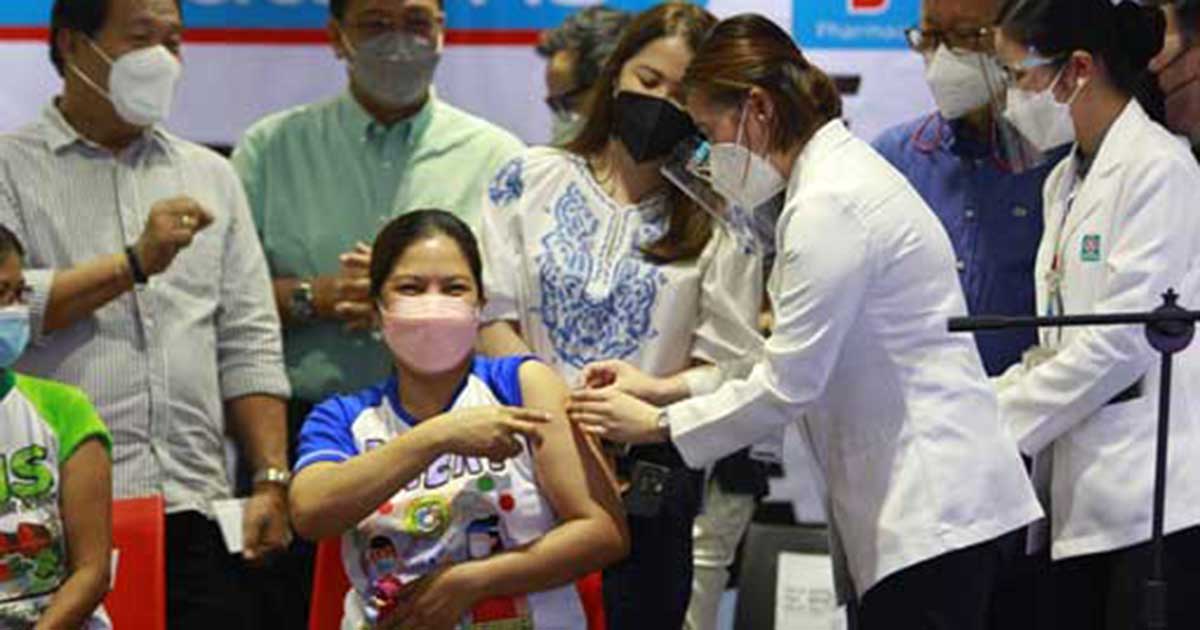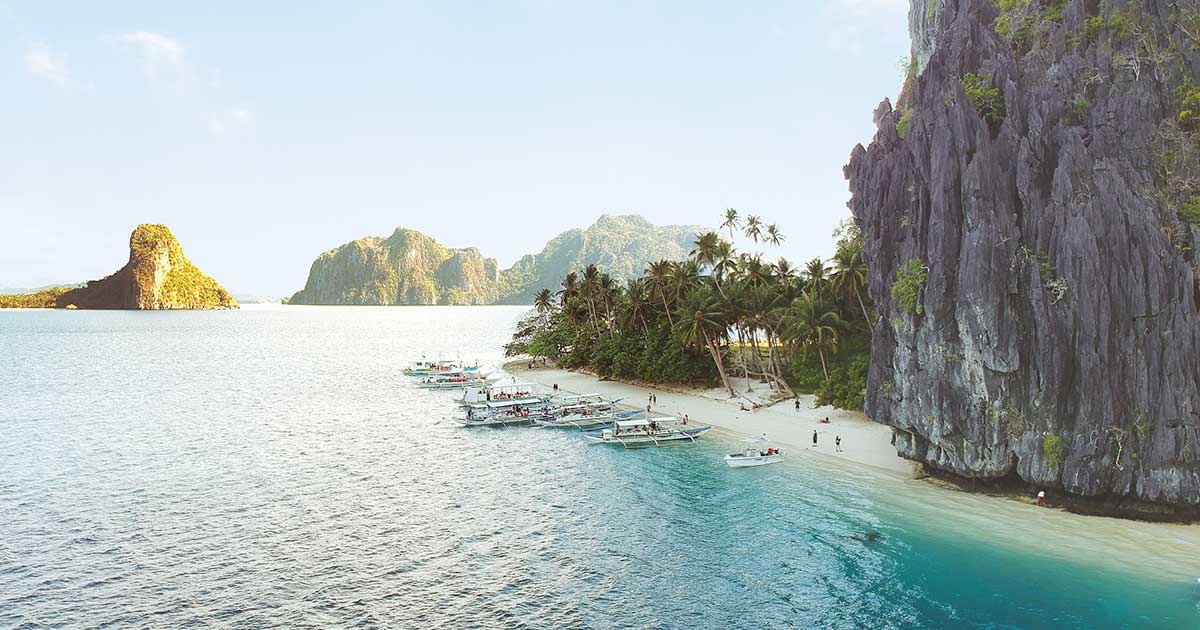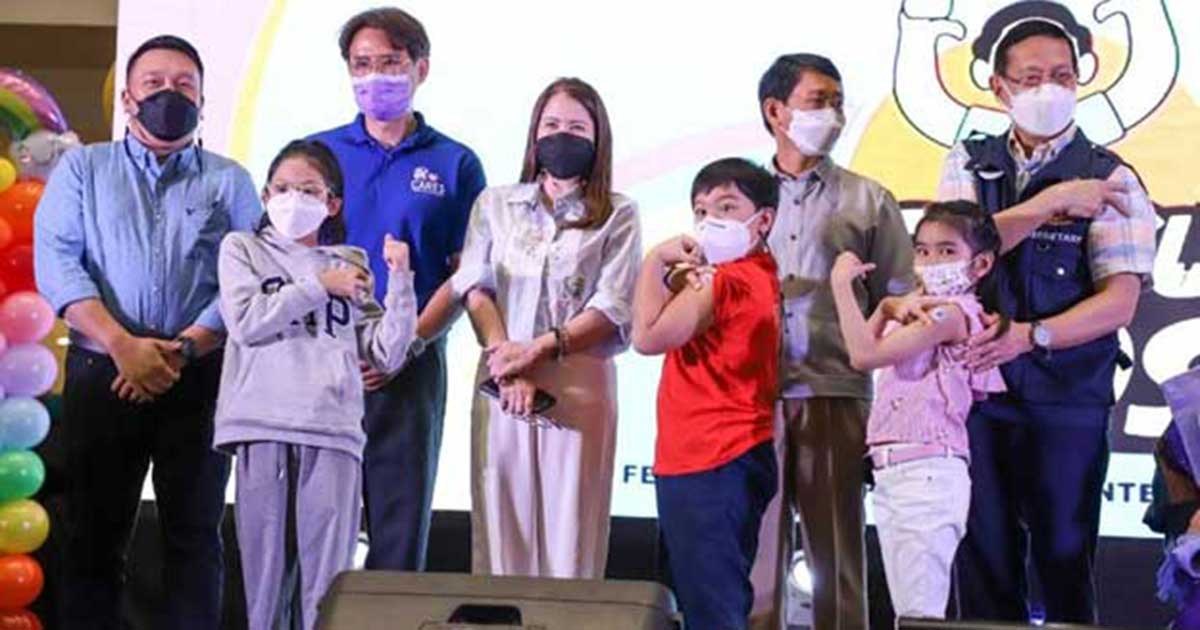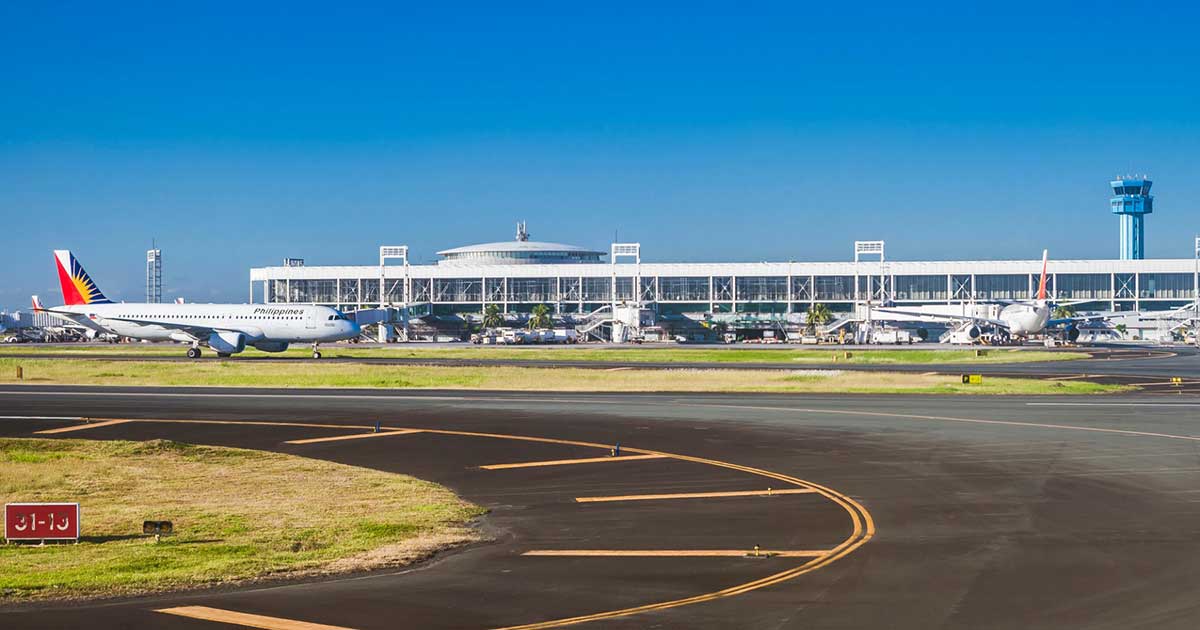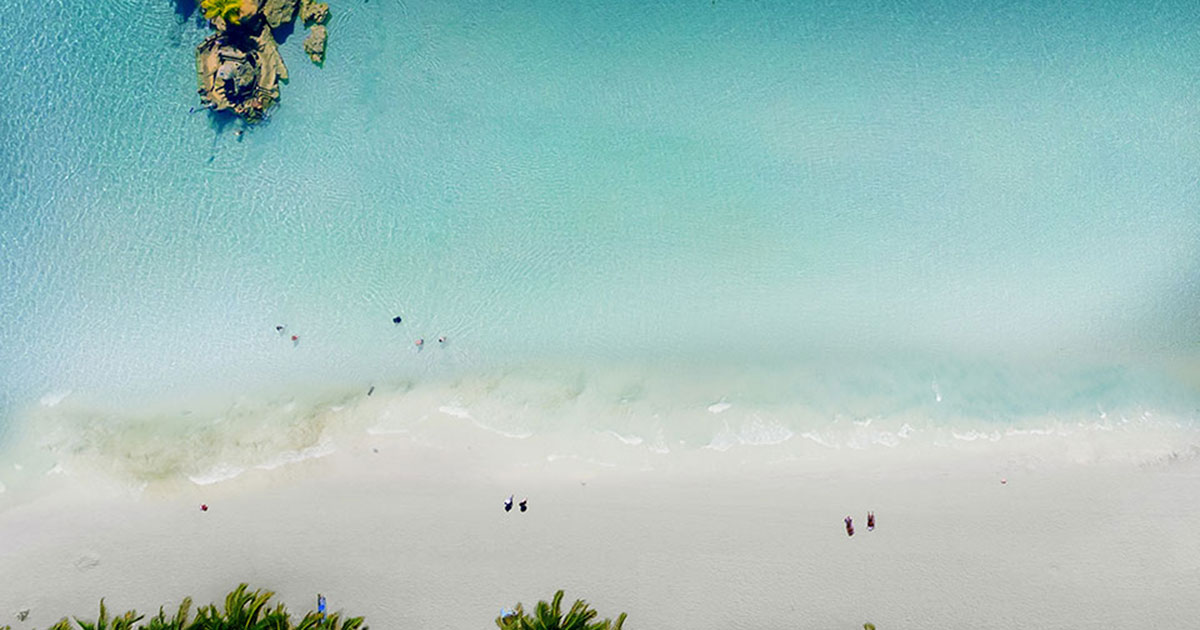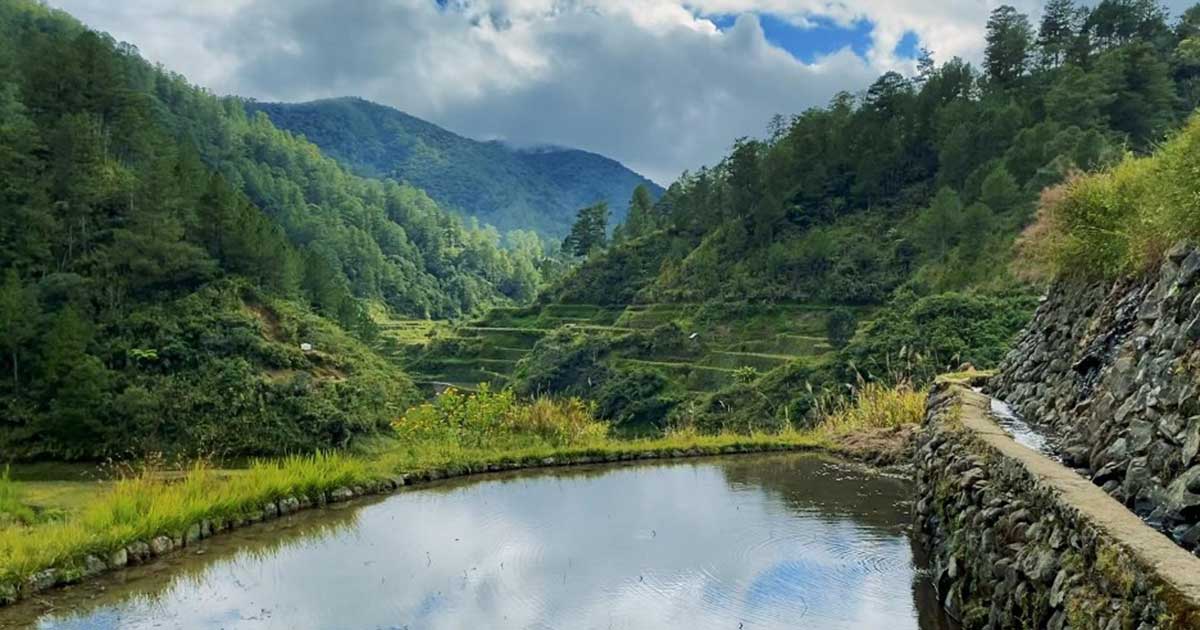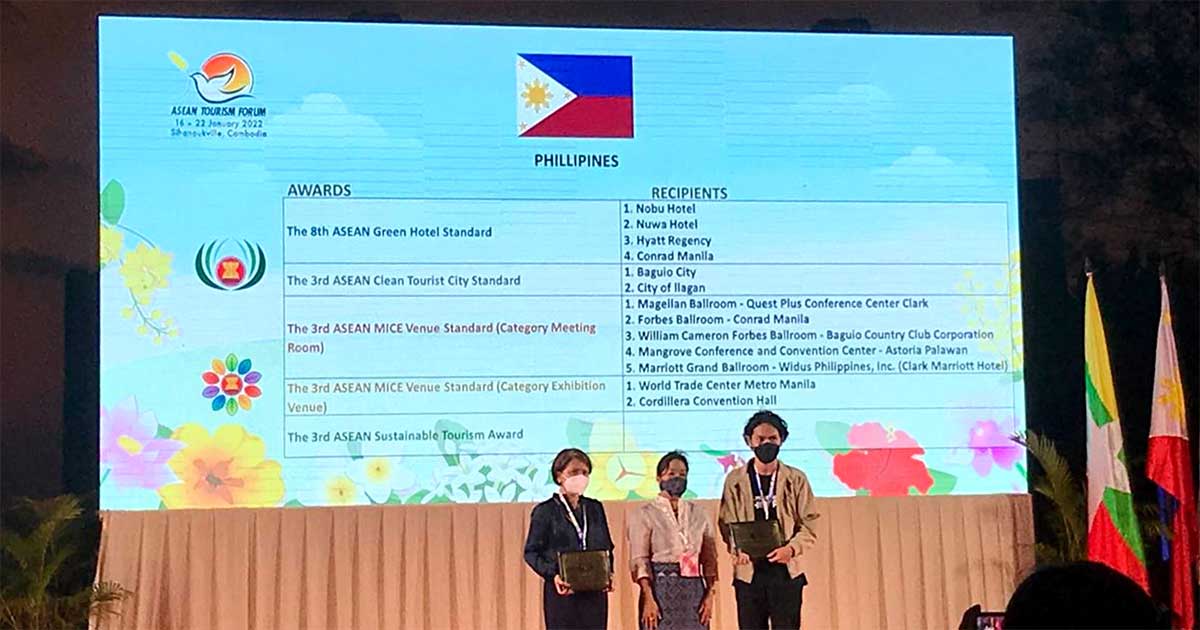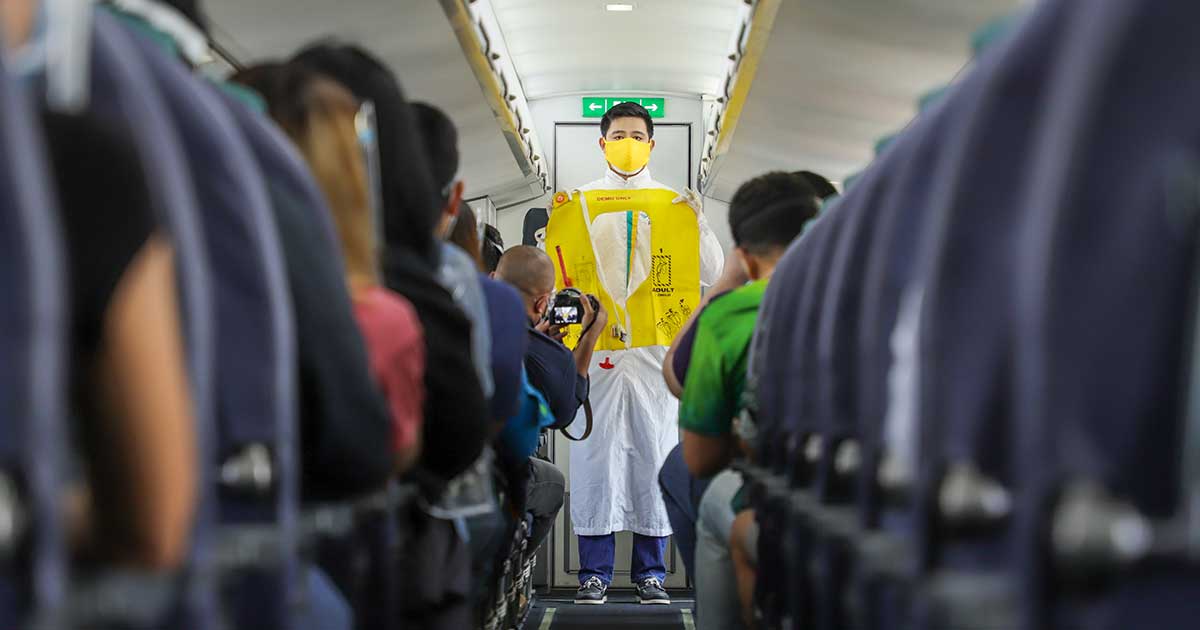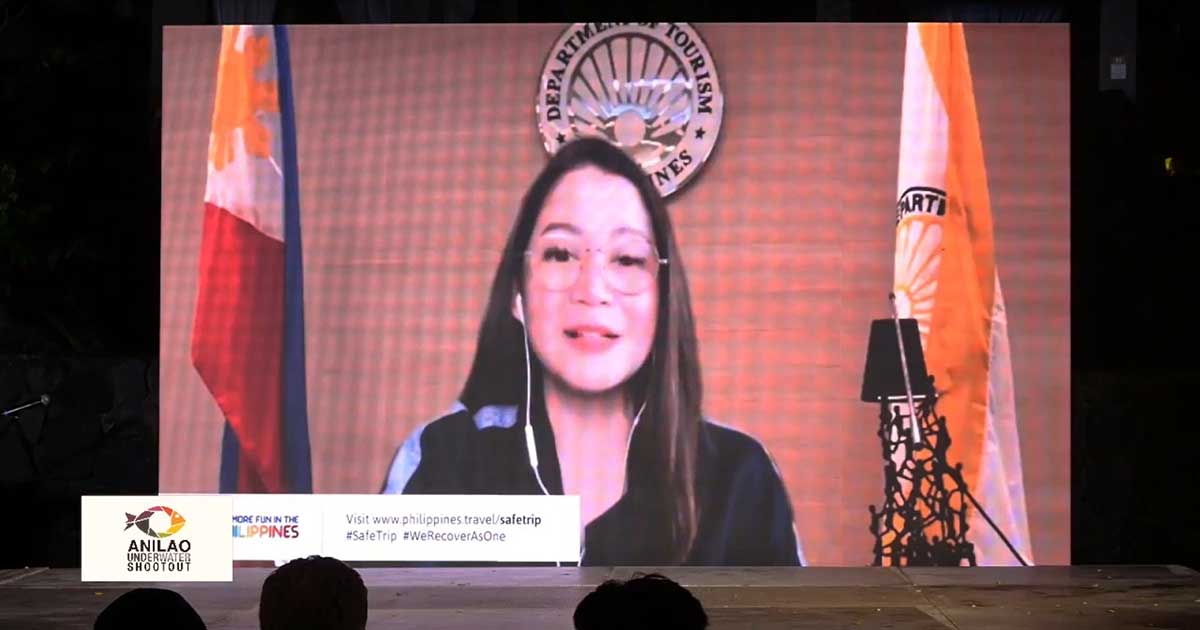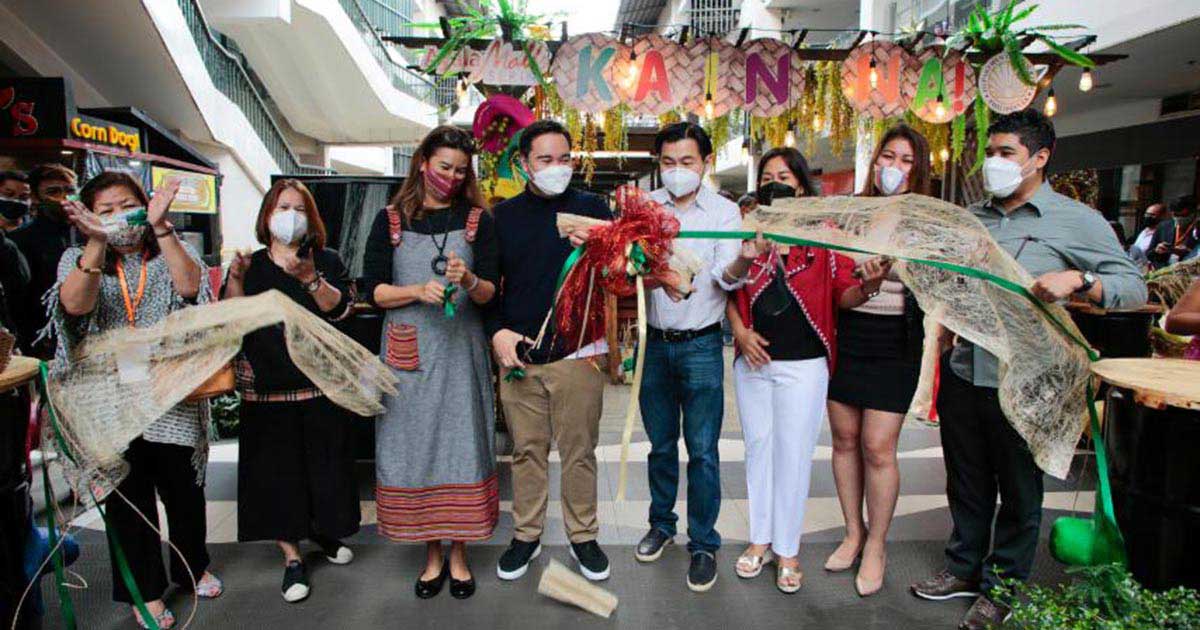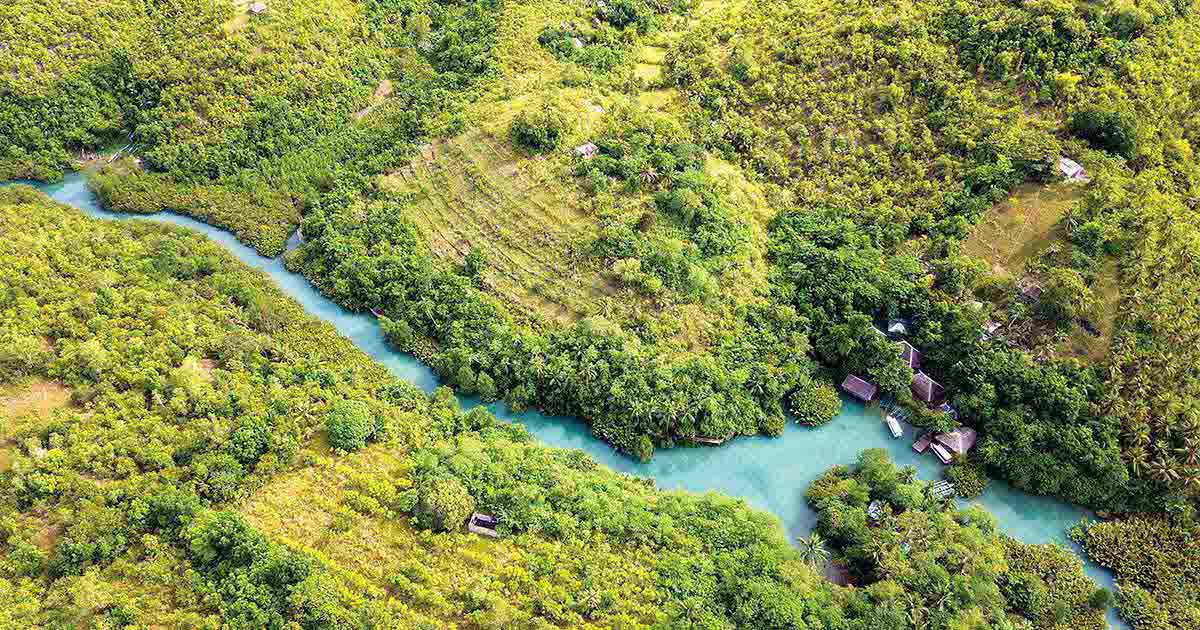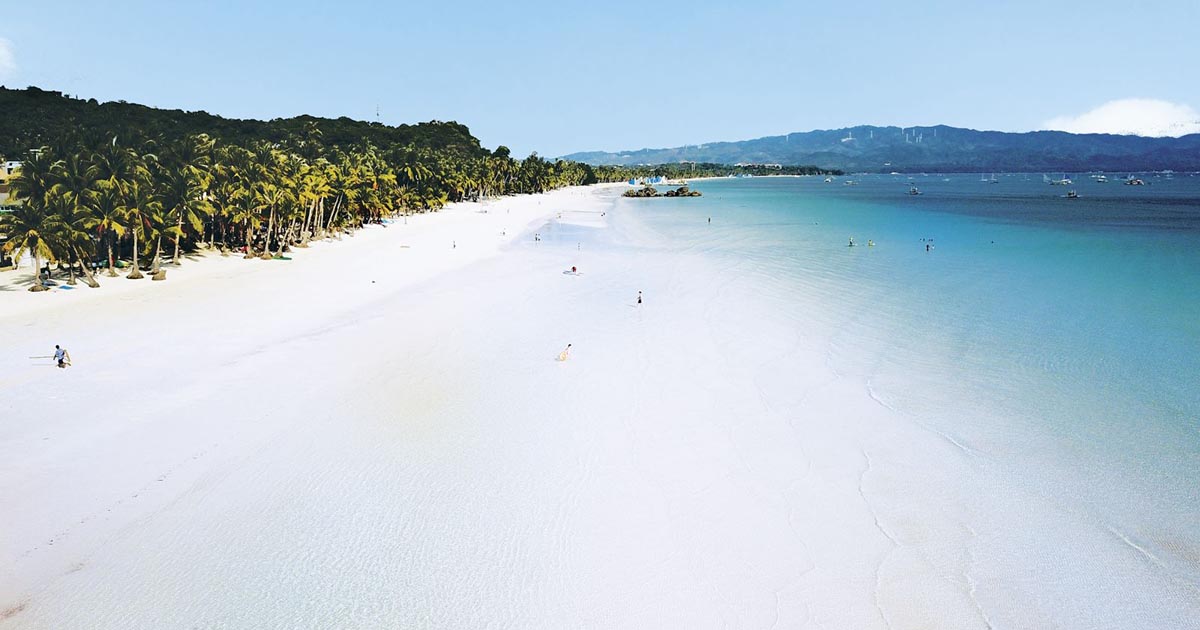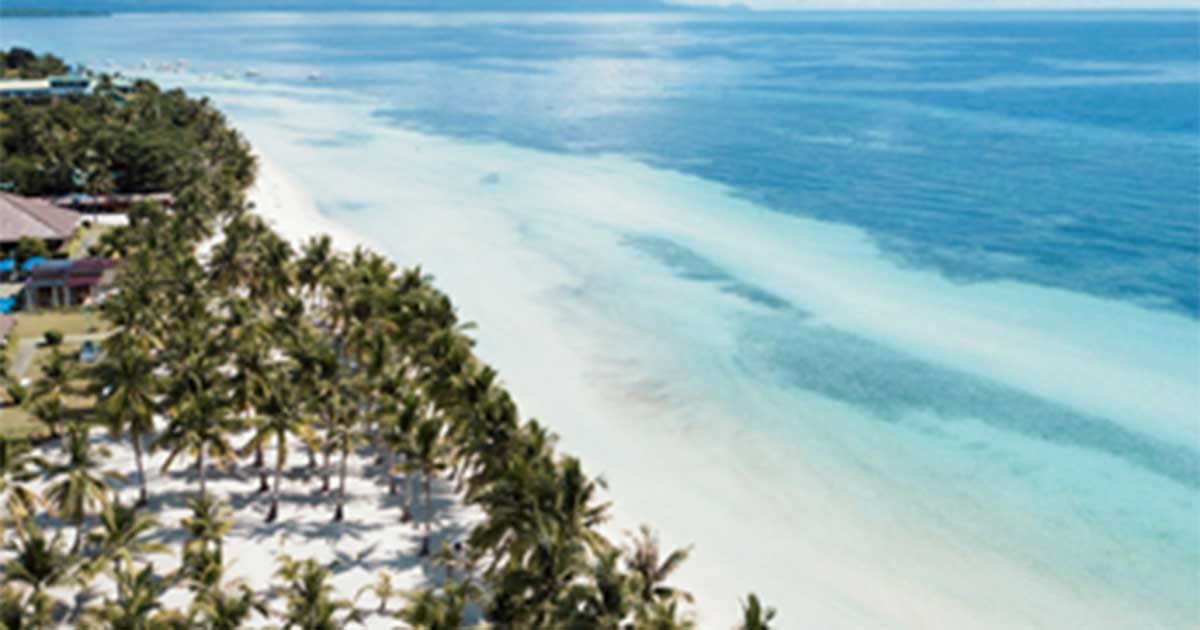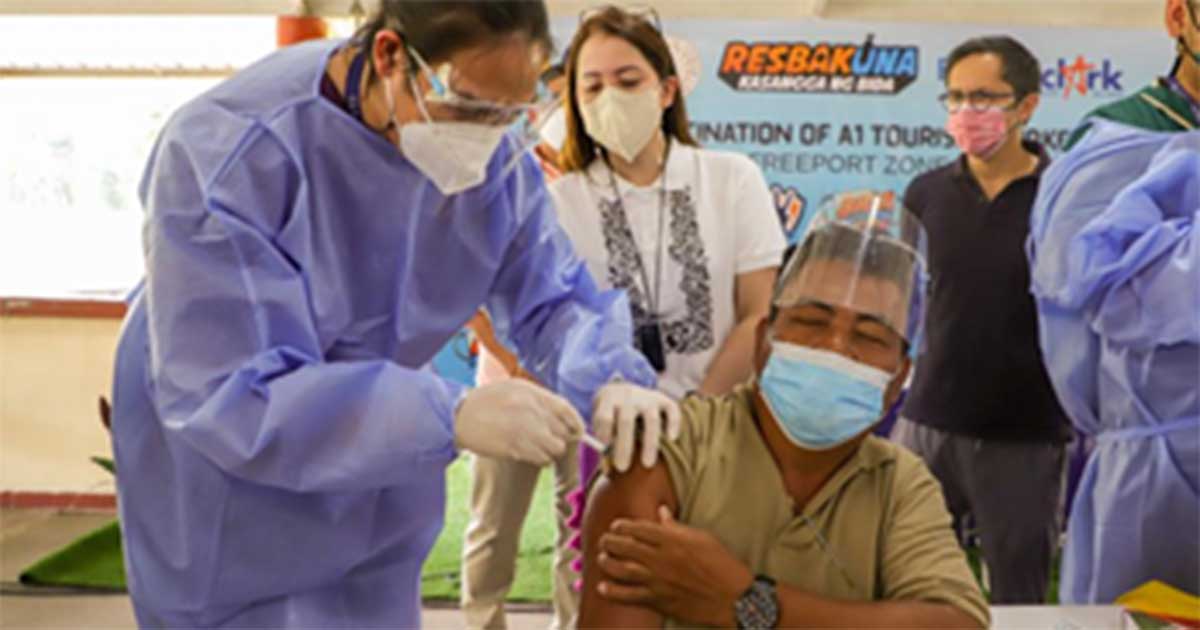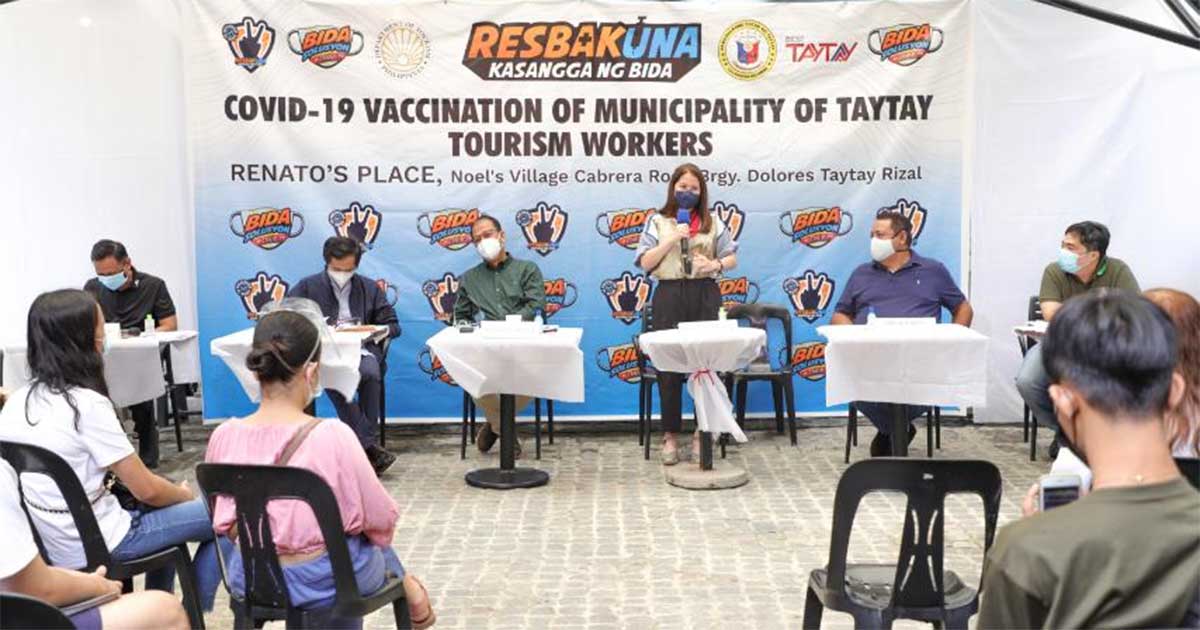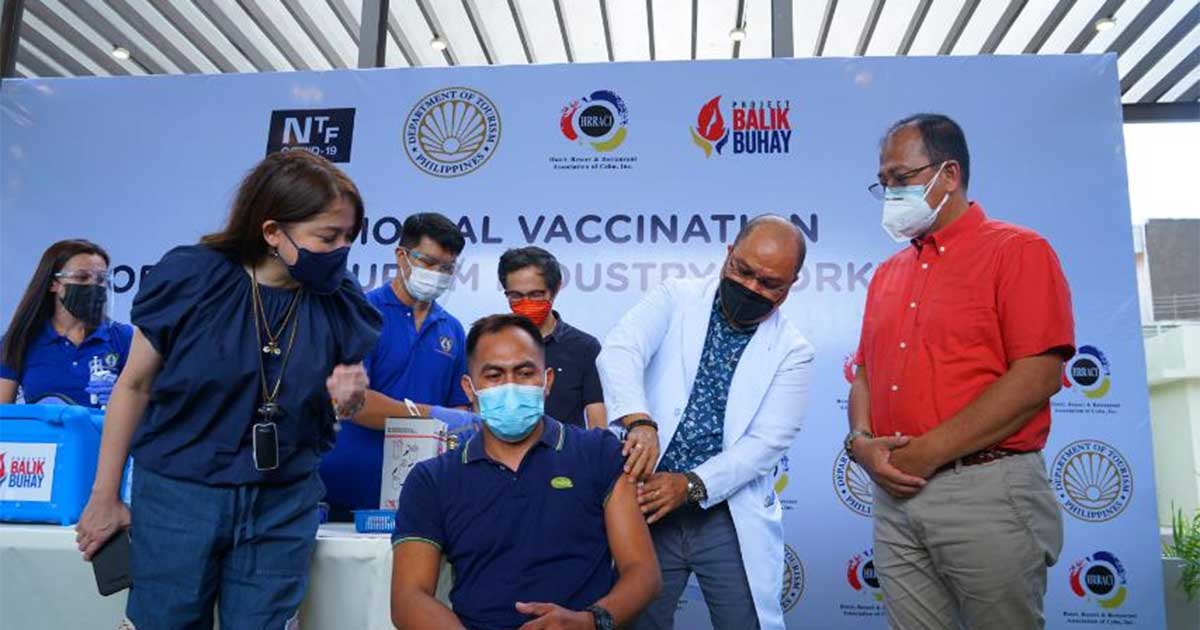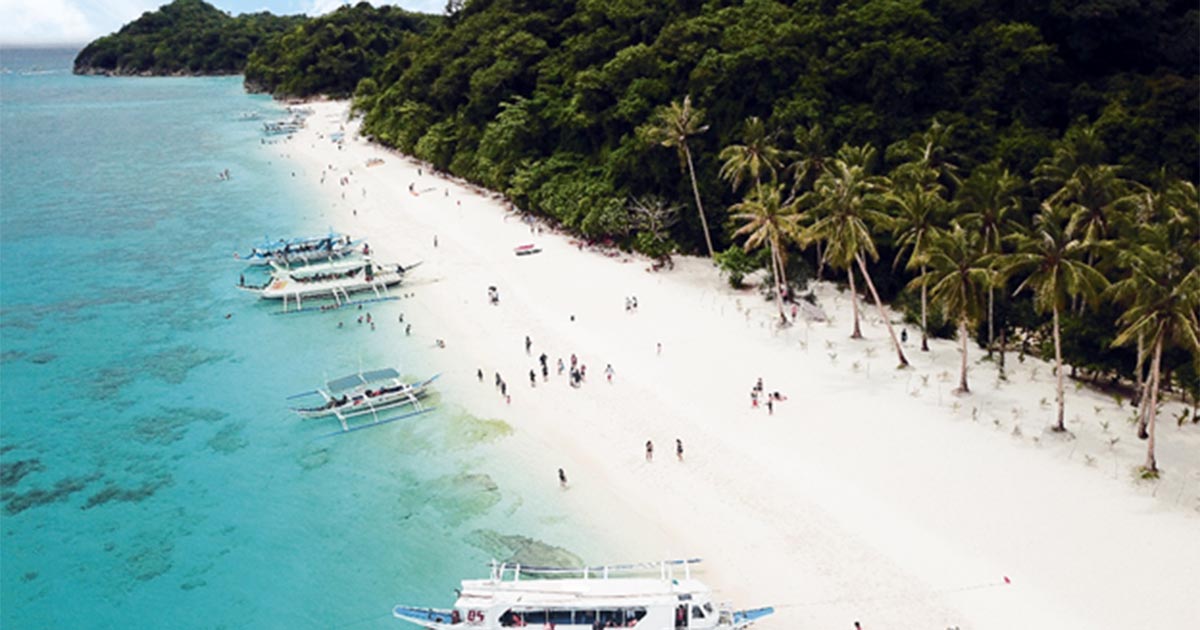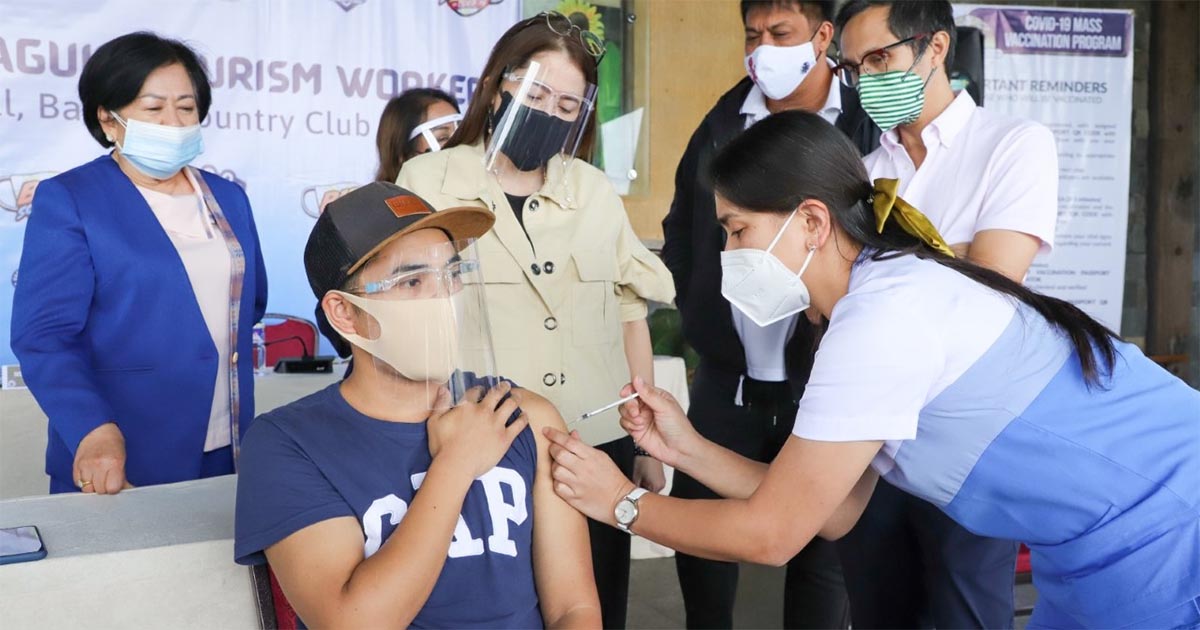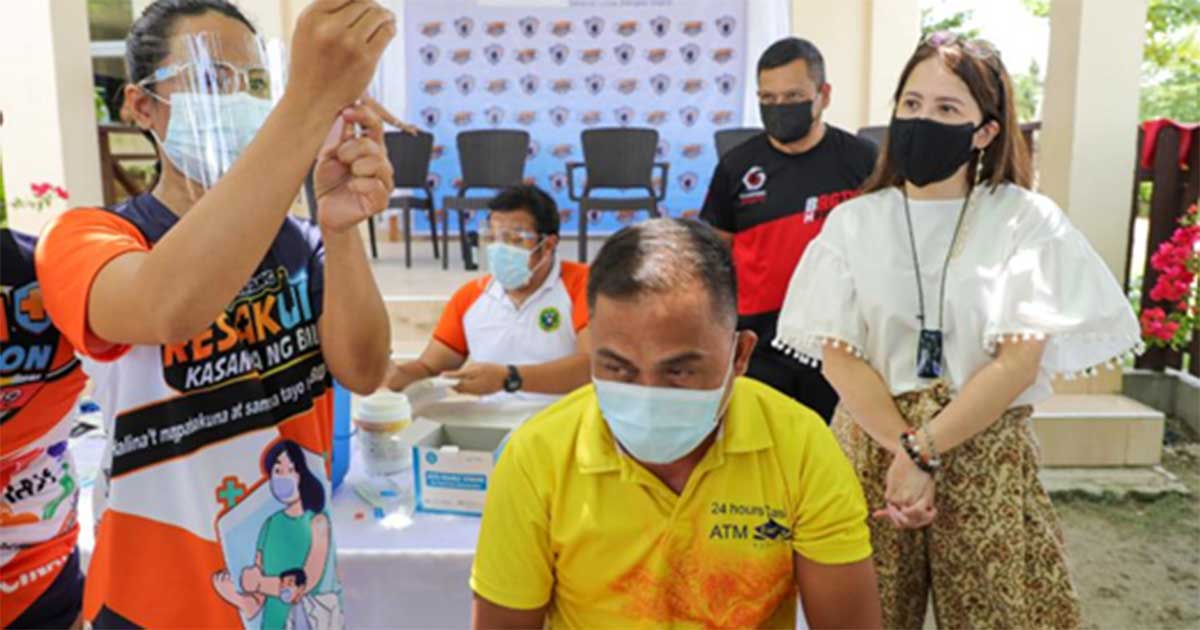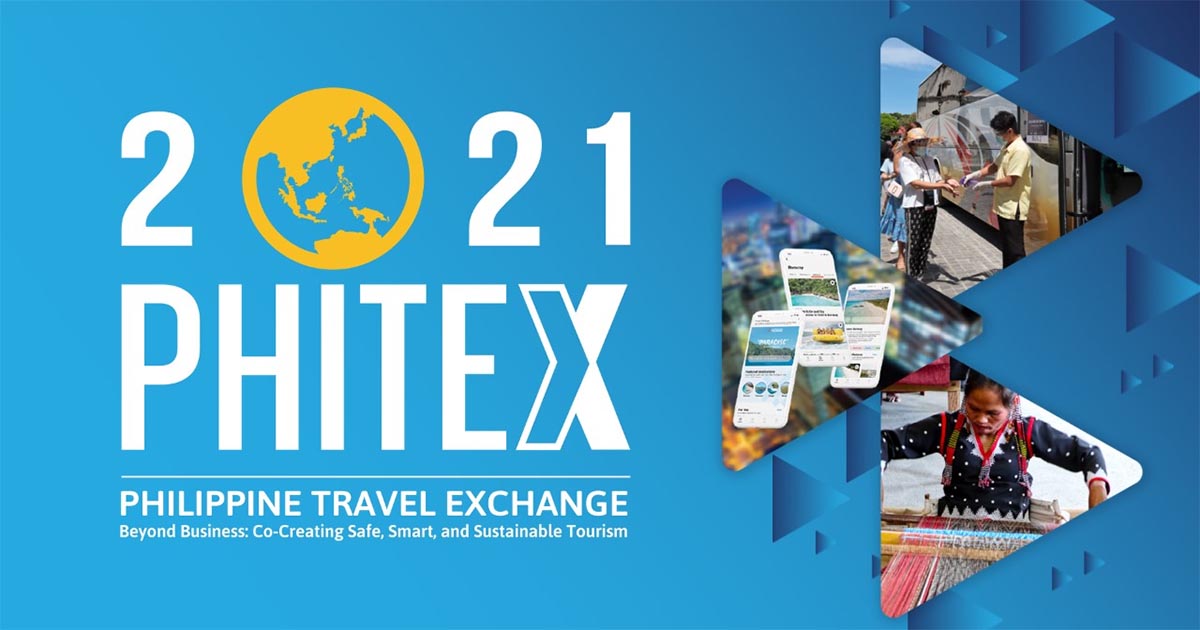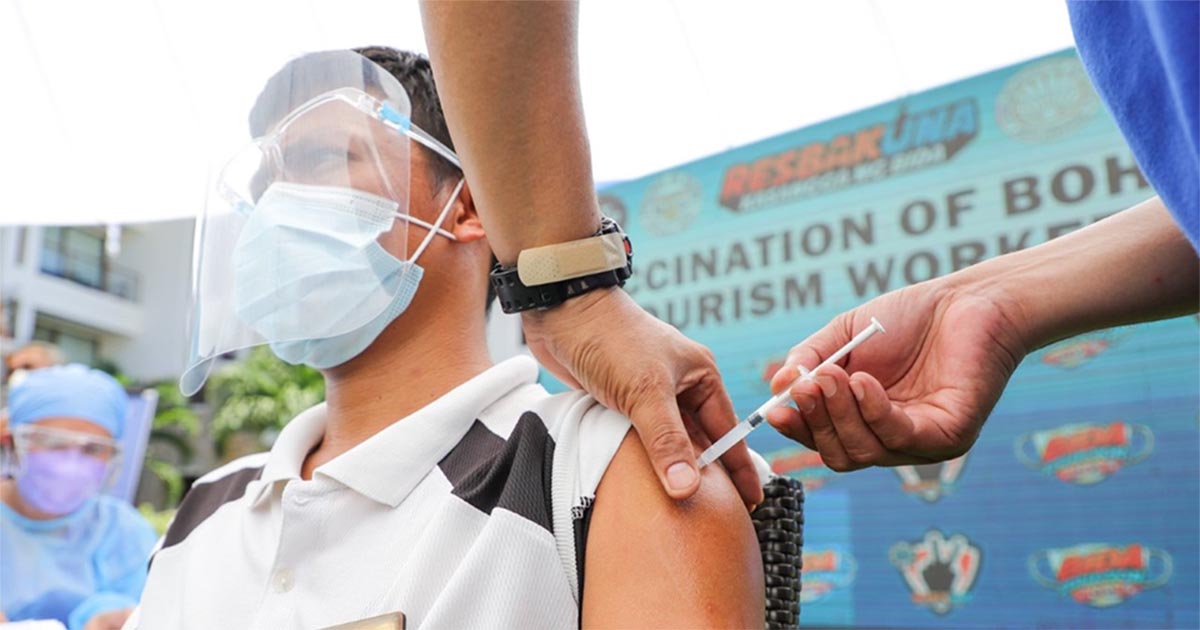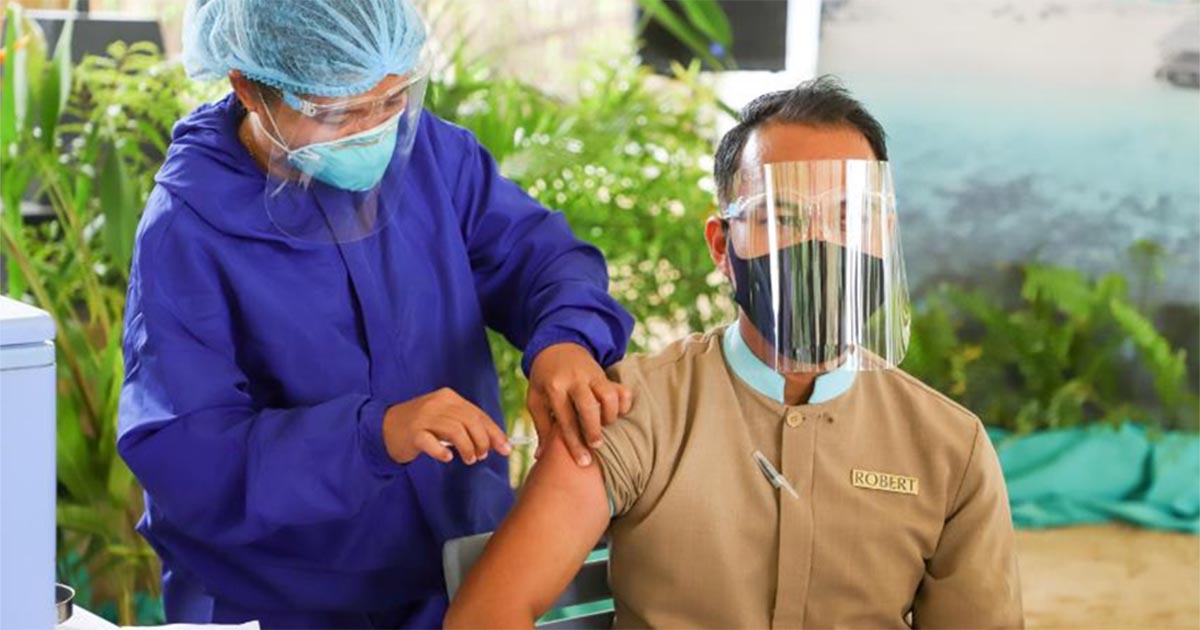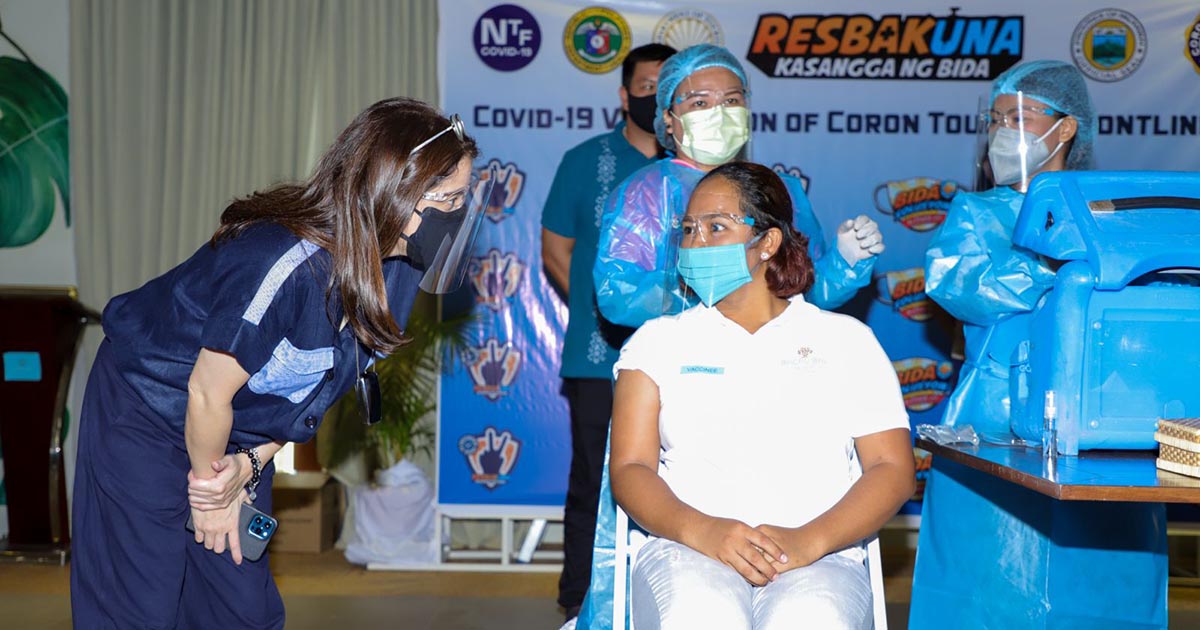News and Updates
Marcos push for Tourism Infra strengthens industry, raises PHL global position – DOT Chief

Tourism Secretary Christina Garcia Frasco on Thursday (July 14) welcomed the recent pronouncement of President Ferdinand R. Marcos Jr. on the need to improve tourism infrastructure and introduce proactive policies to boost the country’s tourism industry.
During the Cabinet Meeting held Tuesday (July 12) at the Malacañan, President Marcos Jr. said that local tourism-related infrastructure must be at par with top tourist destinations such as Singapore.
“We just have to support the plan to develop all of these enabling environments—the policy, conditions, and infrastructure,” President Marcos Jr. said during the meeting.
Thanking the President for making the tourism sector a priority under his administration, Frasco expressed the DOT’s commitment to the full development of the enabling environment—the policies, conditions, and infrastructure—that will further boost the revitalization of the tourism industry.
“Certainly, to benchmark their policies in this regard would be the direction that we would take per your instructions,” Frasco told the President.
“Many measures could be improved as far as policy regulations, both on the national and local level, and proper coordination to be able to focus on the overall tourist experience from the time that he arrives to the point of entry to the time that he gets to his point of destination,” she added.
Targets and objectives
Marking her second week as DOT Secretary, Frasco laid down the targets and objectives of the Department in keeping with the President’s earlier directive to revitalize the tourism industry and transform it into a major pillar for economic growth in the Philippines.
The specific objectives of the DOT include the following: the improvement of tourism infrastructure and accessibility; a cohesive and comprehensive digitalization and connectivity; enhancement of the overall tourist experience; equalization of tourism product development and promotion; diversification of portfolio through multi-dimensional tourism; maximization of domestic tourism; and strengthening tourism governance through close coordination with LGUs and stakeholders.
She stressed on the need to anchor these objectives on three focus points taking into consideration the Philippines’ current ranking of 6th in Southeast Asia in terms of tourist arrivals and preference vis-a-vis leaders such as Thailand, Malaysia, and Singapore, and recognizing the country’s potential to improve its rankings considering the quality of its offerings in terms of natural resources.
“These three focus points which take into consideration the perspective of a traveler are connectivity, convenience, and E(quality),” Secretary Frasco said.
Connectivity
According to the tourism chief, per the President’s direction, the DOT shall work towards improving connectivity of tourist destinations through convergence with tourism-enhancing government agencies such as the Department of Public Works and Highways (DPWH) for infrastructure, and Department of Transportation (DOTr) for transportation.
Further, efforts will be made towards tourism clustering or establishment of Regional tourism circuits for there to be more tourist offerings connecting bigger provinces and more well-known destinations to smaller islands.
Also, attention will be given to improving end-to-end transportation by land, sea, and air from arrival to departure, reducing as much as possible the number of legs a tourist has to take to arrive at his destination, and reviewing the availability and affordability of these routes.
“While it’s true that we do have available international airports at certain gateways across the Philippines, the reality is that many of these airports are simply not yet of the global standard that would put us at par with our direct competitors in the ASEAN member nations. Second, there’s also a need to revisit the capacity of these airports as that will greatly determine whether or not there would be an addition of direct flights to our tourist destinations. And finally, the availability of seaports and so there is also a necessity to identify and study which particular tier one and tier two tourism destinations are still in need of ports of entry or need of improvement as far as ports of entry is concerned”, the DOT chief explained.
Convenience
The convenience of the traveler, according to Frasco, is of utmost priority to the Department especially as President Marcos deems this an essential component of travel to the country. Efforts will be made towards pushing for uniformity of protocols through inter-agency collaboration with national agencies such as Bureau of Immigration (BI), Department of Health (DOH), Department of the Interior and Local Government (DILG), as well as Local Government Units (LGUs), to name a few.
The Department will also work on the enhancement of tourist experience through the establishment of tourist service centers and rest areas across the Regions.
The DOT chief also hailed President Marcos’ desire to improve healthcare facilities particularly in key tourist destinations across the country, noting that “this can be done in coordination with LGUs as well as private hospitals providers to ensure availability of high quality emergency and tertiary care when needed”.
E (Quality)
With the President’s desire to spread economic opportunities to LGUs across the country, the tourism chief emphasized the importance of enhancing E (Quality) with focus on the equalization of overall tourism product development and promotion across the Regions, and encompassing tourism standards, accreditation, and inclusive development.
The Department, Frasco said aims to accomplish this through the Diversification of the country’s portfolio through multi-dimensional tourism harnessing the country’s potential in Nature-based tourism, Meetings, Incentives, Conferences, and Exhibitions (MICE), heritage and culture, food tourism, health wellness and retirement, and the arts, noting the necessity as well to benchmark already successful tourism programs in various LGUs and in neighboring countries.
“There is no question as to the richness of our heritage and the vastness of our culture, but, there is definitely still a need for national government assistance to local govt assistance as far as technical expertise on how we can harness these aspects of our country so we can package it in a manner that is at par with the finest that is being offered by other countries, and make our offerings in our country characteristically Filipino,” Frasco explained.
Meanwhile, Frasco echoed President Marcos, Jr.’s pronouncement that the country should bank on domestic tourism and explore this simultaneously with international tourism to yield better economic returns.
“From our experience in Cebu it was really domestic tourism that helped Cebu in its recovery from the ravages of the pandemic and typhoon Odette. The President’s recognition of the need to maximize domestic tourism simultaneously with International tourism would surely raise our regional and global standing because his vision is very clear on the elevation of all the elements constituting the Philippine tourism industry as a whole.”
The tourism chief announced that the DOT will facilitate cross province collaboration and the establishment of tourism circuits across the regions, conduct an extensive site and product mapping particularly on areas not yet given equal opportunity for attention and development.
Published:July 14, 2022




